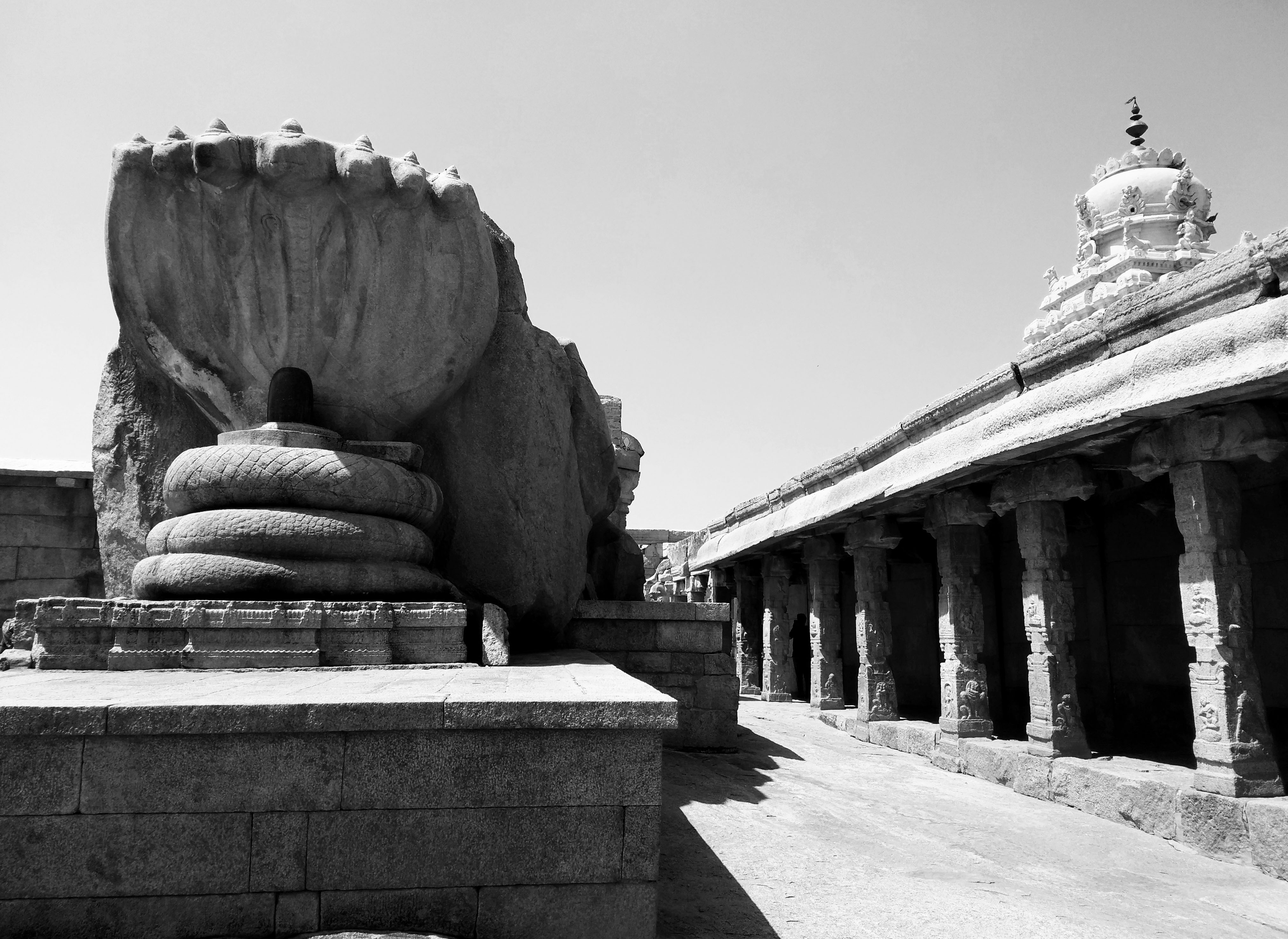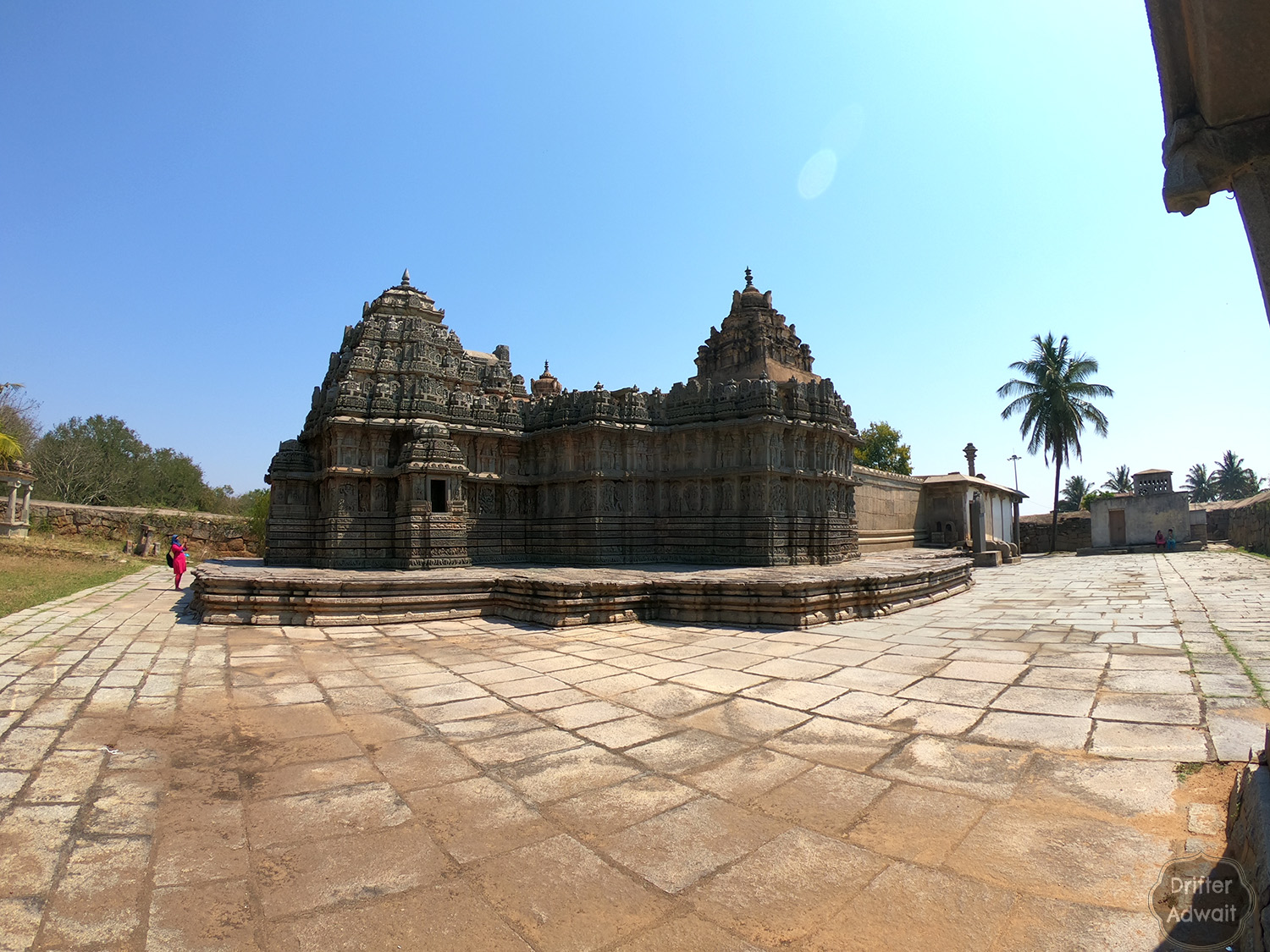The concept of the blog, ” Echoes of Ellora: A Journey Through Time,” revolves around the idea of capturing the transformation and evolution of Ellora Caves over time through a visual narrative. By combining before and after photographs, the blog aims to showcase the changes that have occurred at Ellora, providing readers with a unique perspective on the historical and architectural heritage of the site.
The purpose of the blog is multifold. Firstly, it aims to bridge the gap between the past and the present by juxtaposing early photographs and paintings of Ellora Caves from the 19th century with contemporary photographs taken from the same angles. This allows readers to witness the changes and developments that have taken place at Ellora over the years, offering a visual testament to the passage of time.
Secondly, the blog serves as a valuable documentation of Ellora’s architectural heritage and cultural significance. By presenting the photographs side by side, readers can observe the intricate details, artistic craftsmanship, and architectural styles of the caves, both then and now. This documentation highlights the importance of preserving and protecting Ellora’s unique cultural heritage for future generations.
Moreover, this seeks to evoke a sense of wonder, appreciation, and curiosity about Ellora Caves. By showcasing the beauty and magnificence of the caves through visually compelling images, readers are encouraged to explore the site further and deepen their understanding of its historical, religious, and artistic aspects.
Overall, ” Echoes of Ellora: A Journey Through Time” aims to be an engaging and informative visual experience, enabling readers to appreciate the timeless legacy of Ellora Caves, understand its transformation over time, and inspire a deeper connection with this remarkable UNESCO World Heritage Site.
Verul, that is Ellora
In 6th century, ancient sculptors gathered at one place and challenged each other, saying, “Let’s see who can create the most jaw-dropping masterpiece!” The result? A mind-boggling display of creativity and talent we know today as Ellora.
Nestled in the heart of India, this architectural marvel boasts a rich heritage that spans centuries. From a cultural perspective, Ellora Caves epitomizes the diverse tapestry of Indian culture. Its creation began in the 6th century CE, and over the course of several centuries, it became a melting pot where Buddhism, Hinduism, and Jainism coexisted in harmony. Each cave represents a unique artistic expression of these religious traditions, creating a vibrant mosaic of spiritual diversity.
Historically, Ellora Caves provide a window into the past, offering insights into the socio-religious dynamics of ancient India. They reflect the cultural exchange, interactions, and artistic influences between different religious communities. It’s like a time machine that takes you back to witness the mingling of ideas and the formation of a diverse cultural mosaic.
These caves showcase the intellectual and artistic brilliance that thrived in India during its heyday. They are a testament to the advanced engineering techniques, mathematical precision, and scientific knowledge possessed by our ancestors. It’s like saying, “Hey world, look at what we were capable of!”
Exploring the Ellora Caves becomes a patriotic adventure, akin to rediscovering the roots of Indian civilization. As visitors step foot into each cave, they are transported back in time to an era when India flourished as a center of knowledge, spirituality, and artistic expression. It’s a chance to connect with our ancient heritage and bask in the glory of our cultural achievements.
Additionally, visiting Ellora Caves serves as a reminder of the unity and coexistence of diverse religious traditions in ancient India. The cohabitation of Hindu, Buddhist, and Jain caves within the same complex reflects the spirit of inclusivity and religious harmony that India has historically embraced. It’s like waving a flag of tolerance and unity, proclaiming, “Look how diverse we are, yet we stand together!”
Prologue: Ellora Through Time
In the ancient annals of India, amidst the echoes of history and the symphony of cultural diversity, lies the magnificent treasure trove known as the Ellora Caves. These caves, hewn into the solid rocks of the Sahyadri Hills, emerged like a phoenix from the ashes of time, embodying the architectural brilliance and national pride of ancient India.
The early caves at Ellora, representing the Buddhist tradition, exhibit a serene beauty that can soothe even the grumpiest of historians. Then, like a multi-cultural party, the Hindu and Jain caves joined the celebration, bringing their own unique flavors to the architectural fiesta.
As the centuries rolled by, Ellora witnessed the rise and fall of empires, each leaving its mark on the caves like a badge of honor. The Satvahanas, the Rashtrakutas, and the Yadavas all contributed to the splendor of Ellora, competing to build the grandest cave and prove their supremacy in the ancient equivalent of an architectural bake-off.
But wait, there’s more! Ellora’s fame didn’t end with the fall of empires. It continued to captivate the hearts of explorers, scholars, and tourists, becoming a symbol of India’s rich heritage. Its intricate carvings, secret chambers, and hidden passageways kept archaeologists on their toes, much like a real-life Indiana Jones adventure, minus the snakes (we hope).
Today, Ellora Caves proudly stands as a national treasure, a testament to India’s glorious past and a beacon of artistic and cultural brilliance. It’s like a shining star on India’s historical resume, showcasing our ingenuity, craftsmanship, and the ability to turn rocks into jaw-dropping works of art. So, dear history enthusiasts and adventure seekers, put on your explorer hats, grab your cameras, and get ready to immerse yourselves in the wonderland of Ellora. Explore its caves, unravel its mysteries, and remember, no matter how serious history may seem, there’s always room for a little laughter along the way.
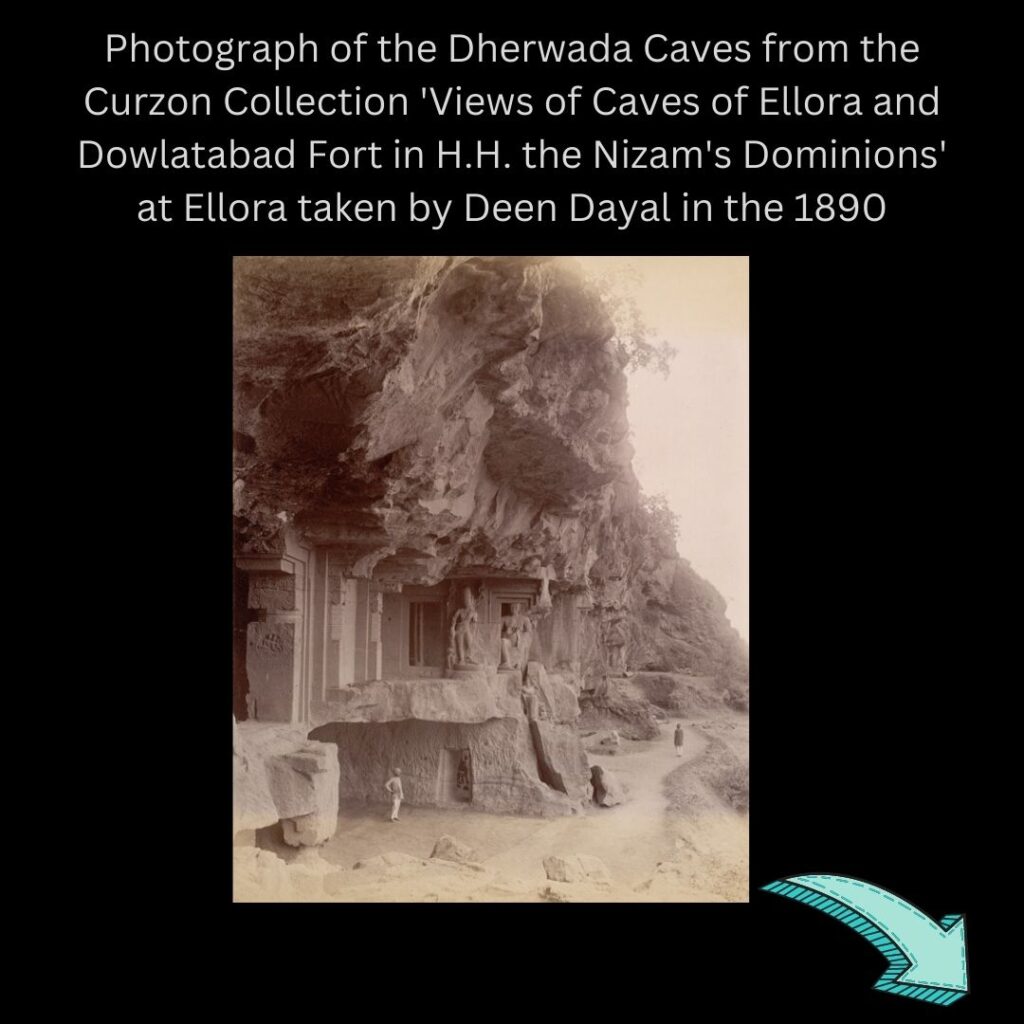



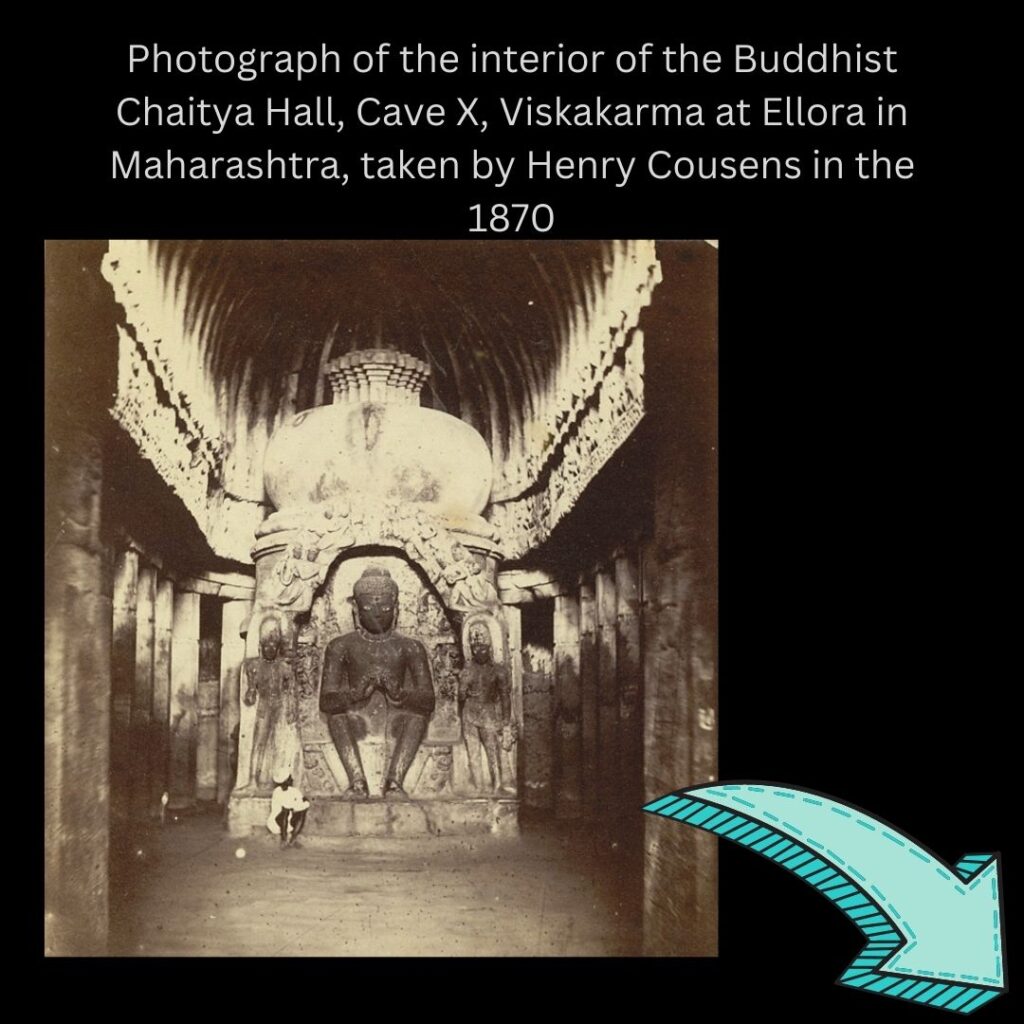
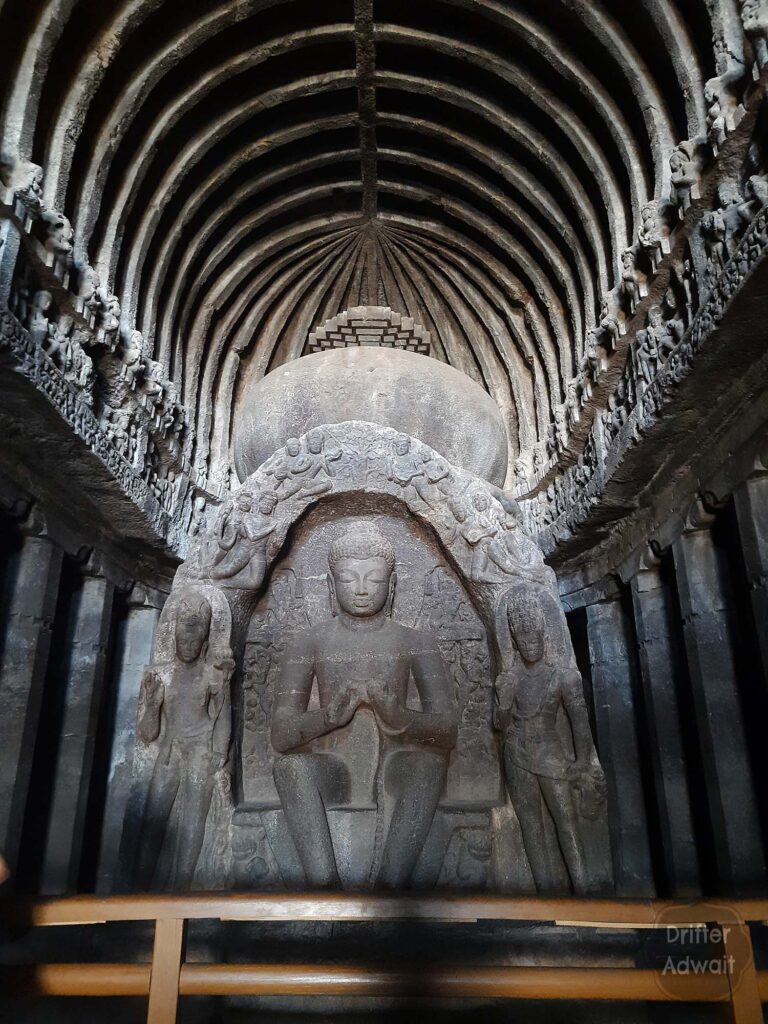
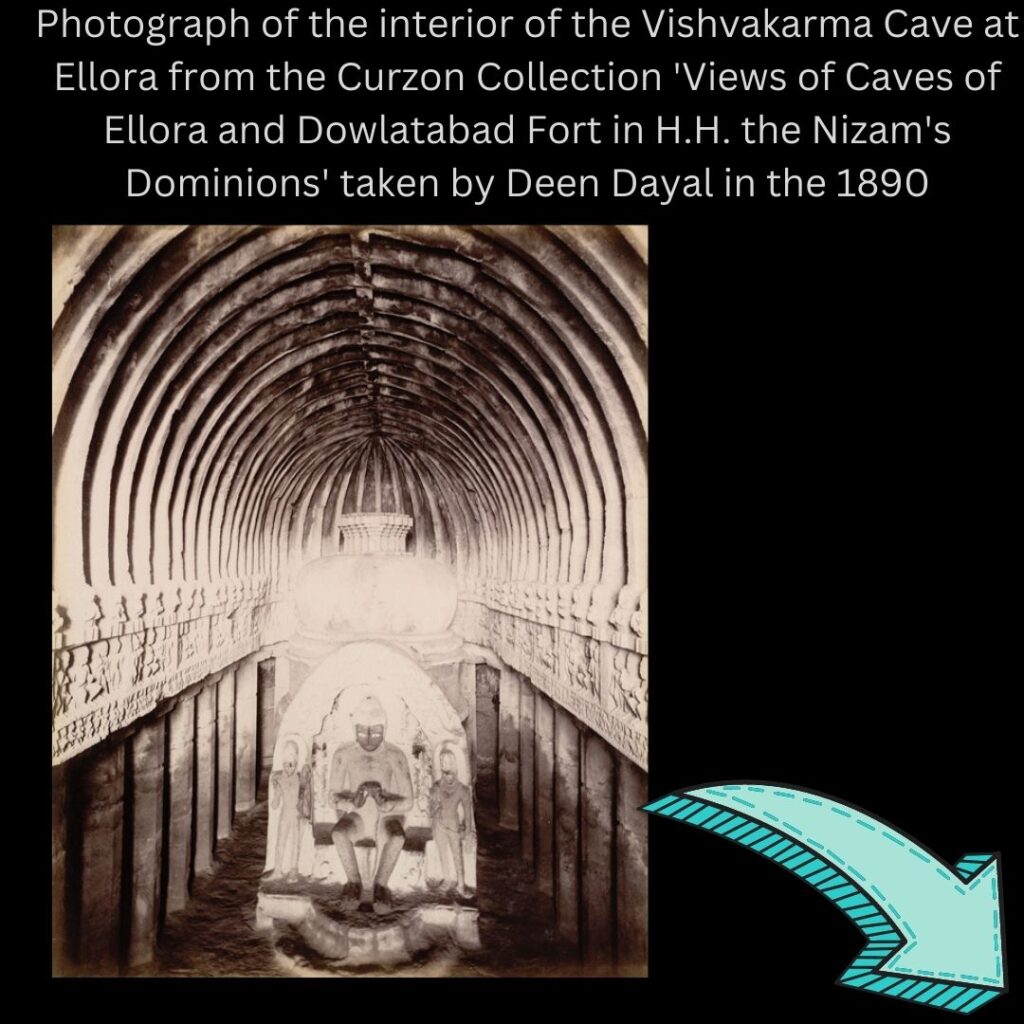
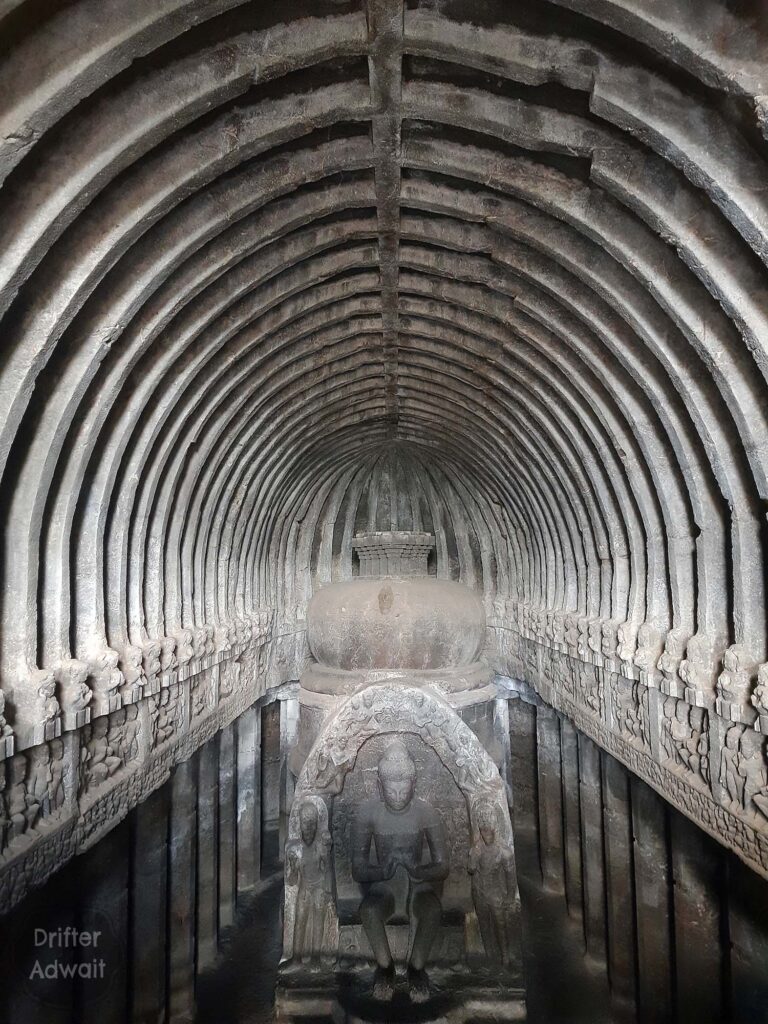
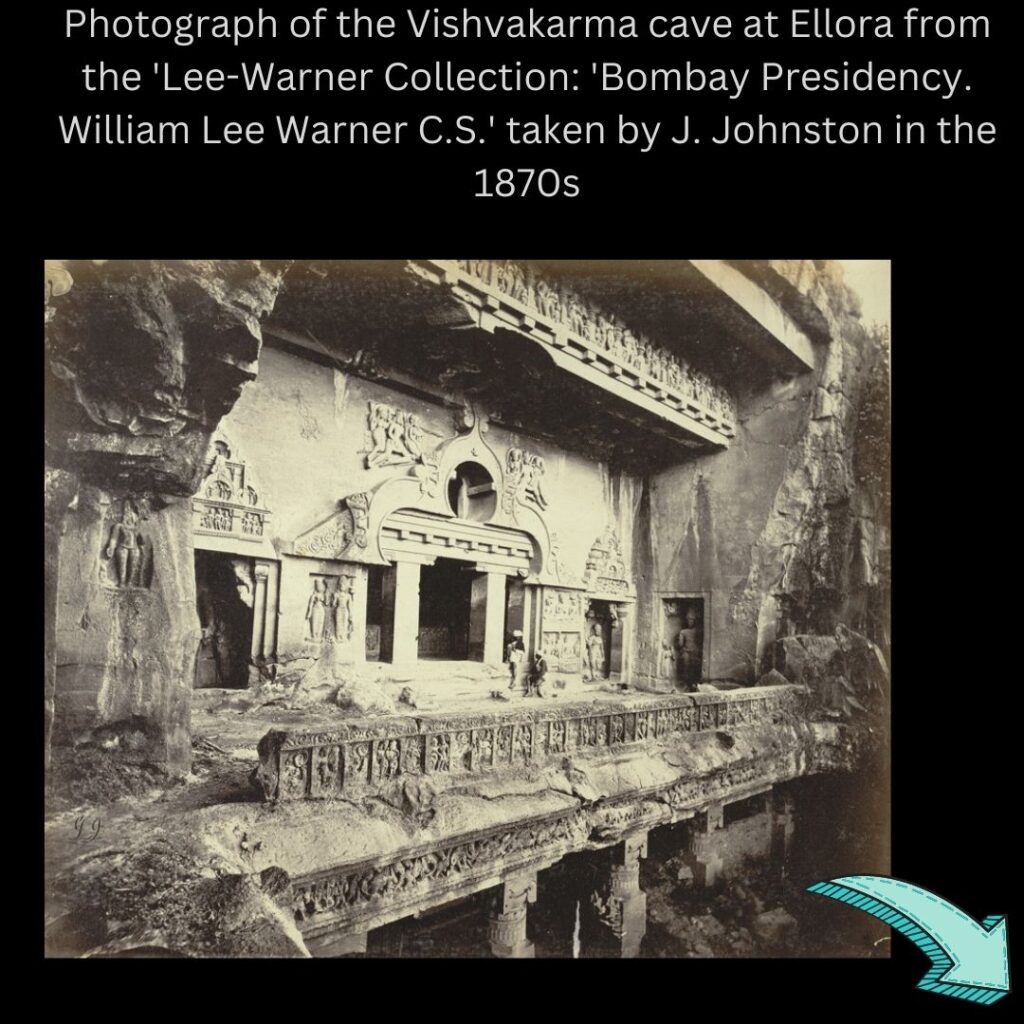
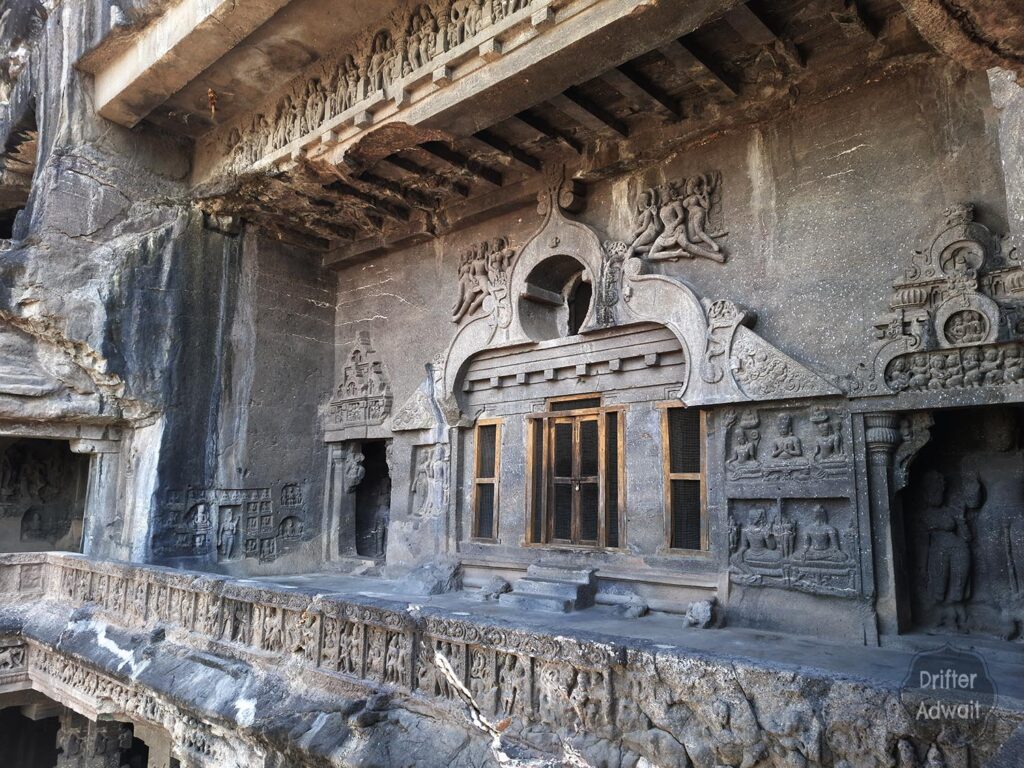
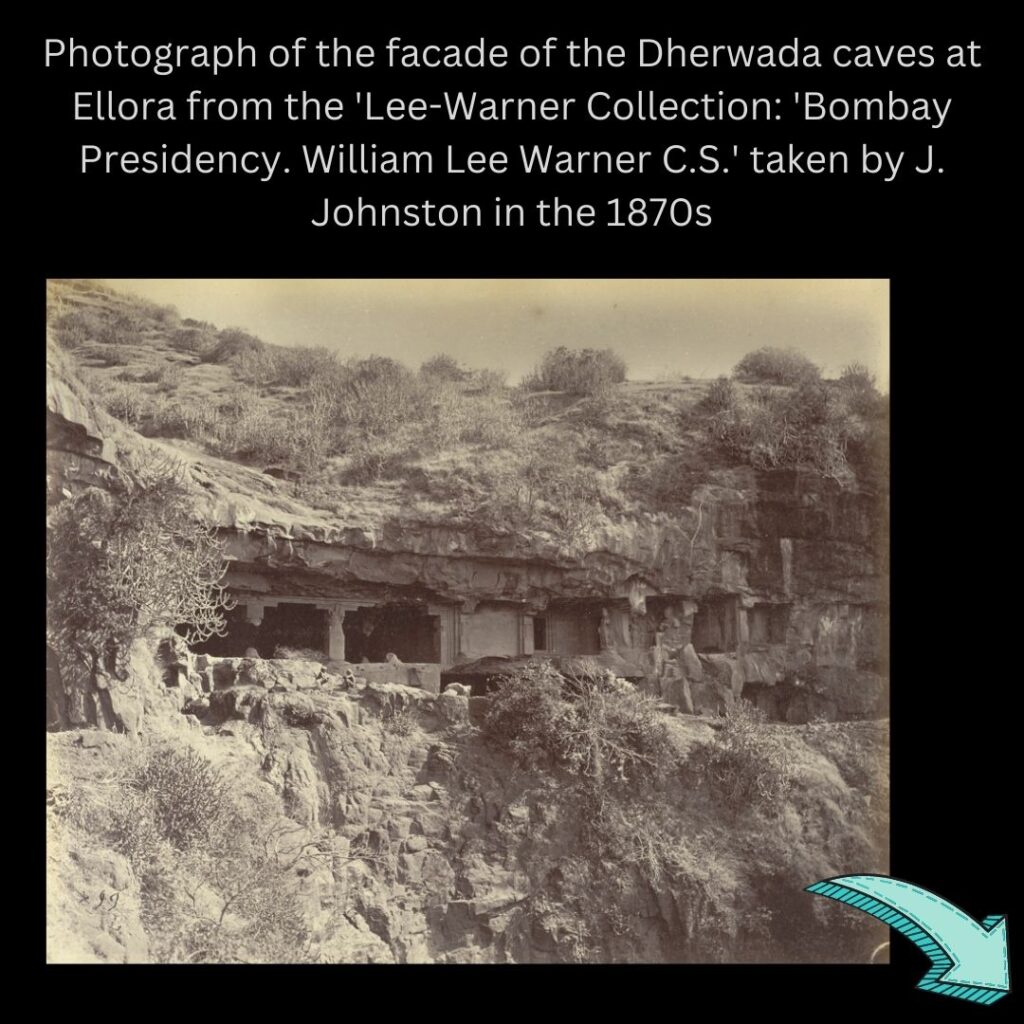
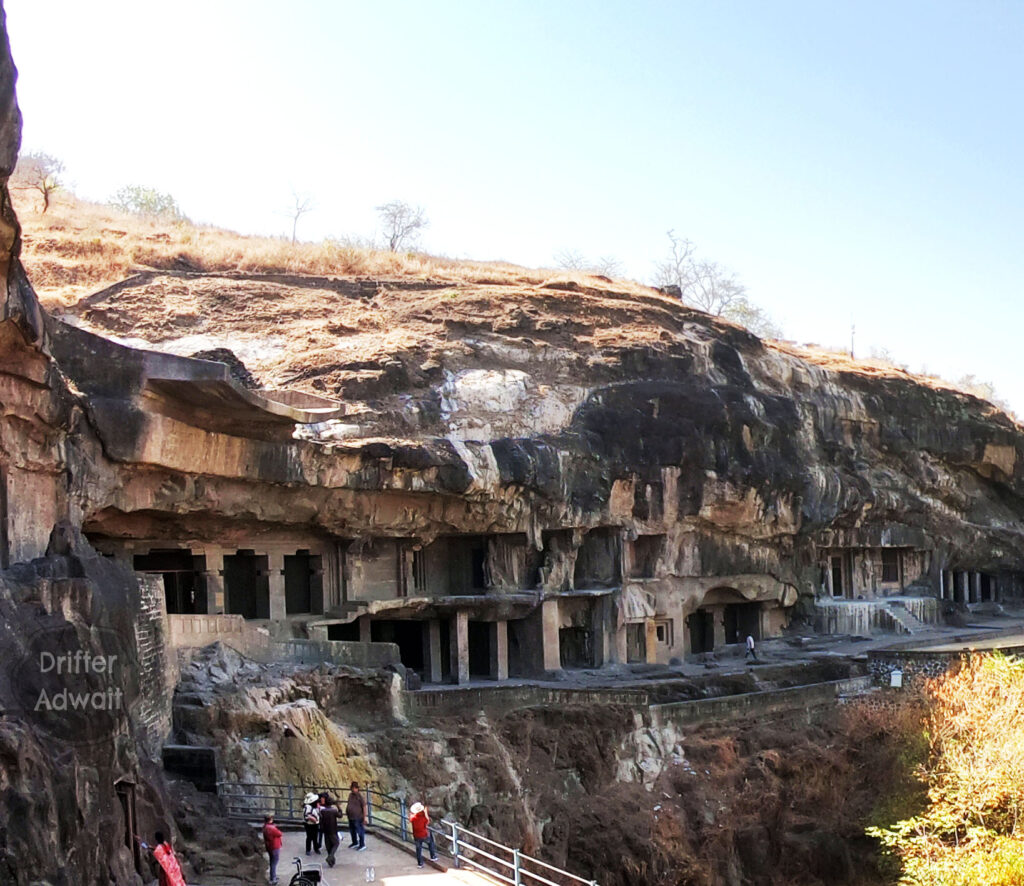
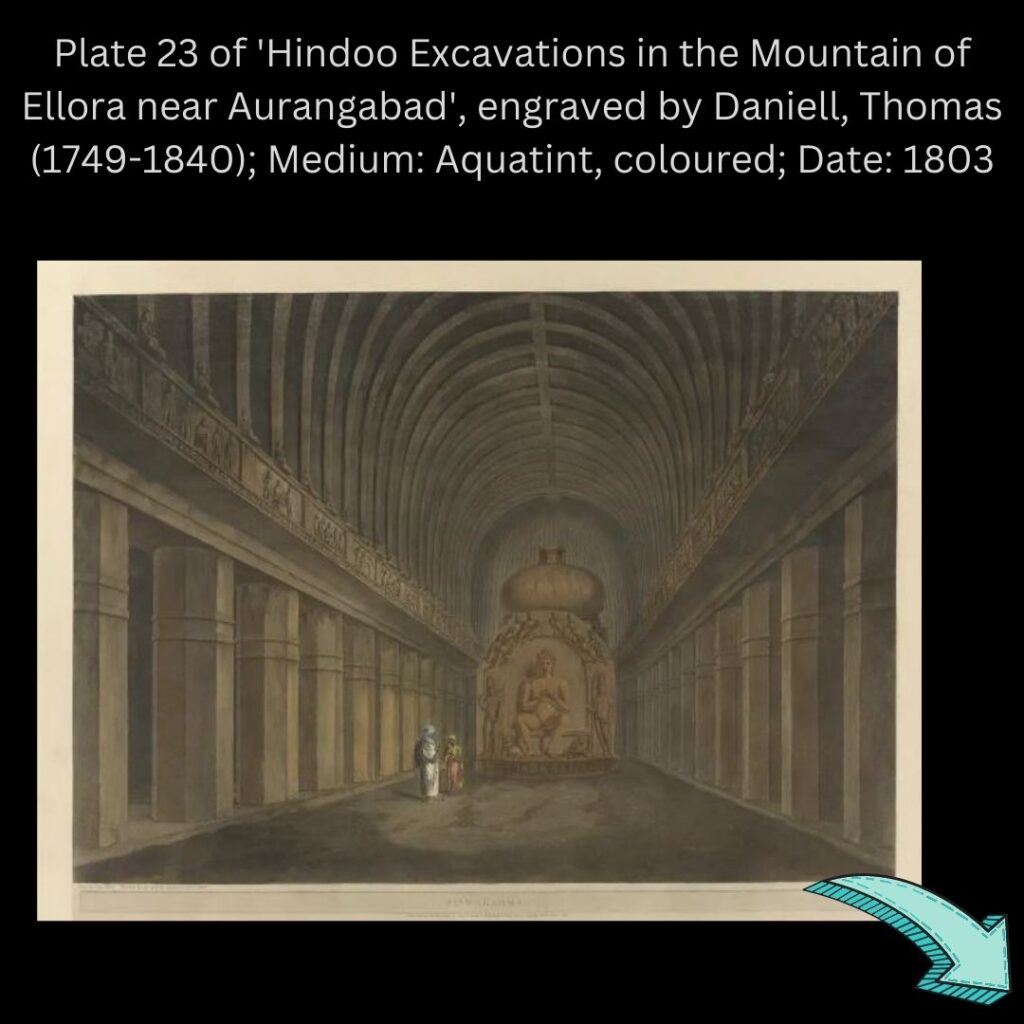
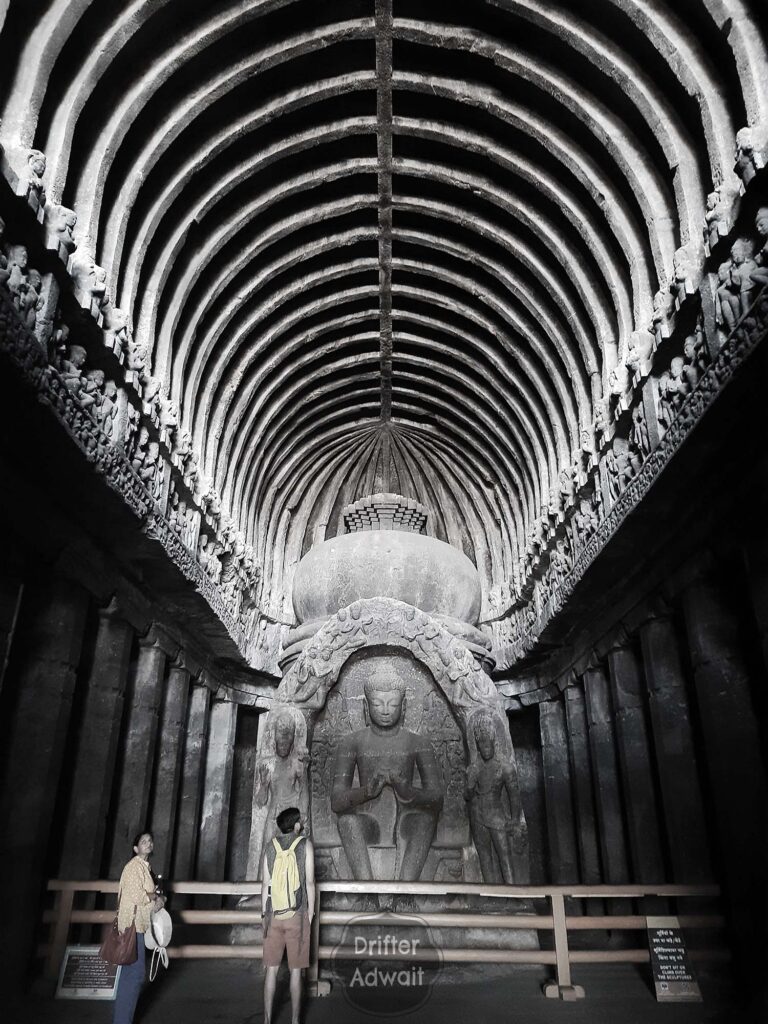
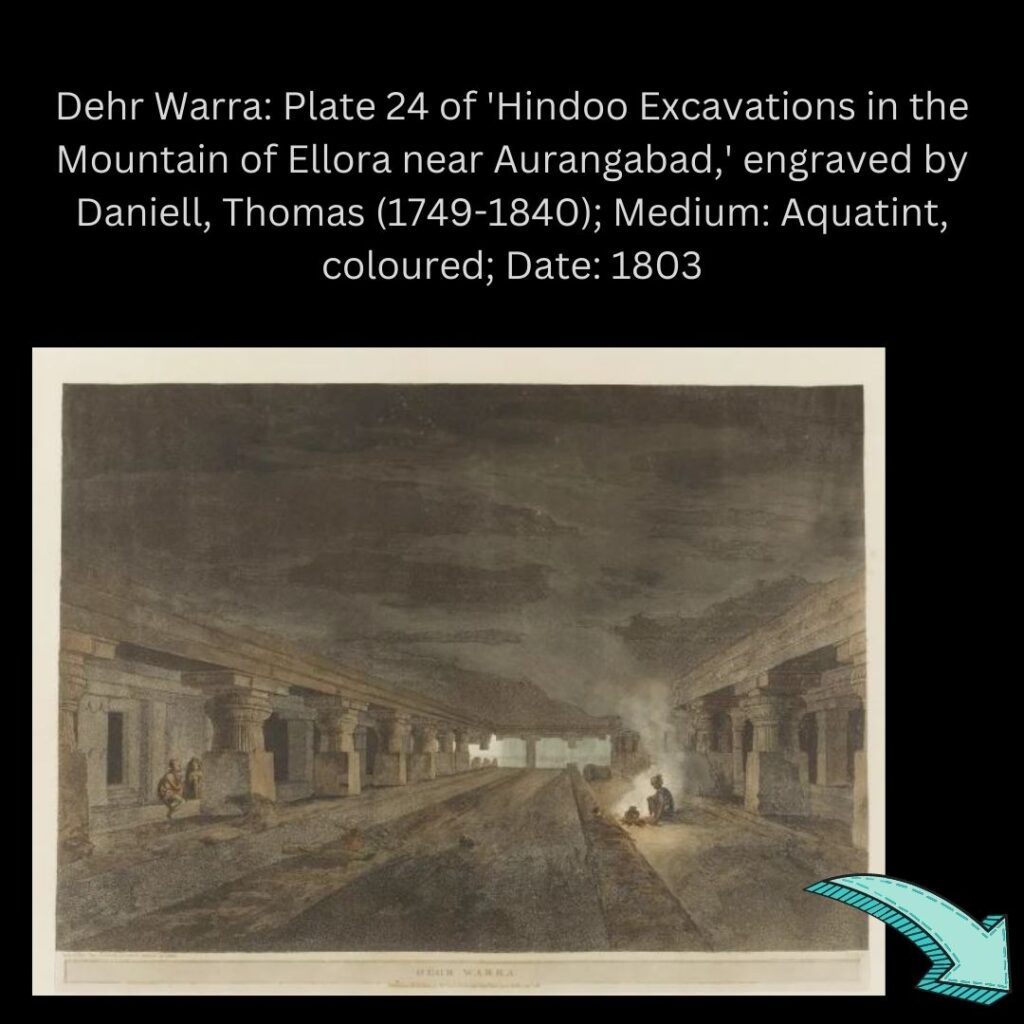
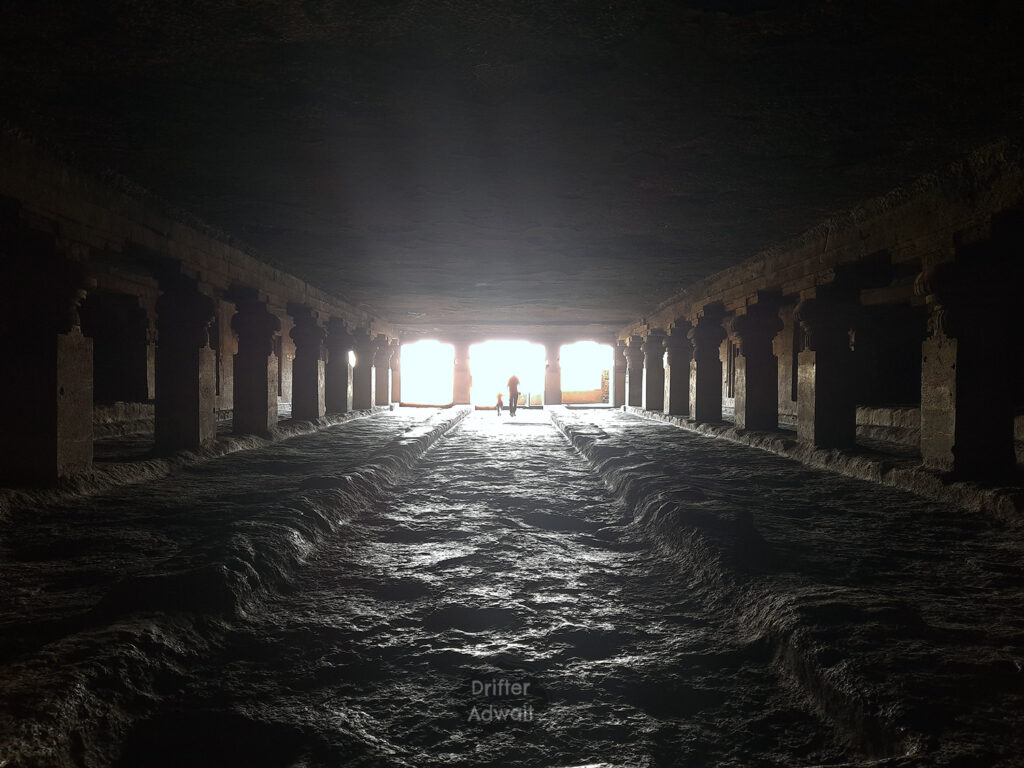

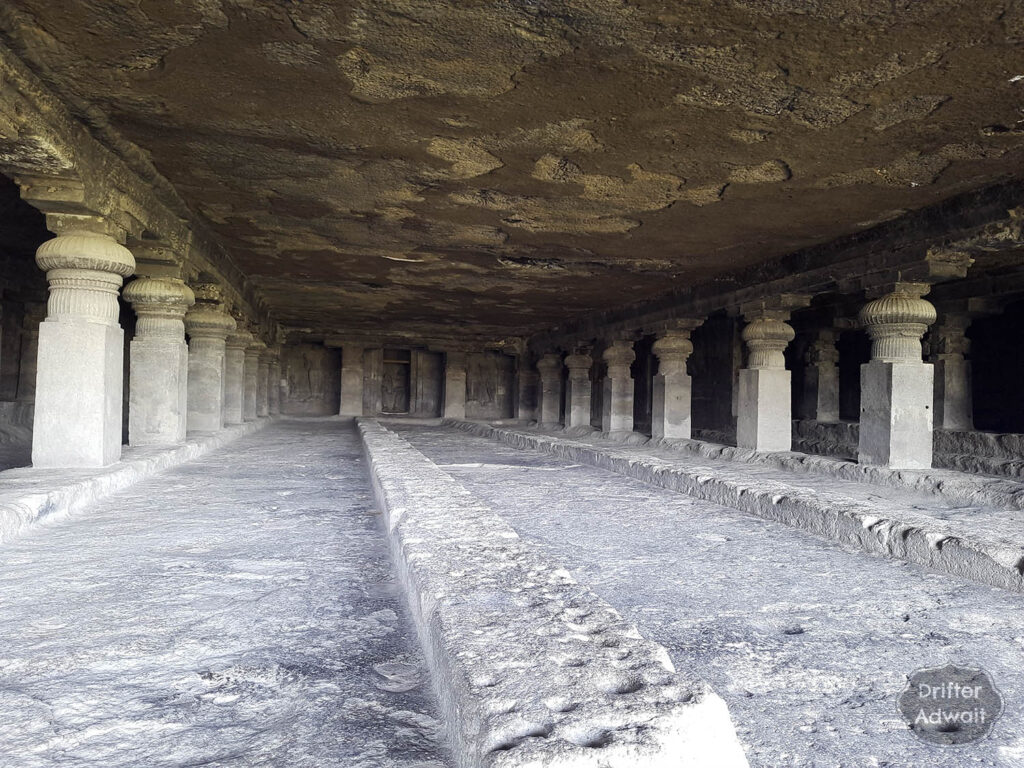

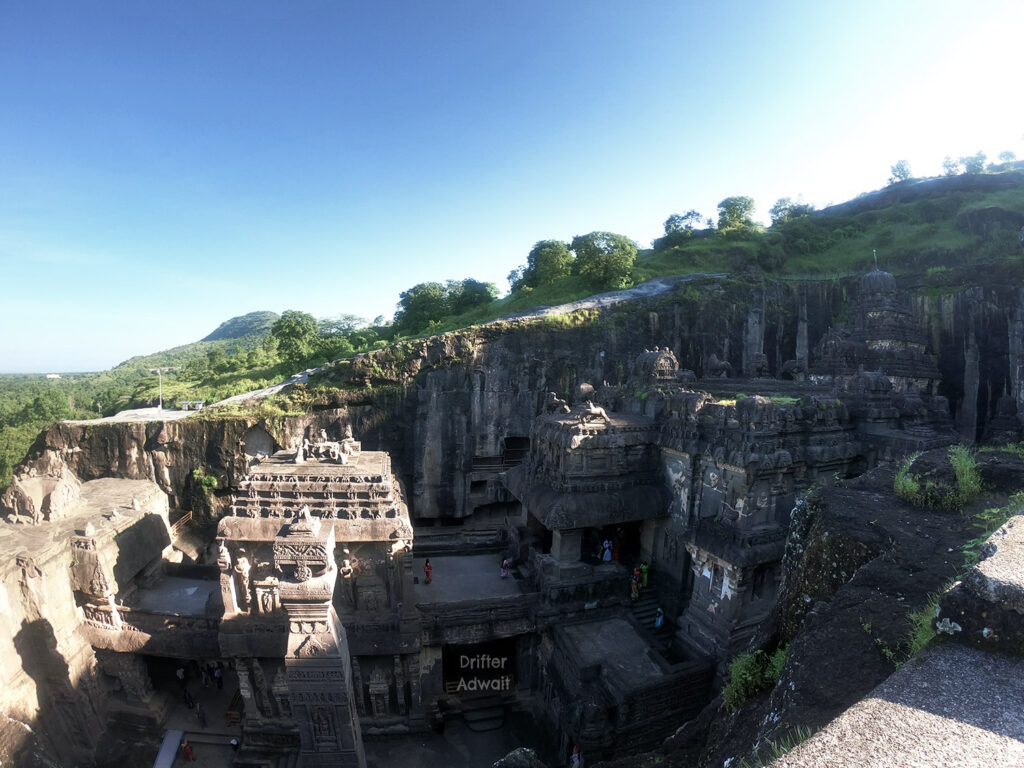

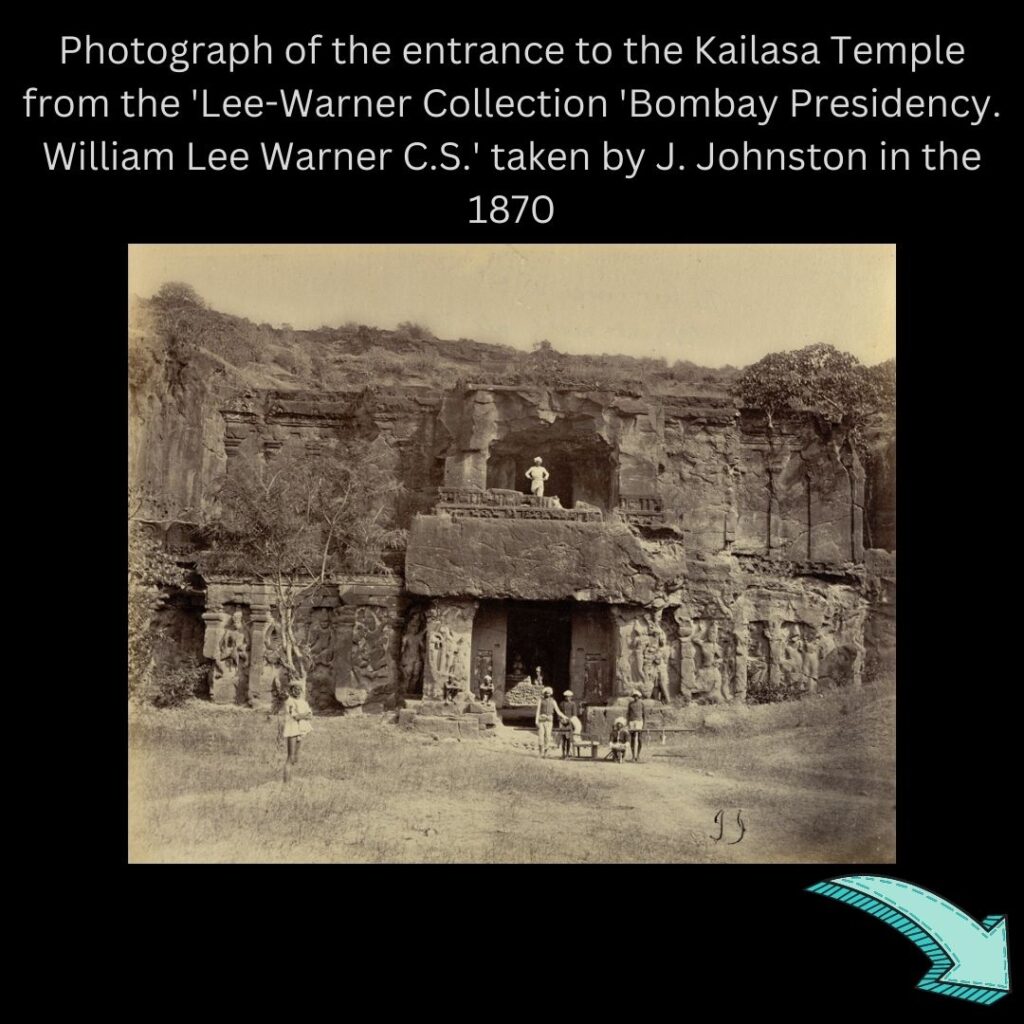

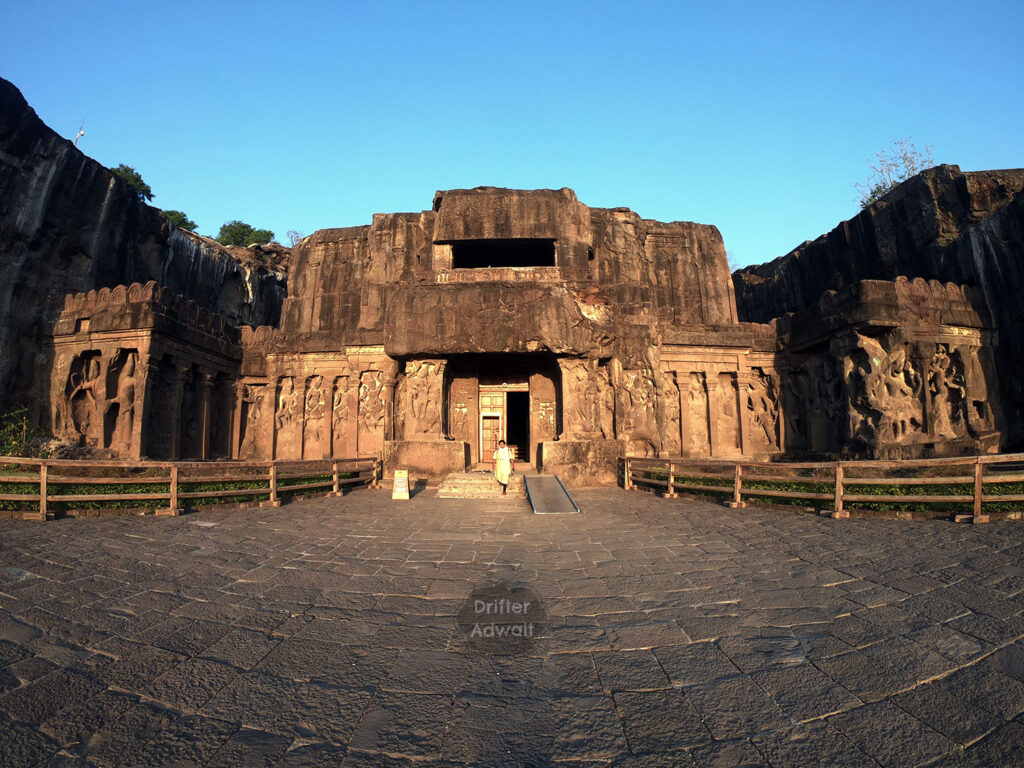

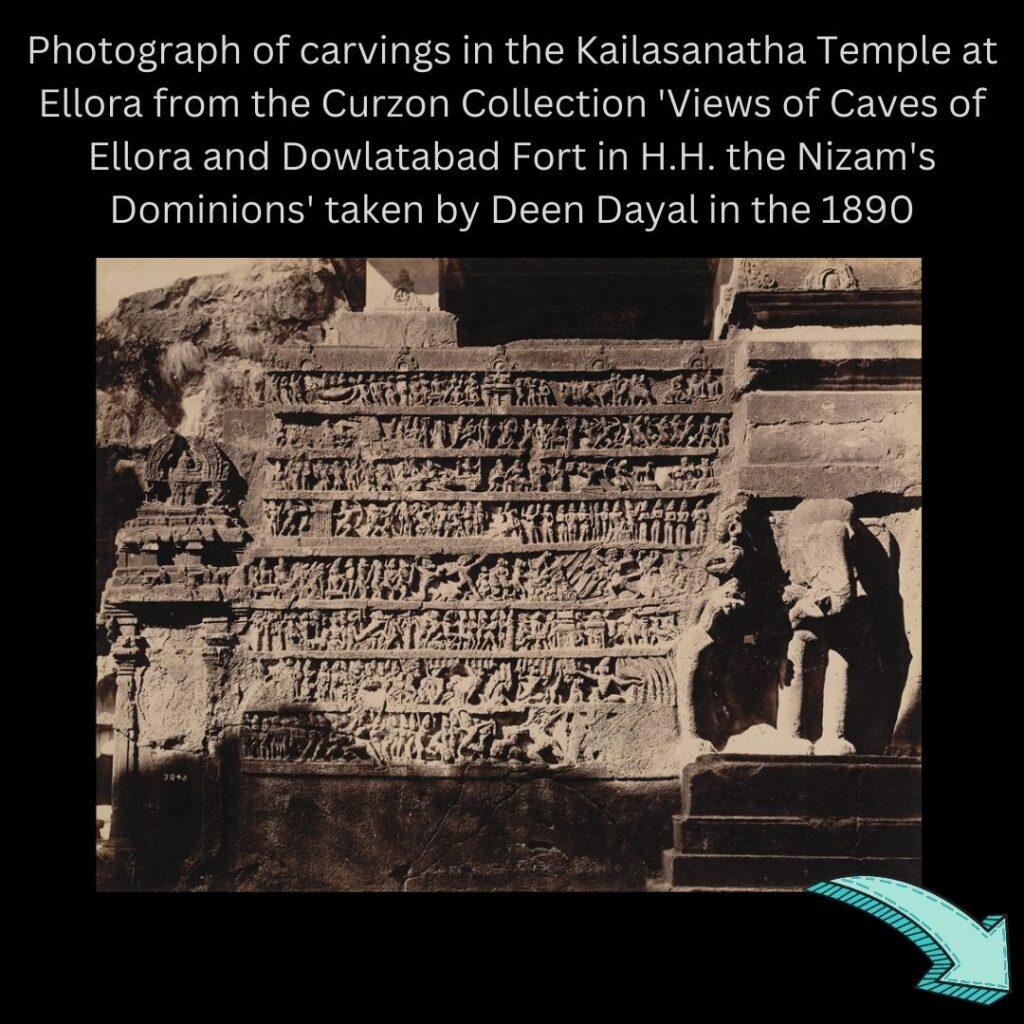
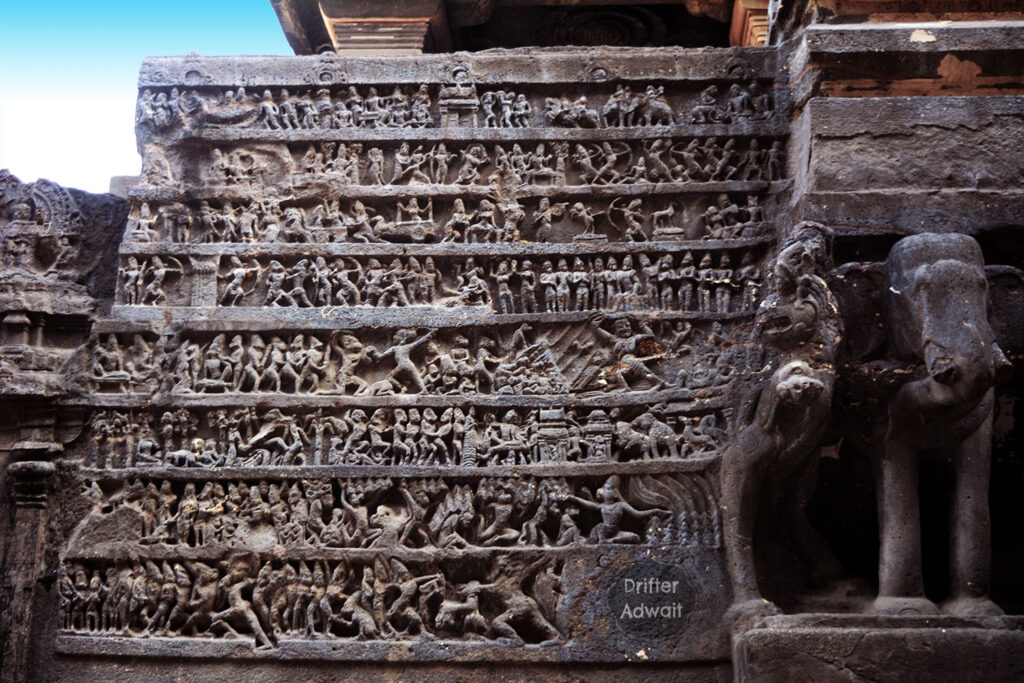



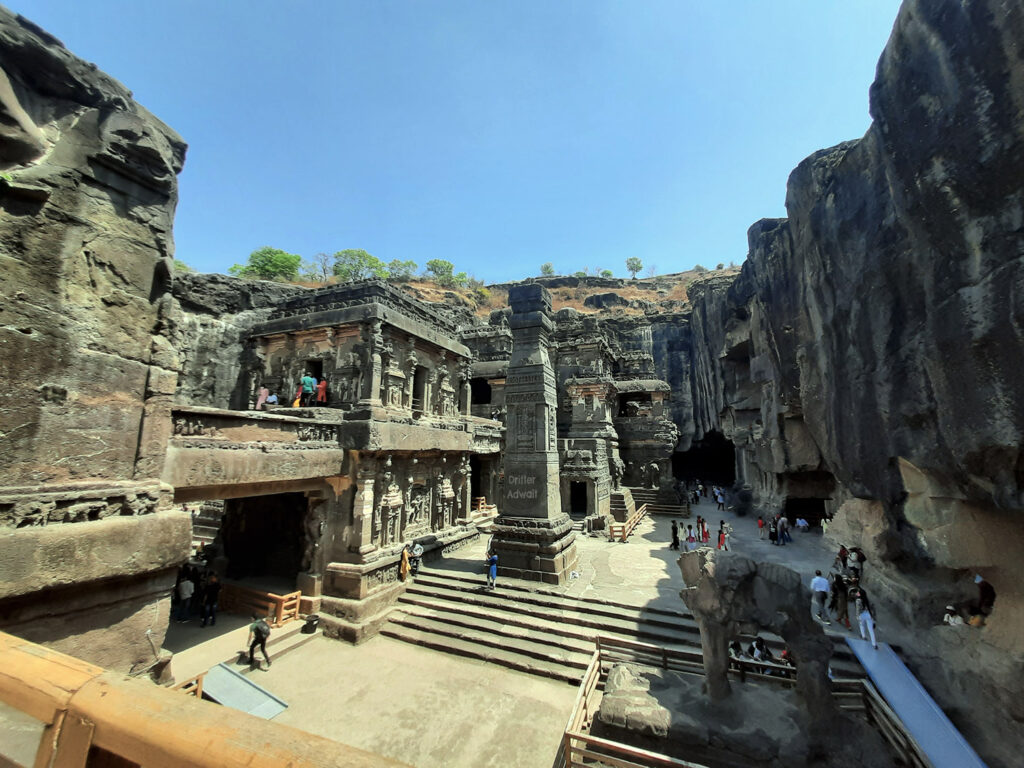
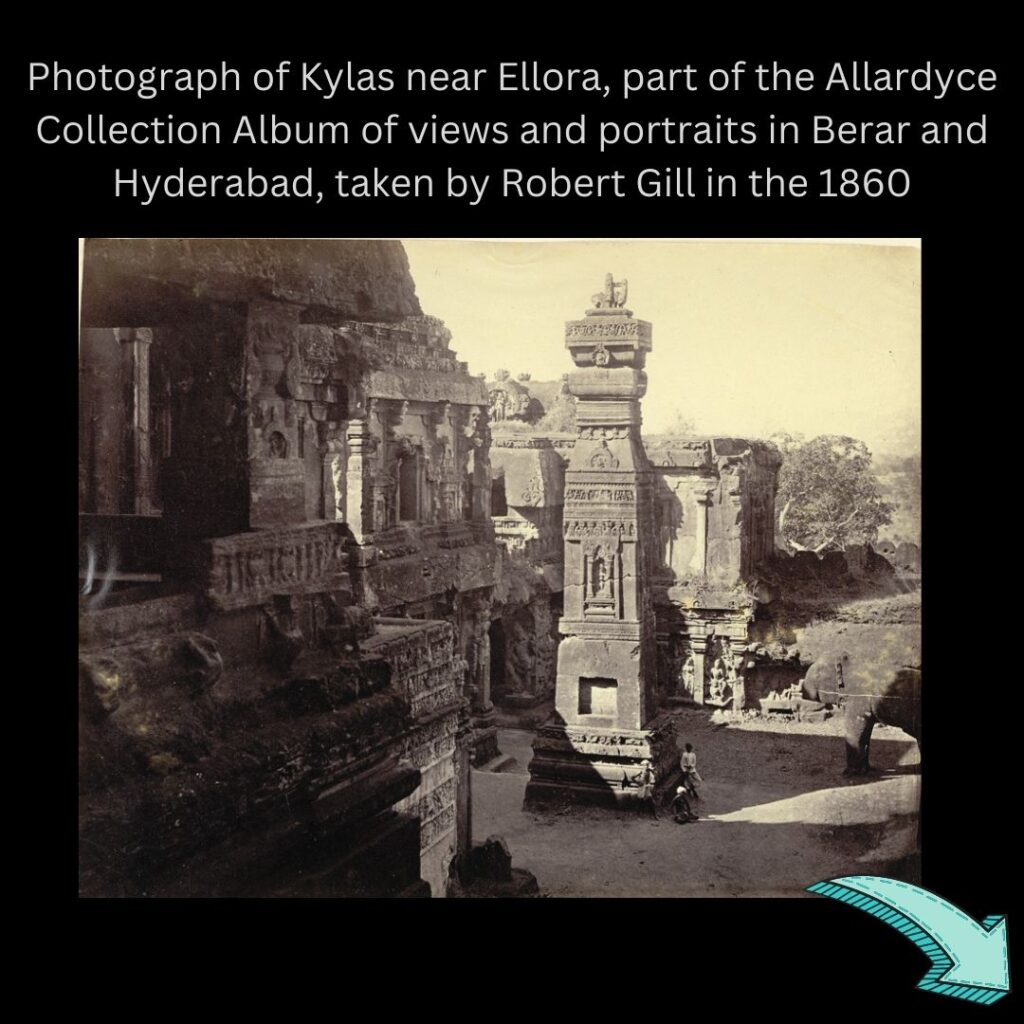
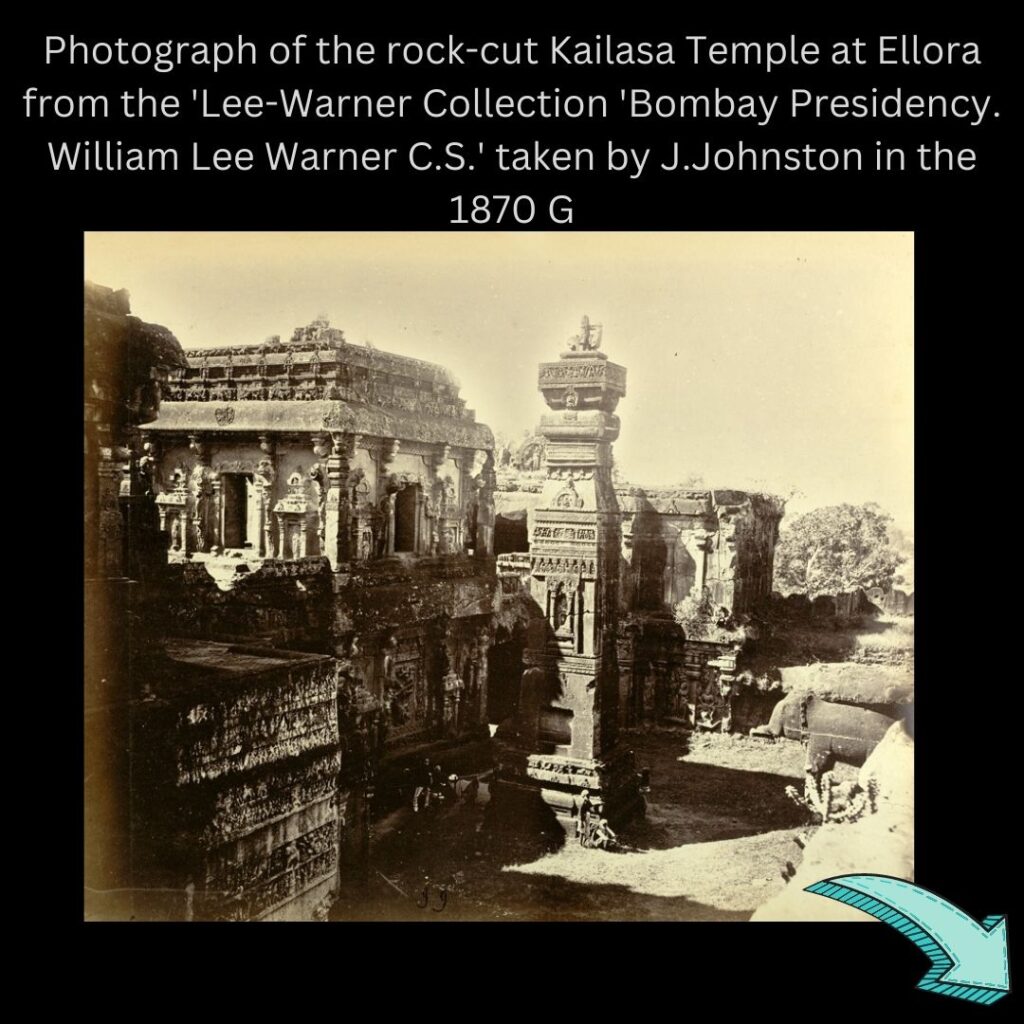


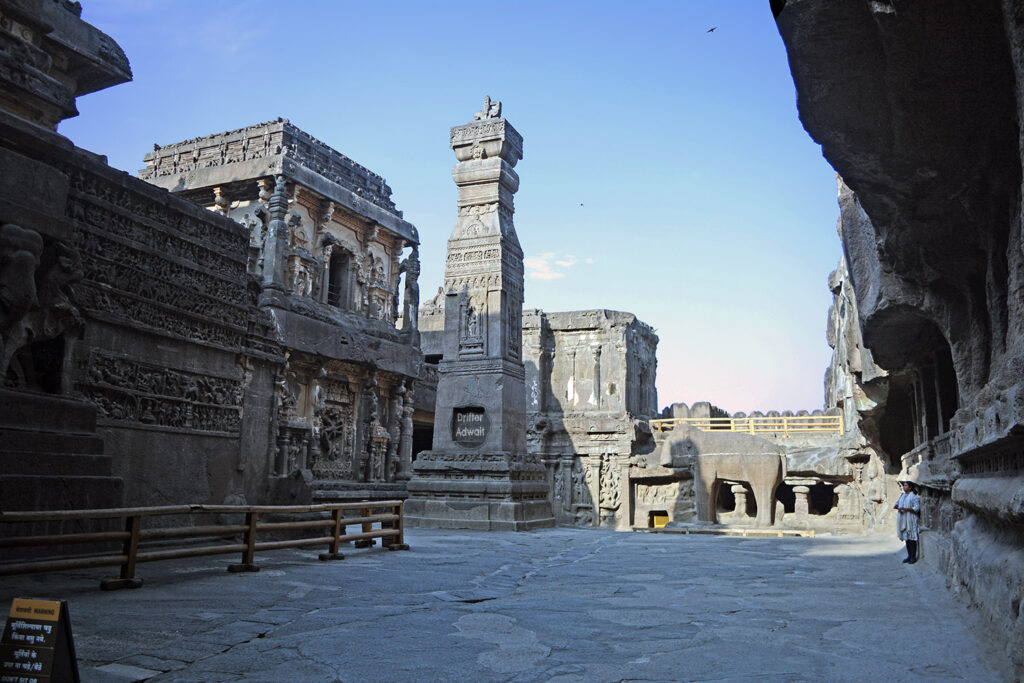
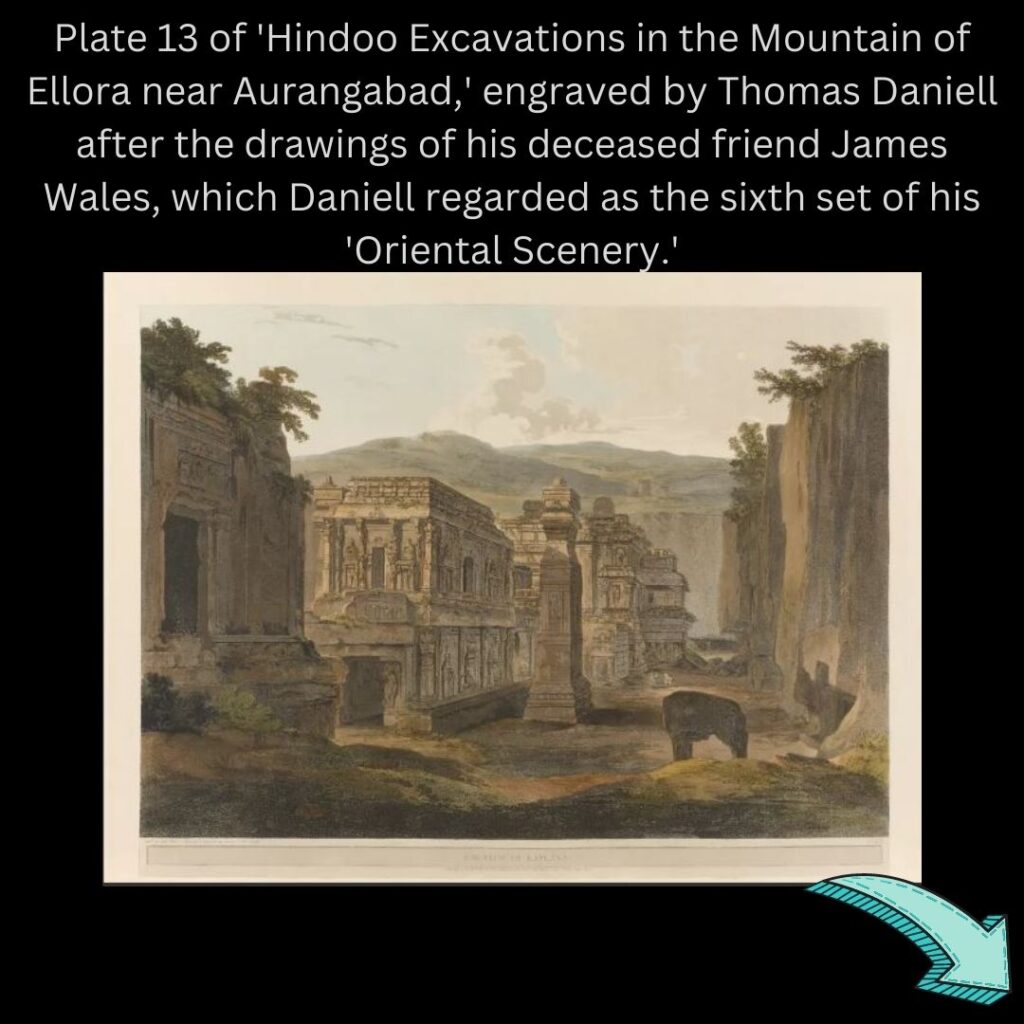

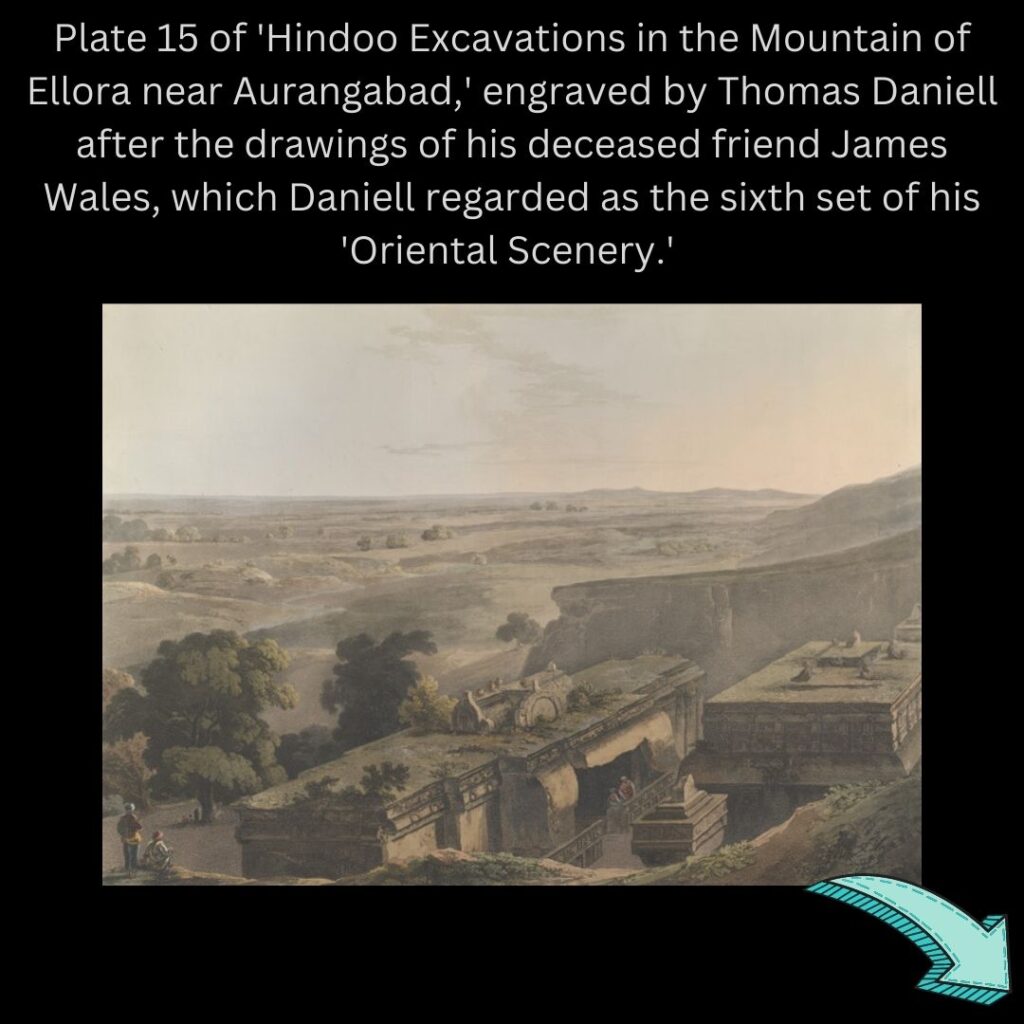
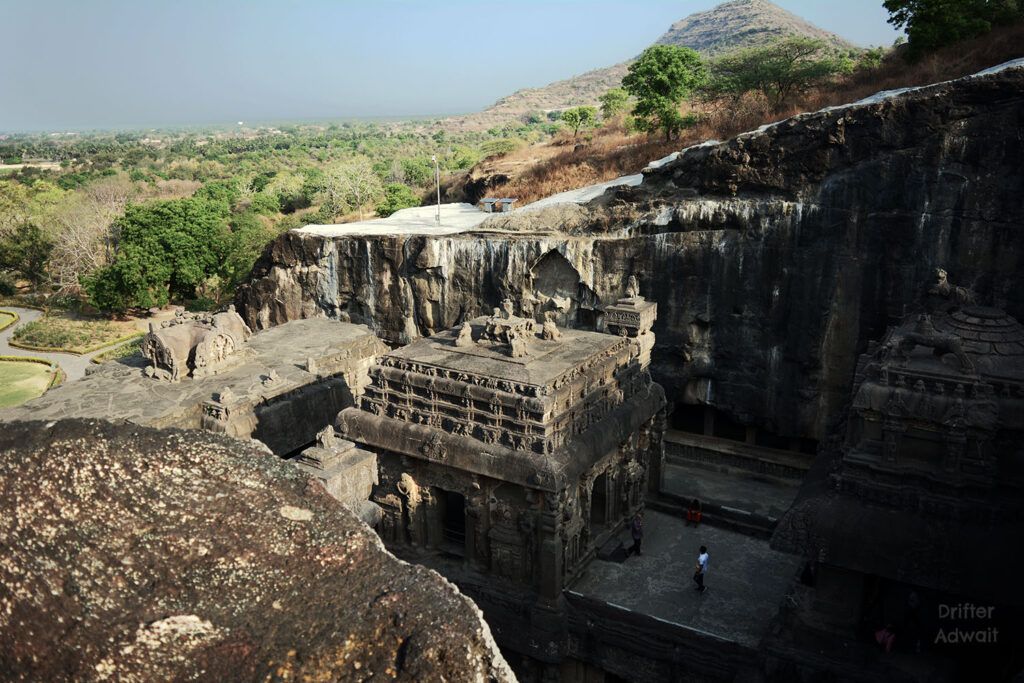
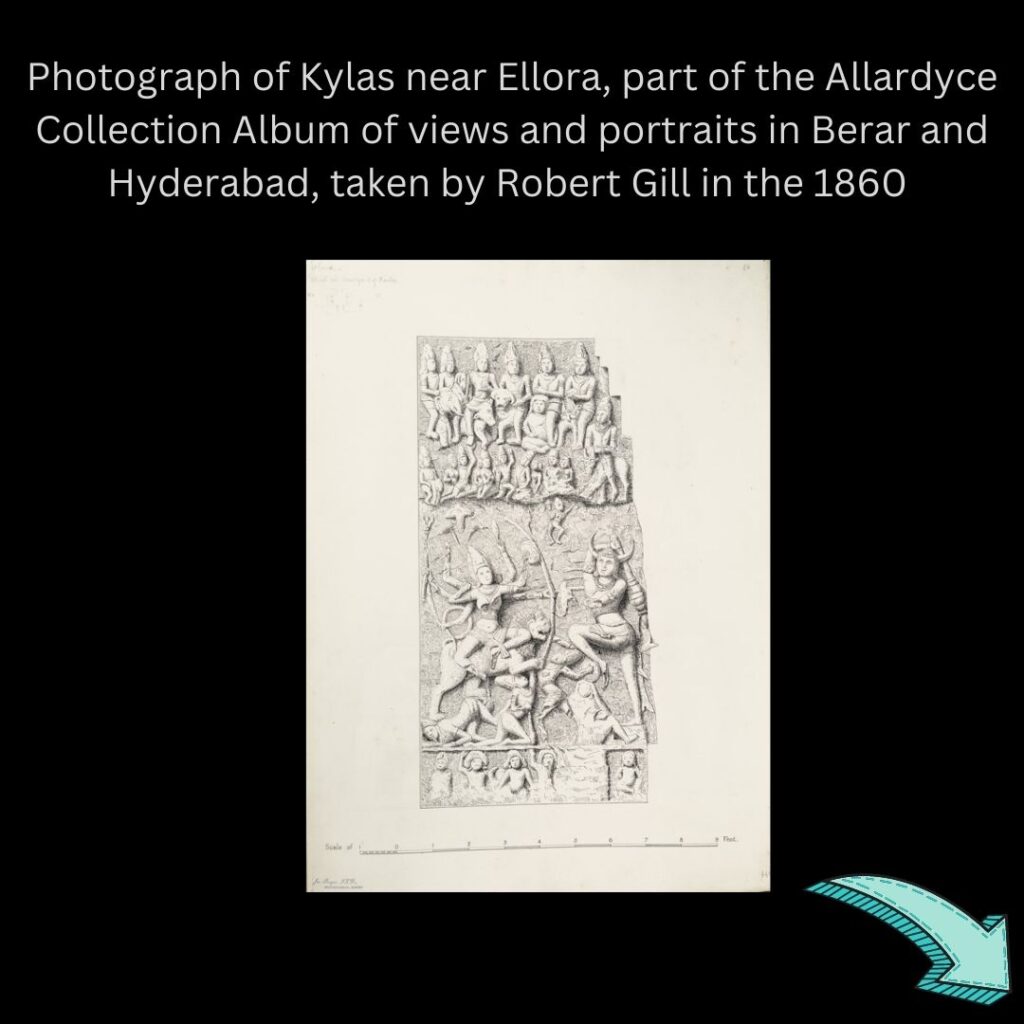
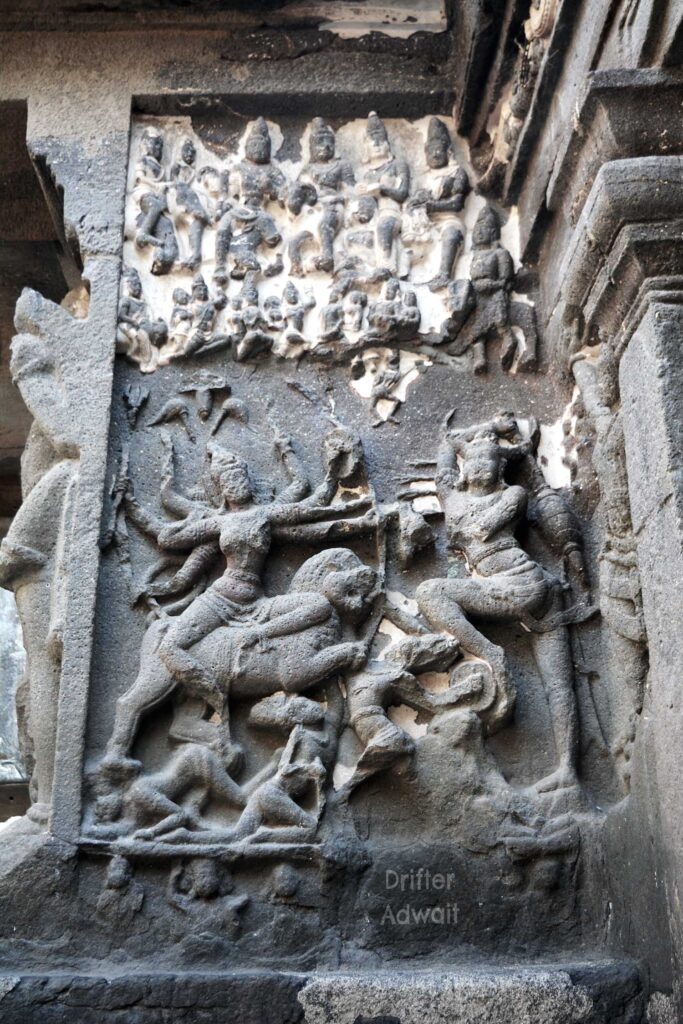
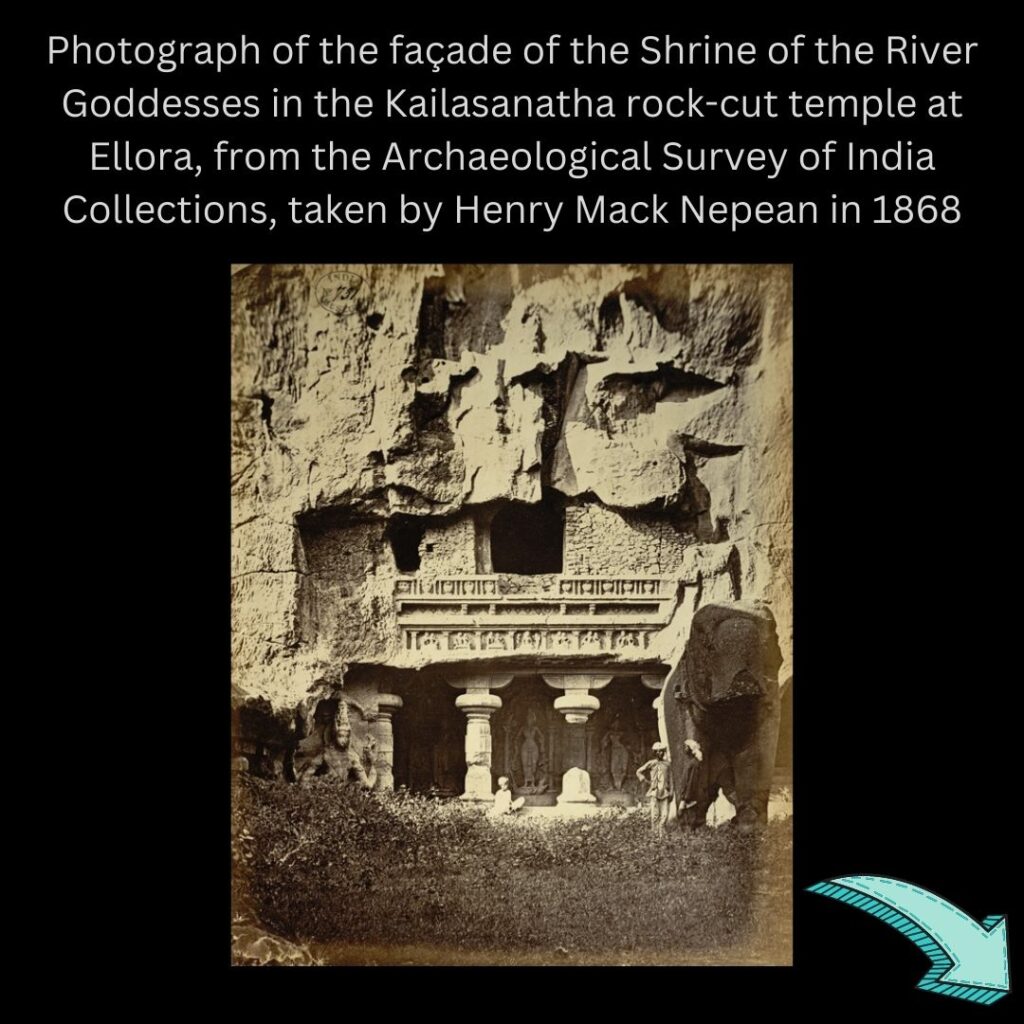
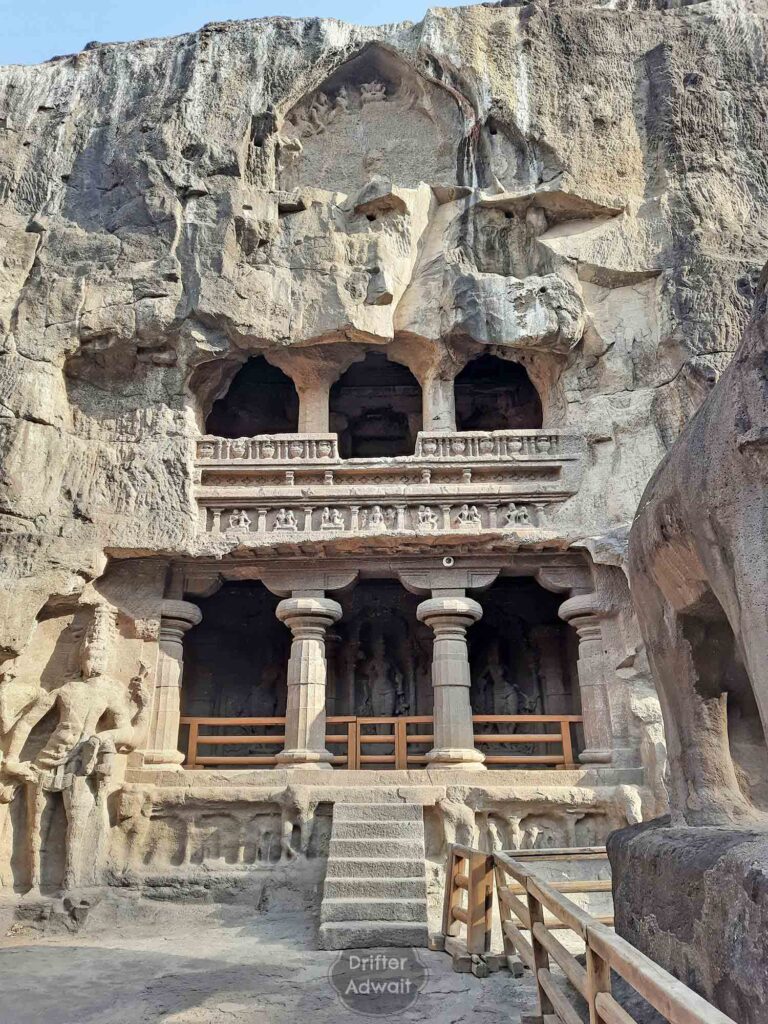
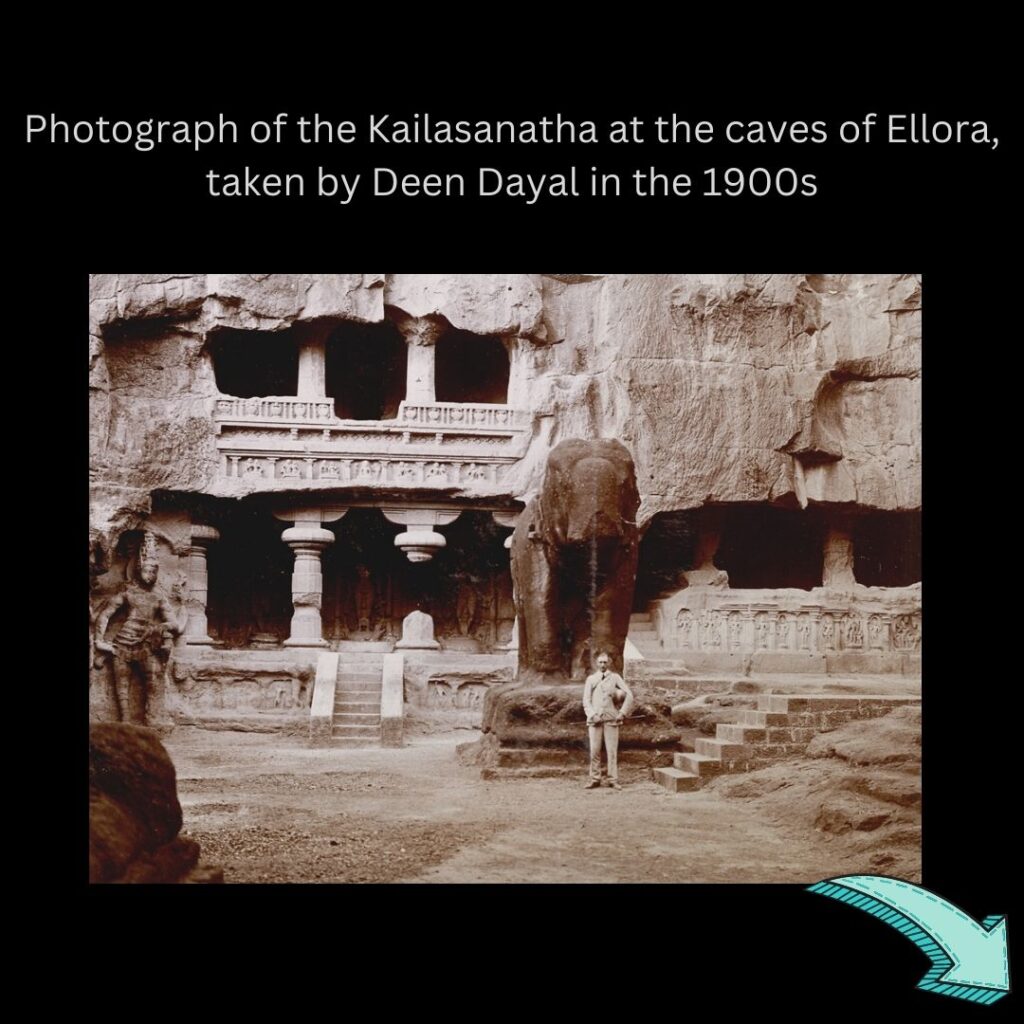
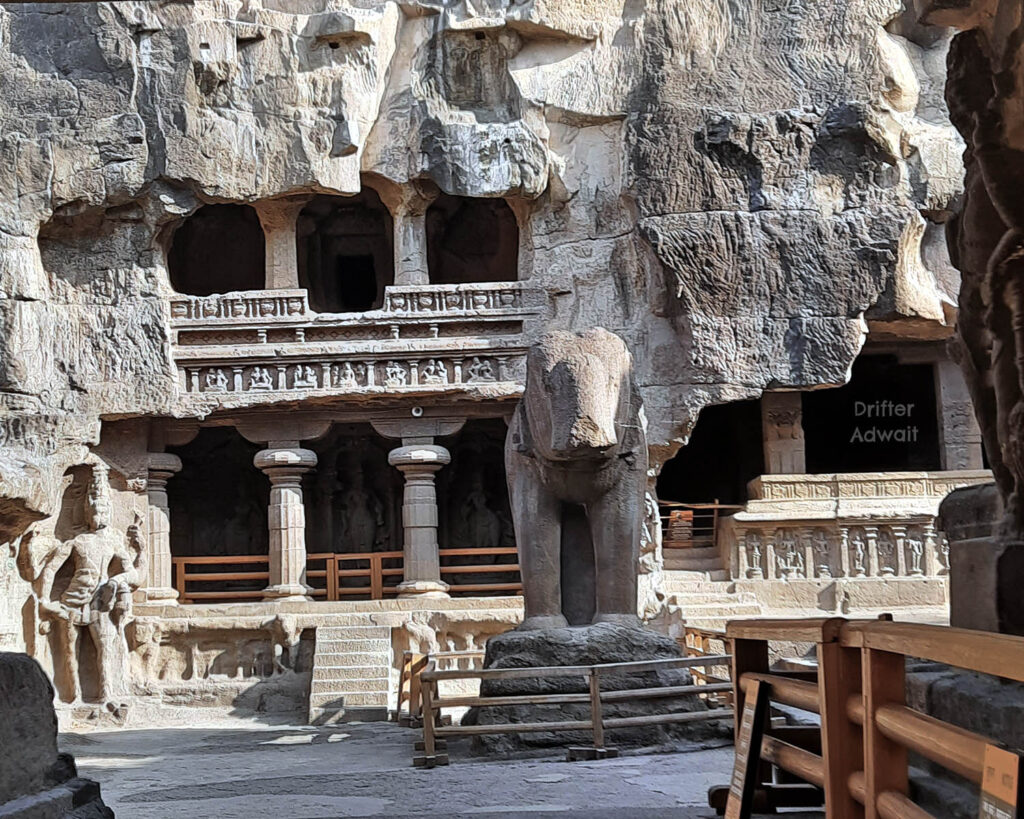


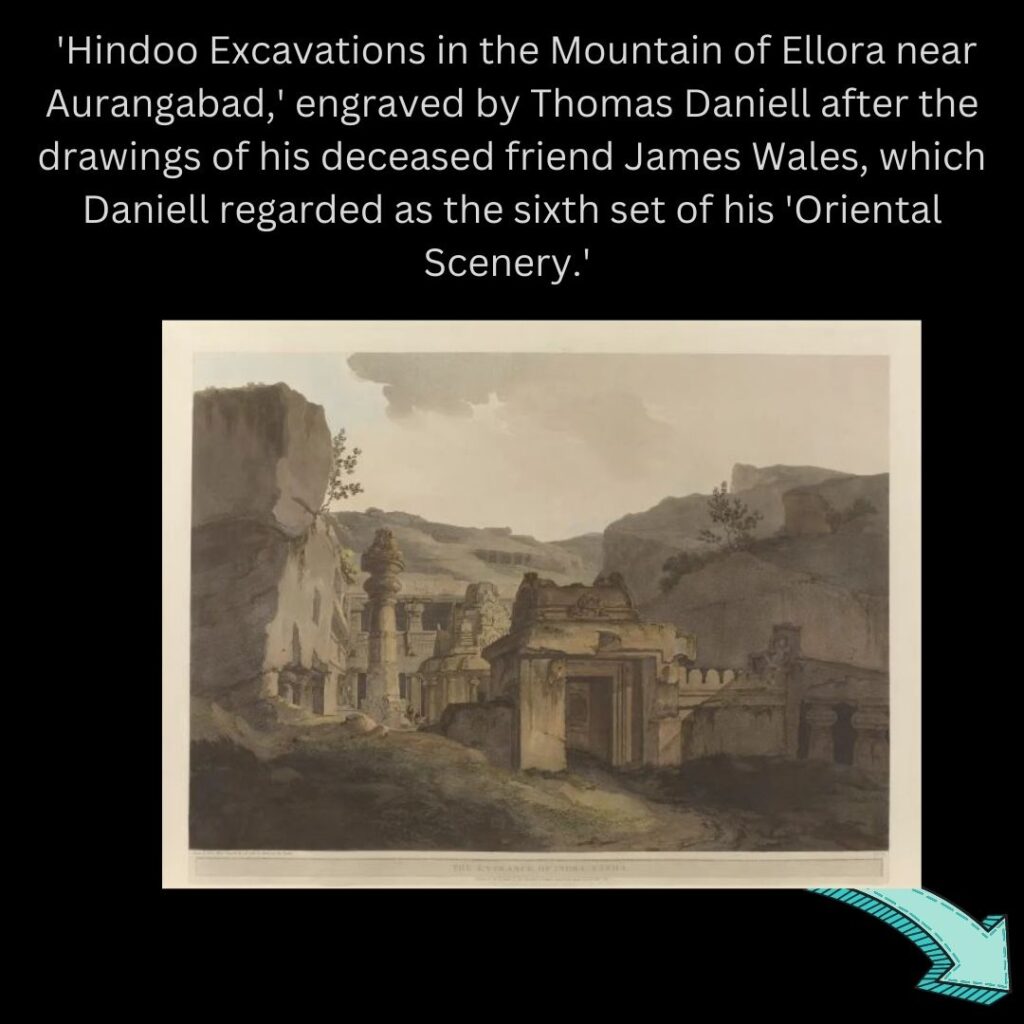
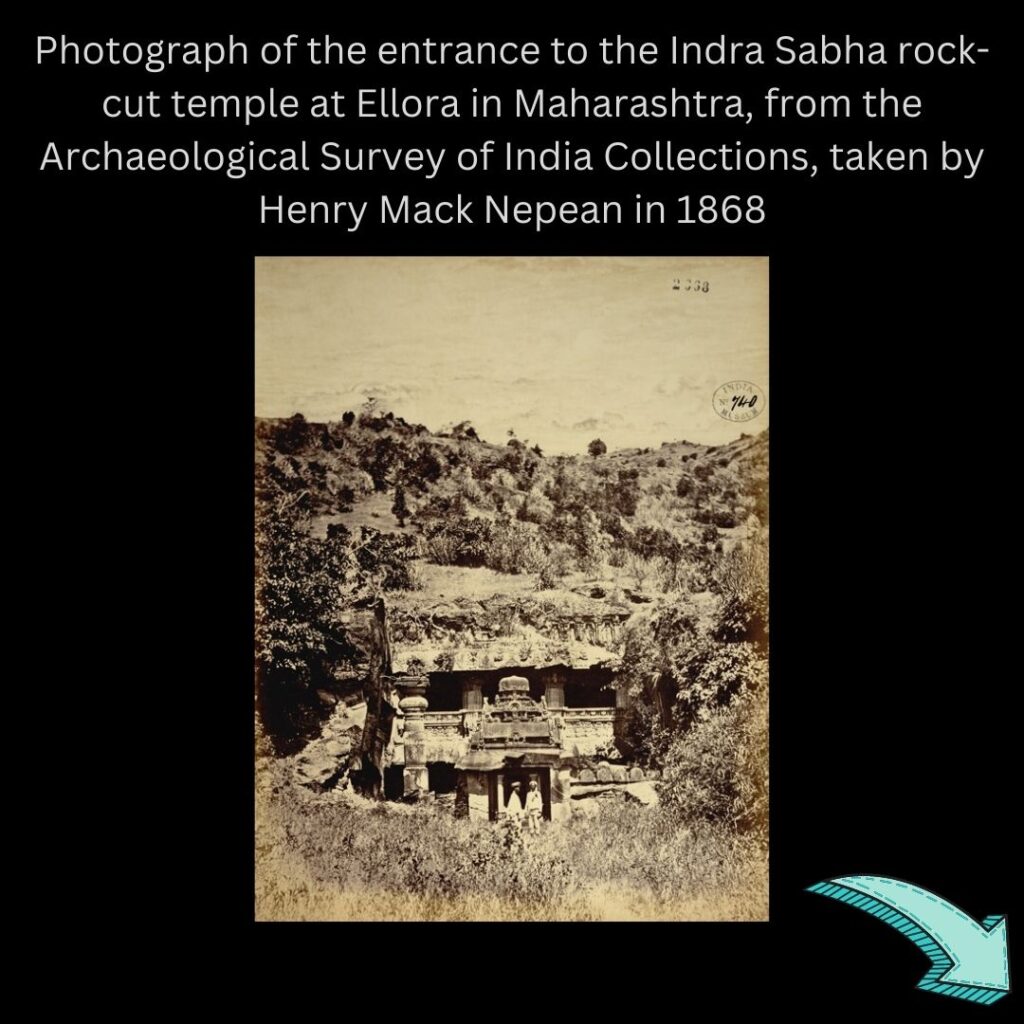
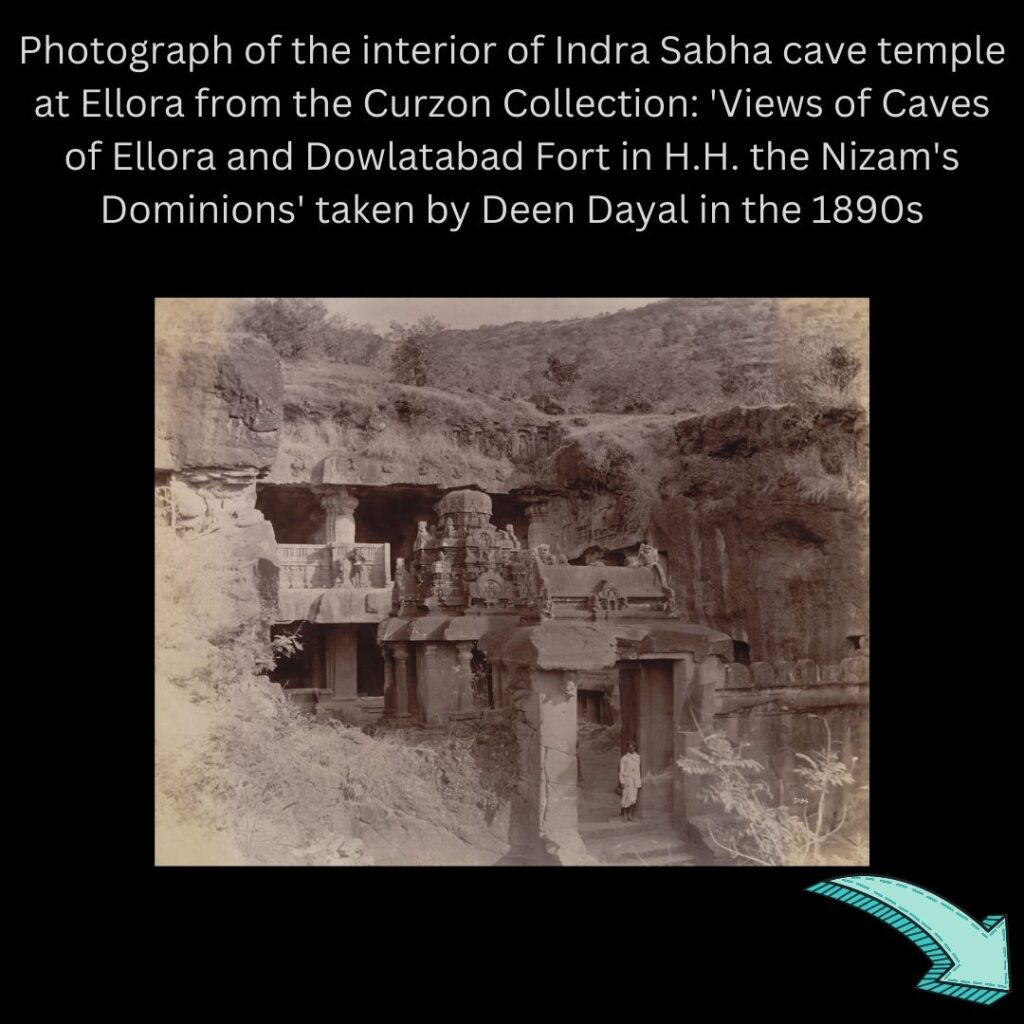
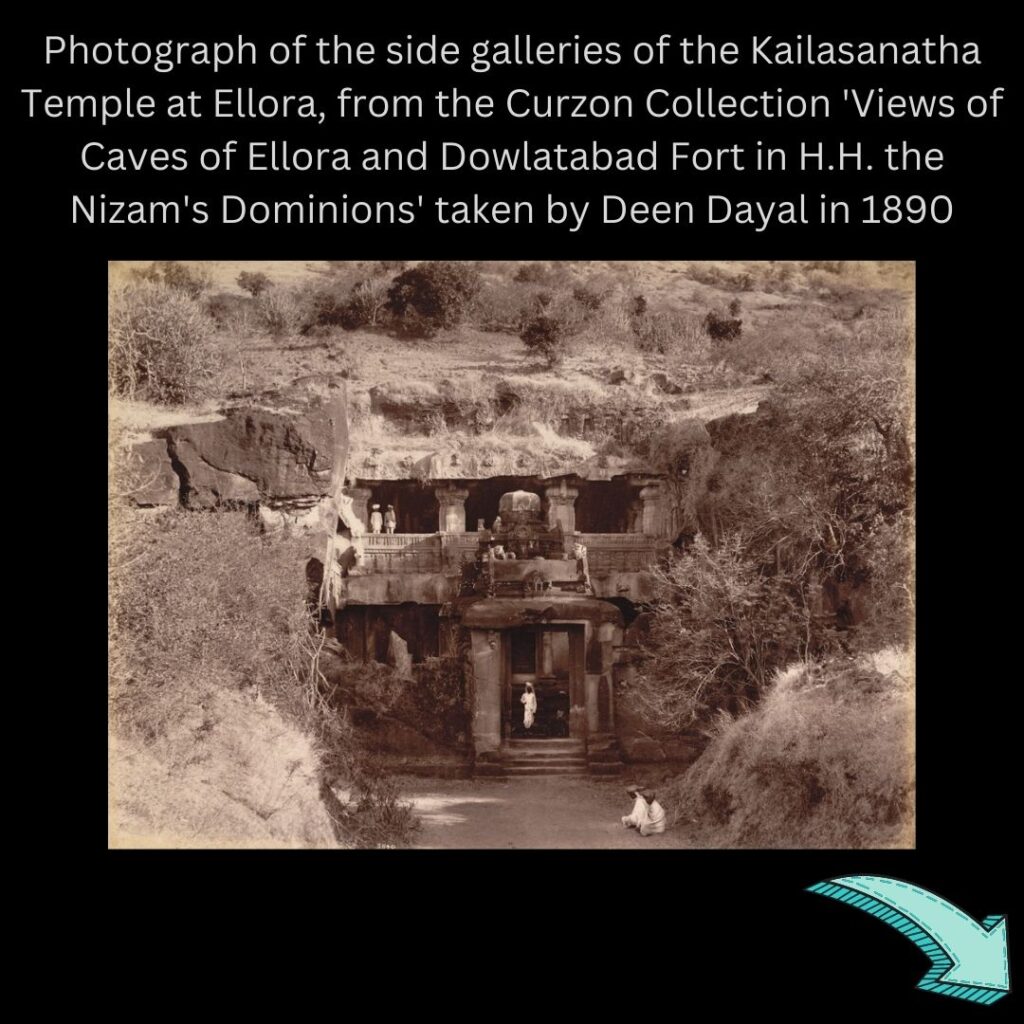

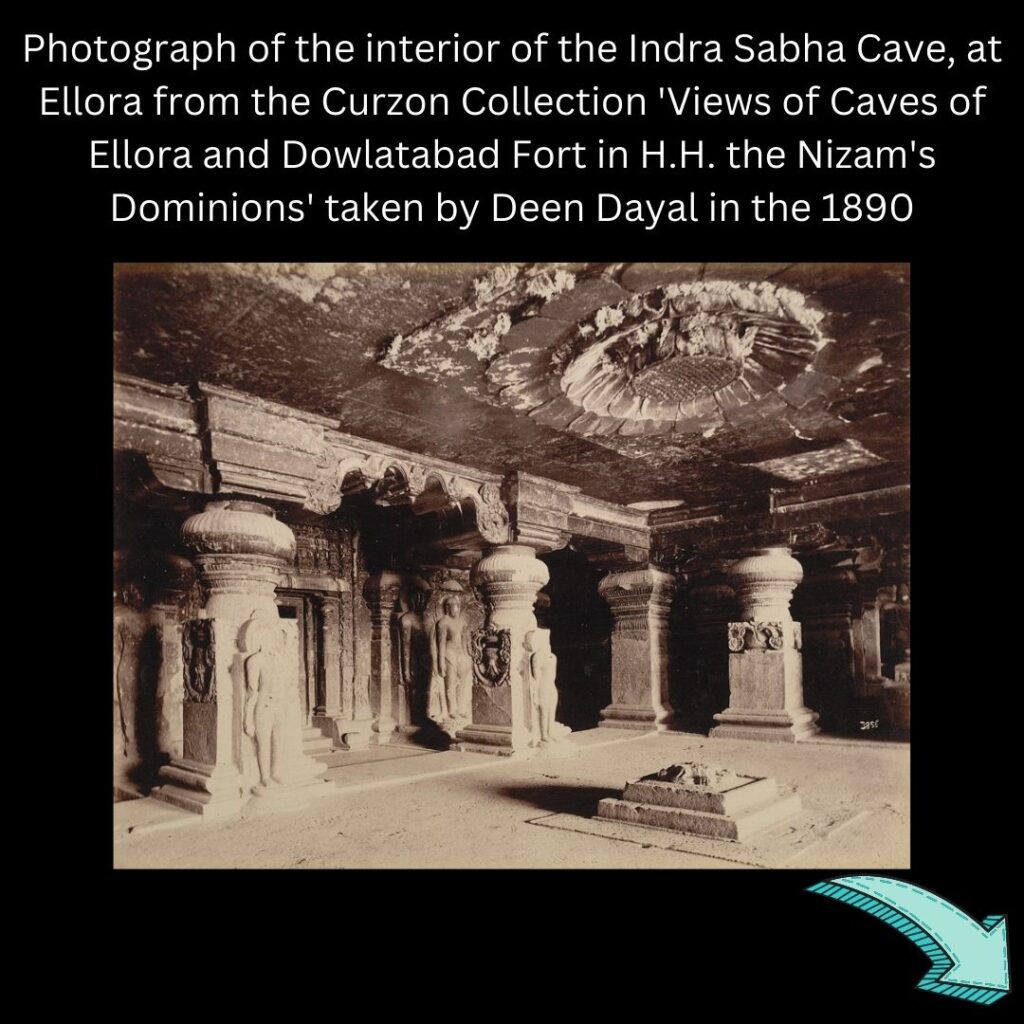
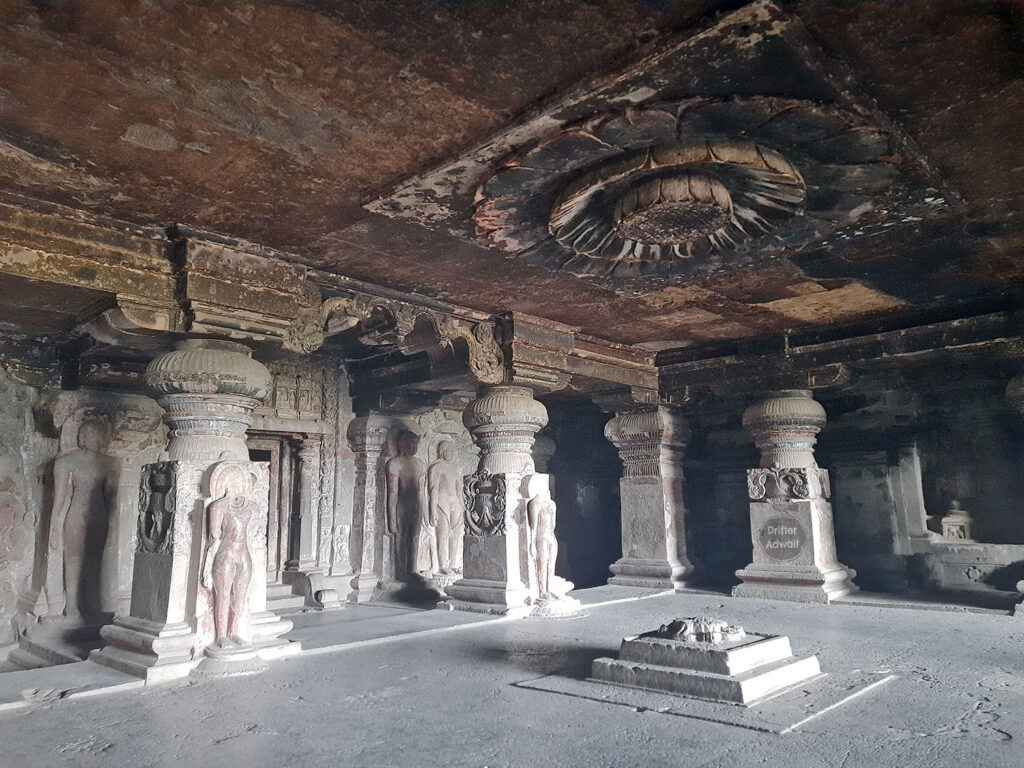


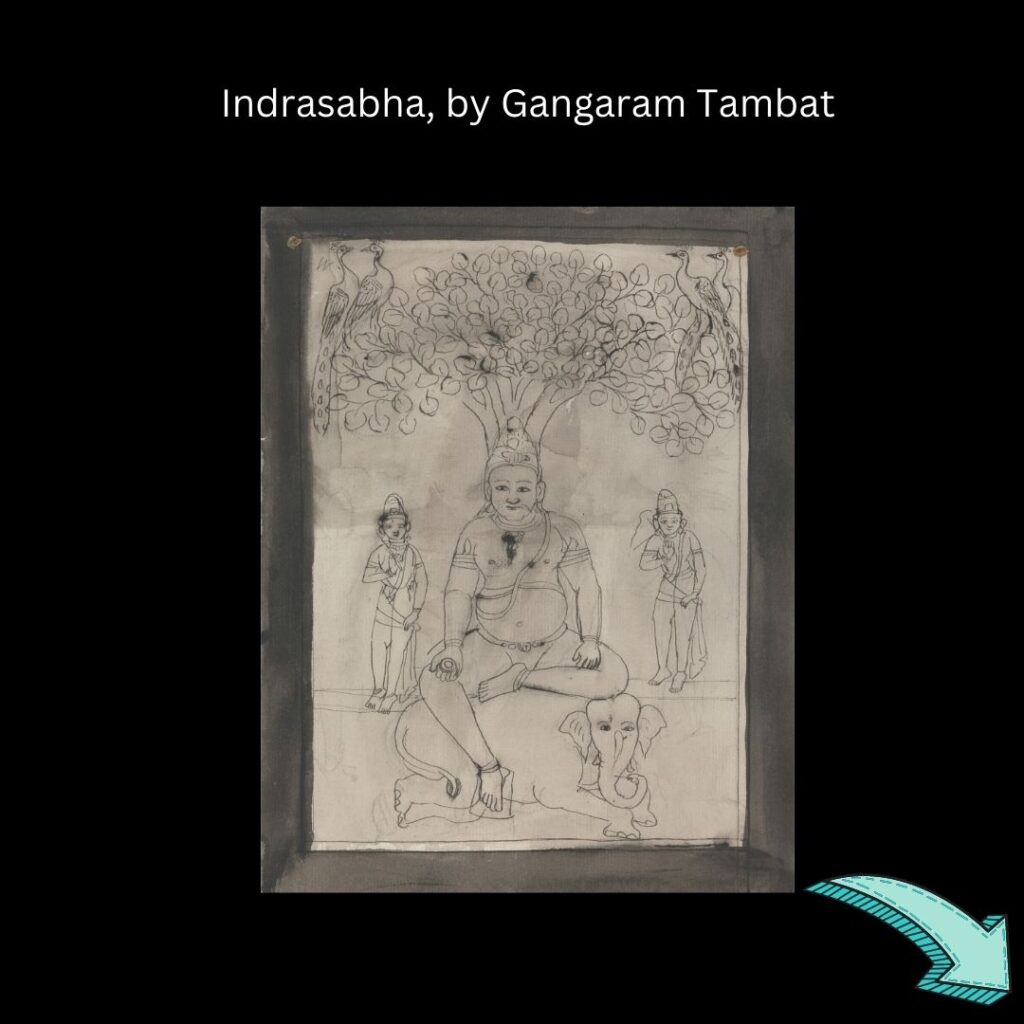
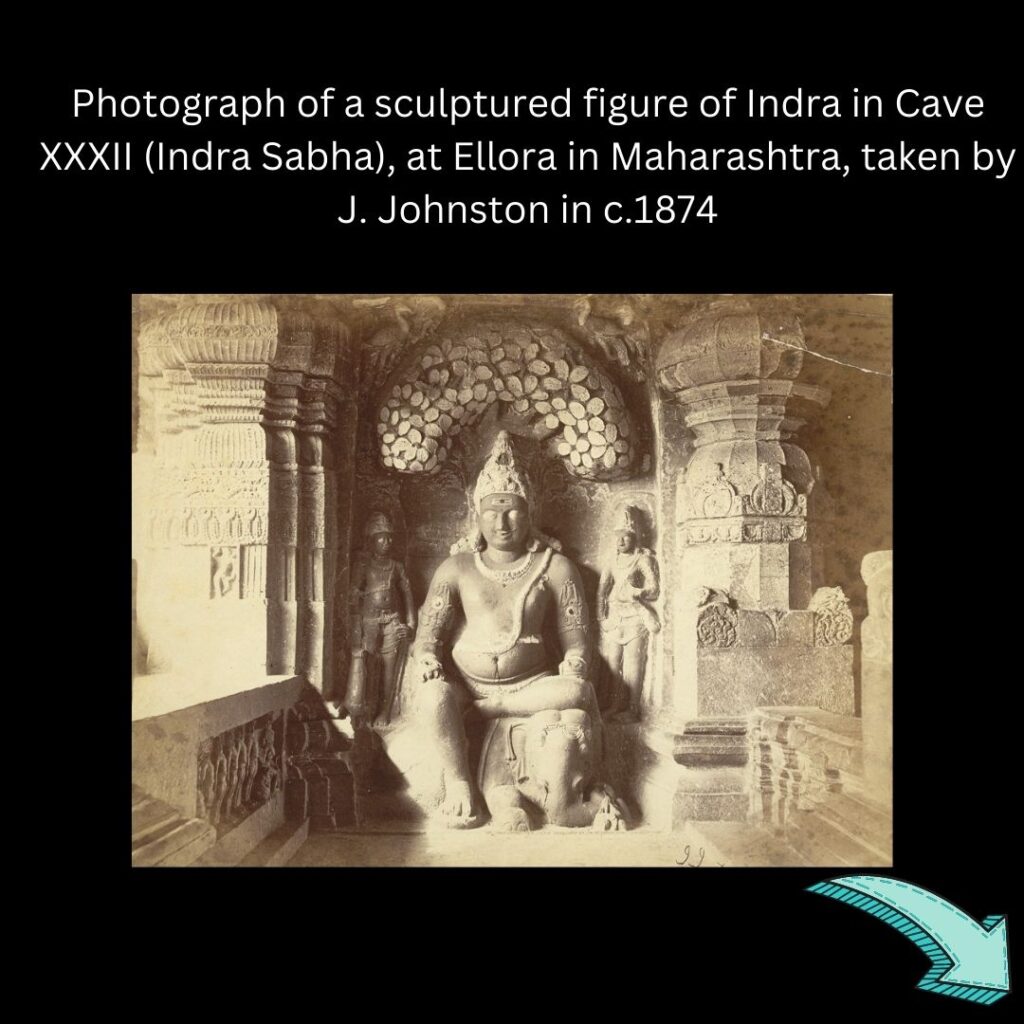

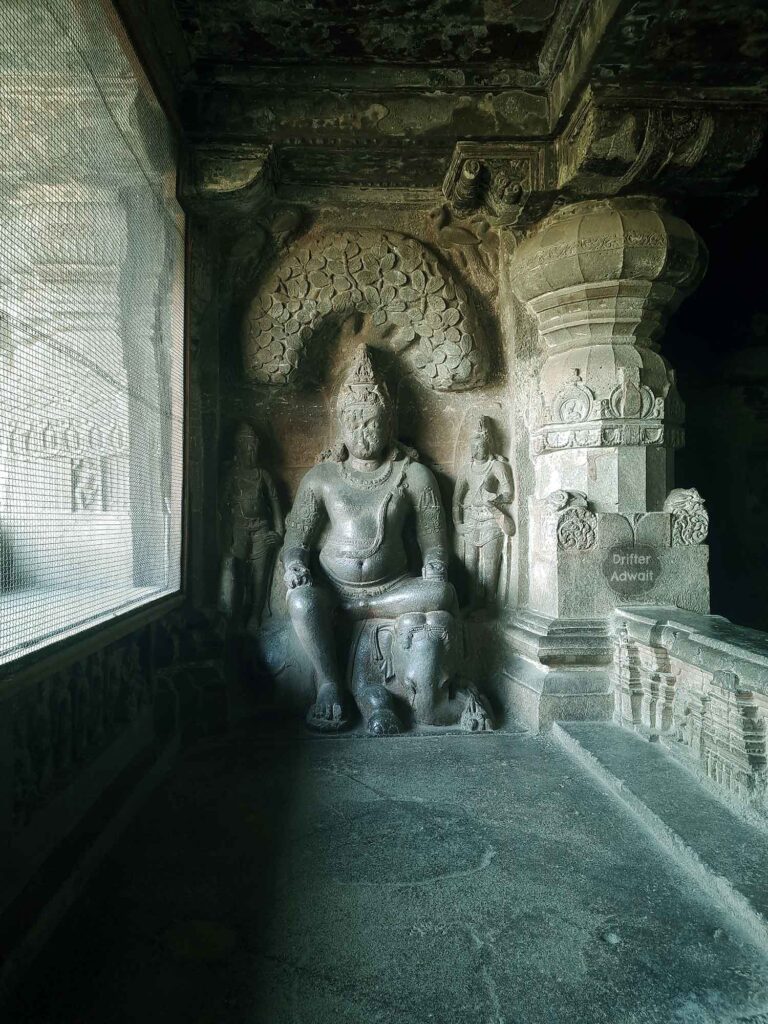

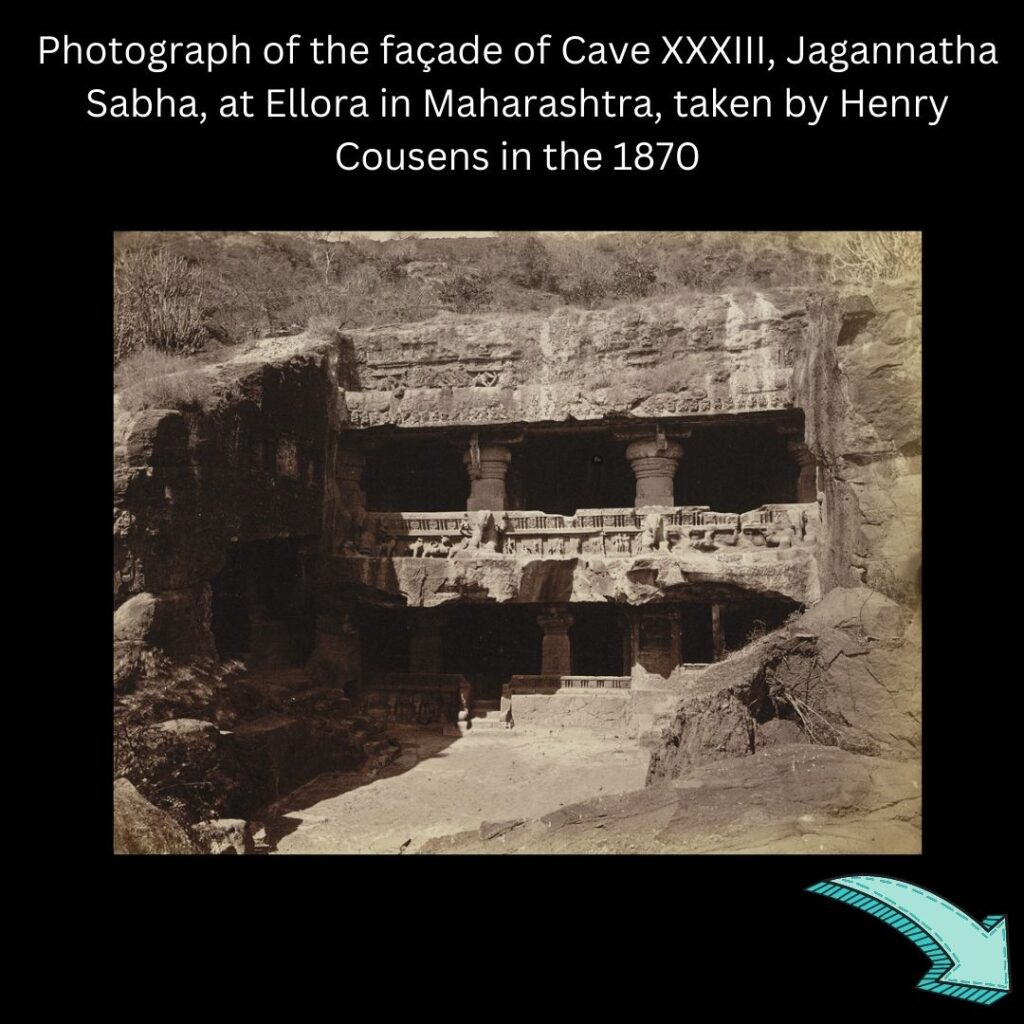
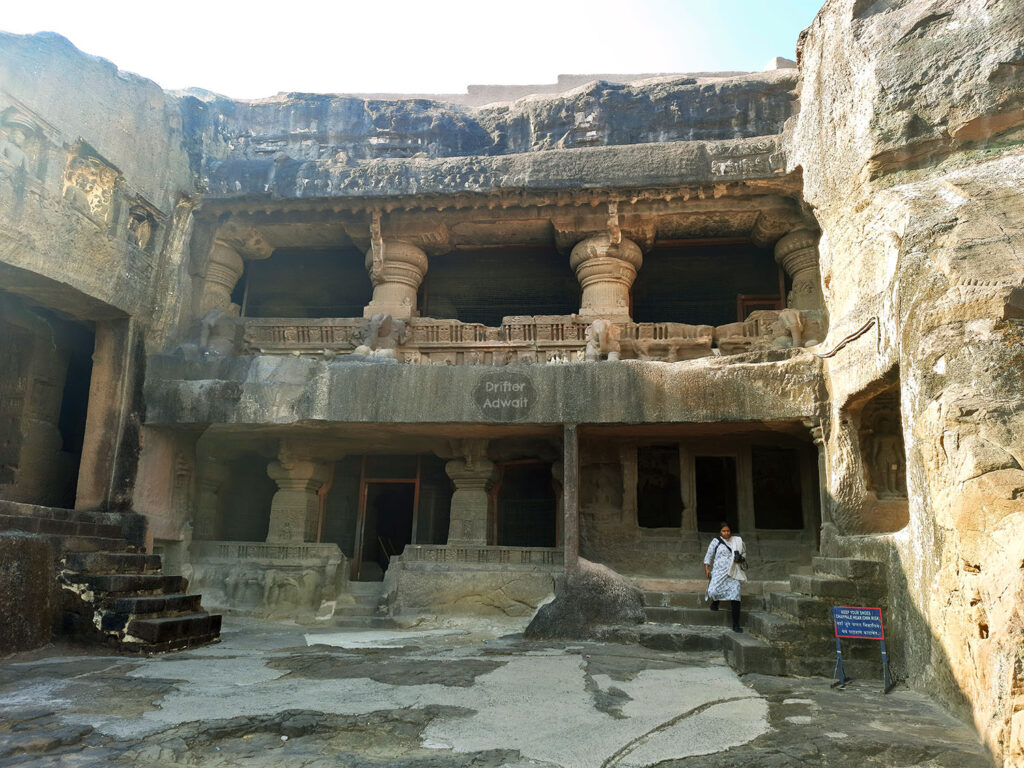
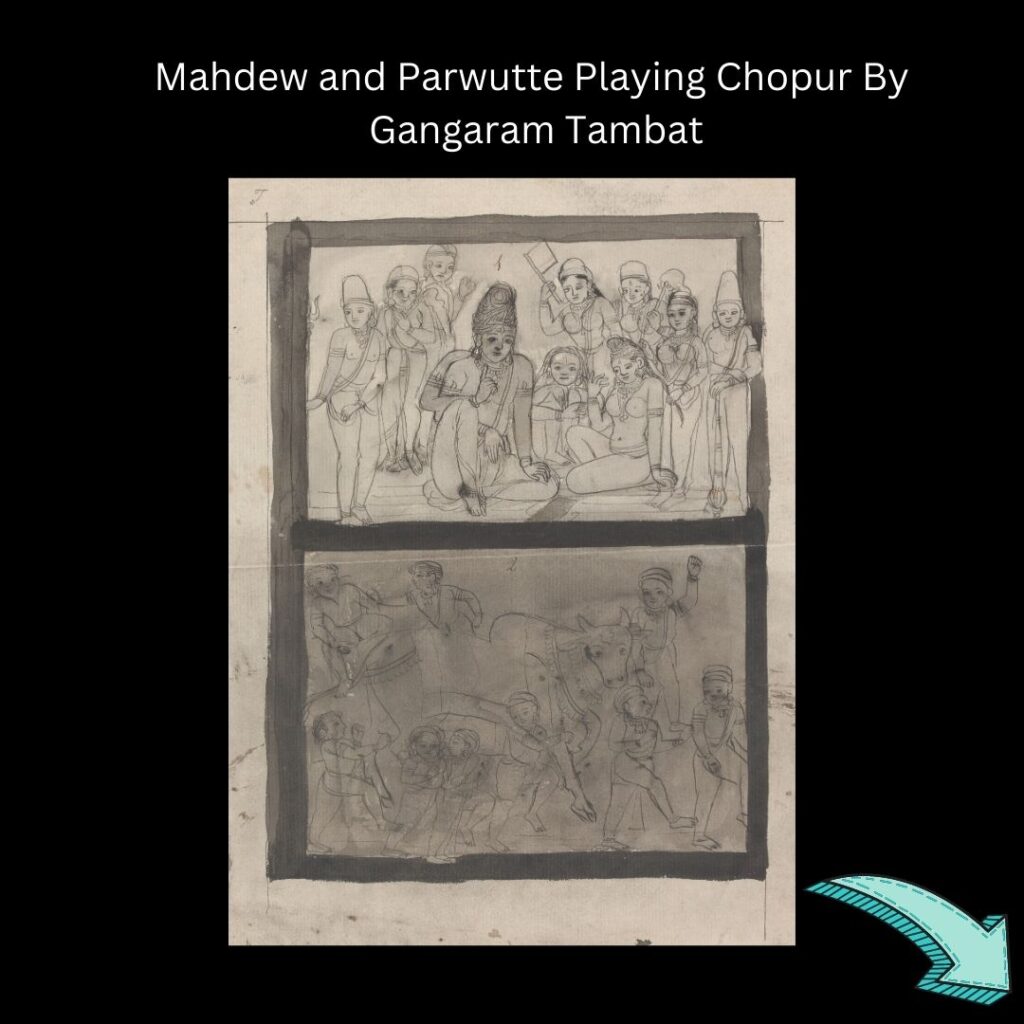
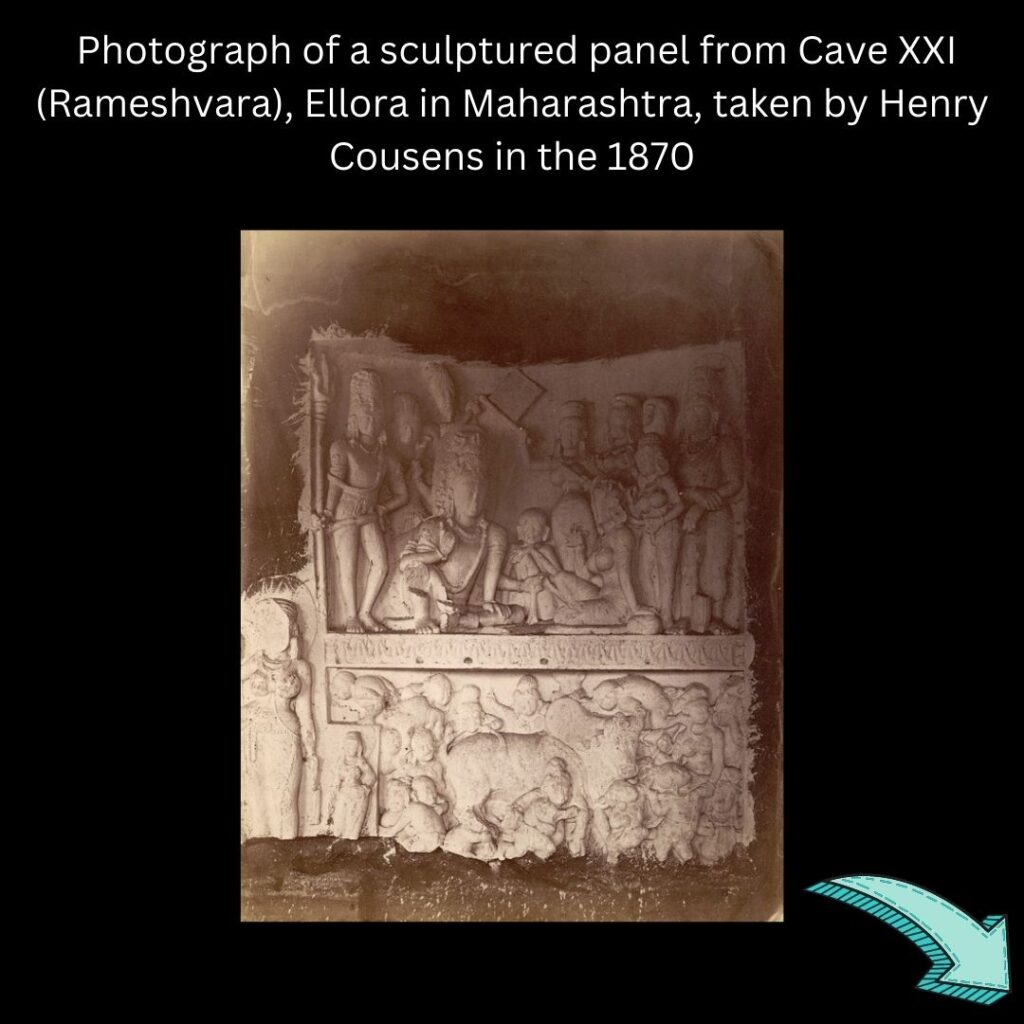
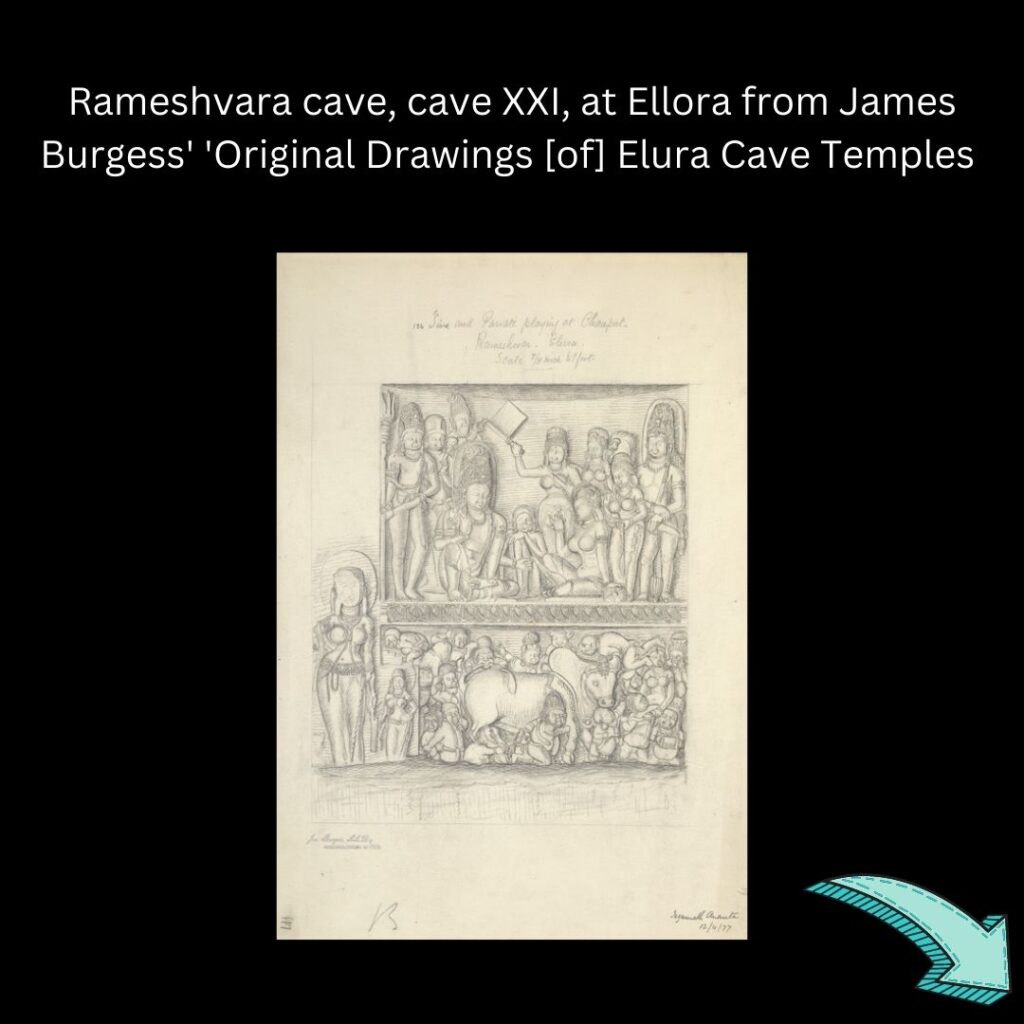
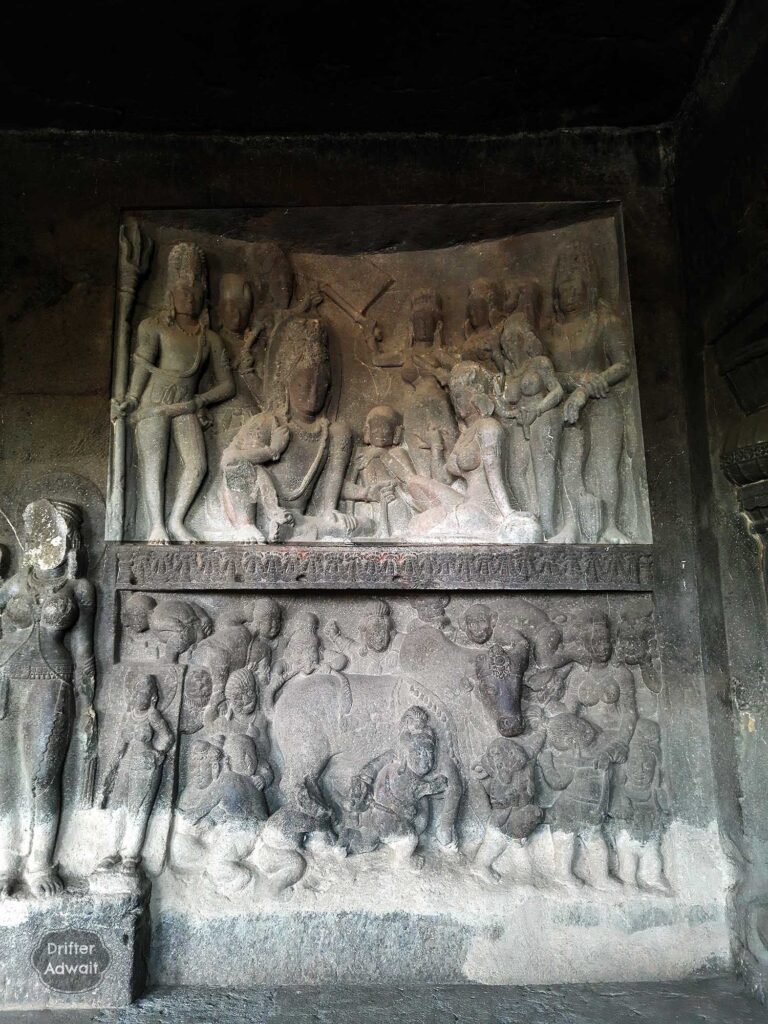
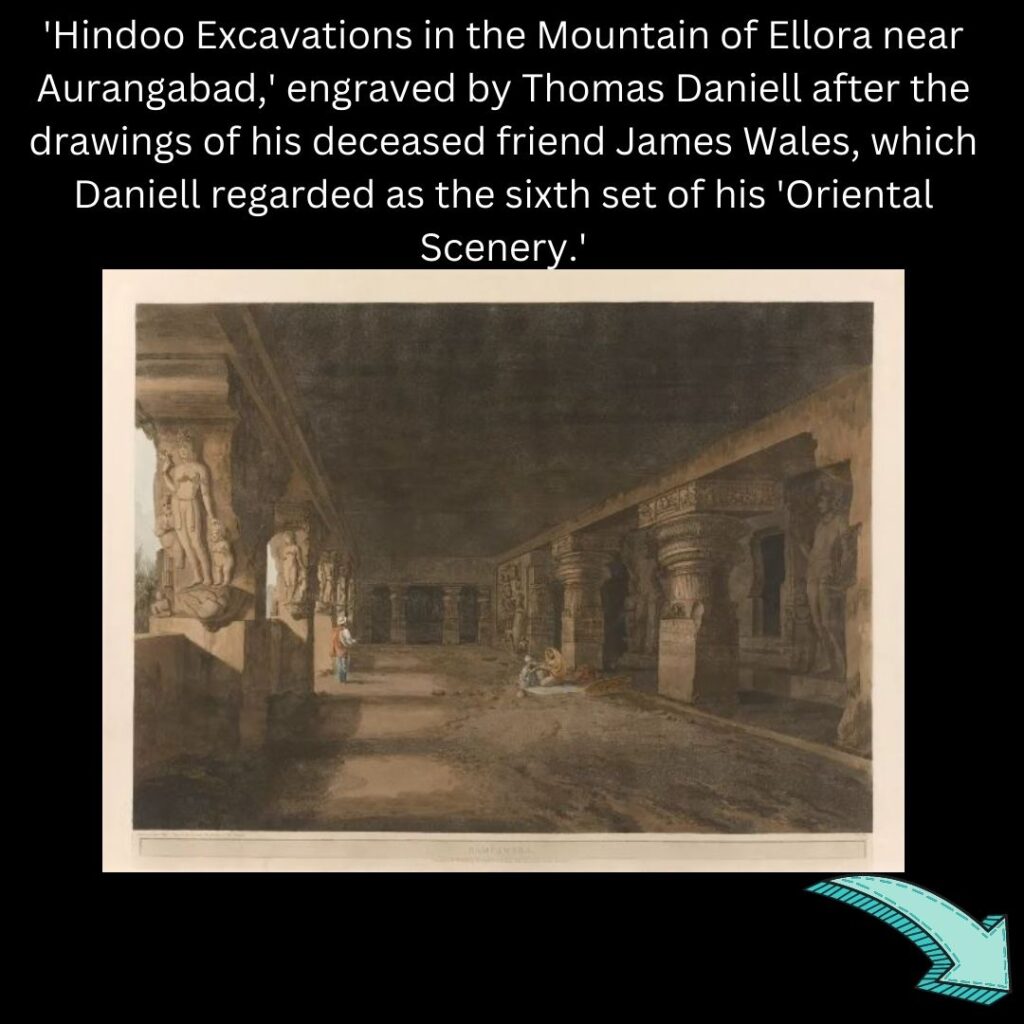
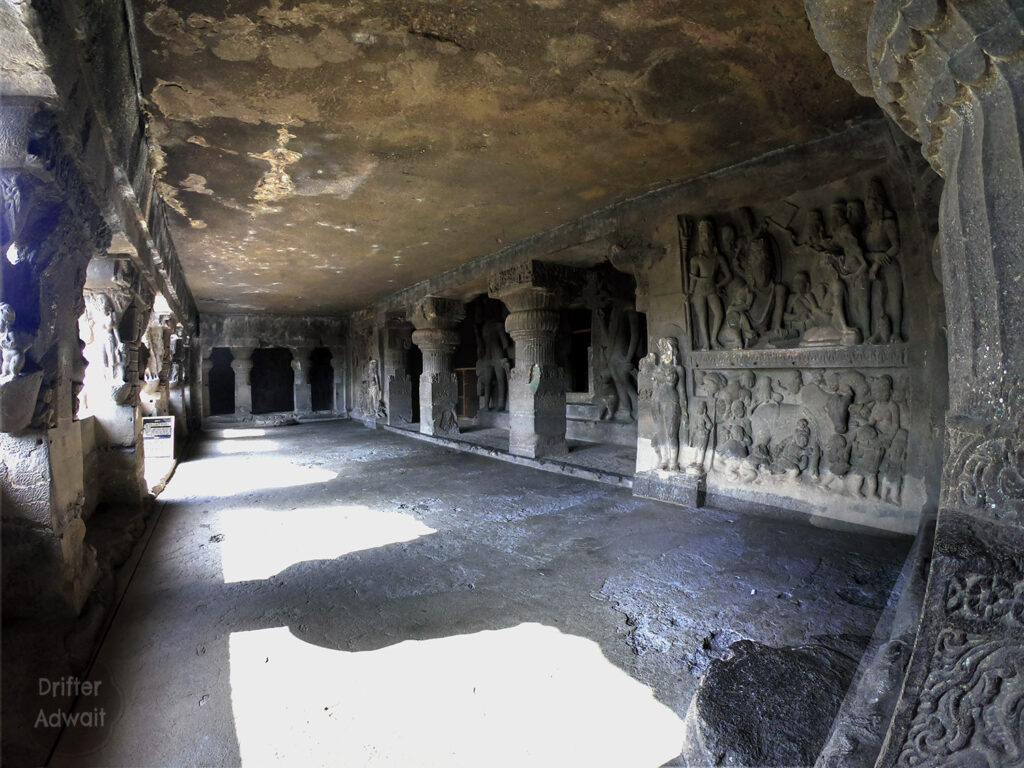
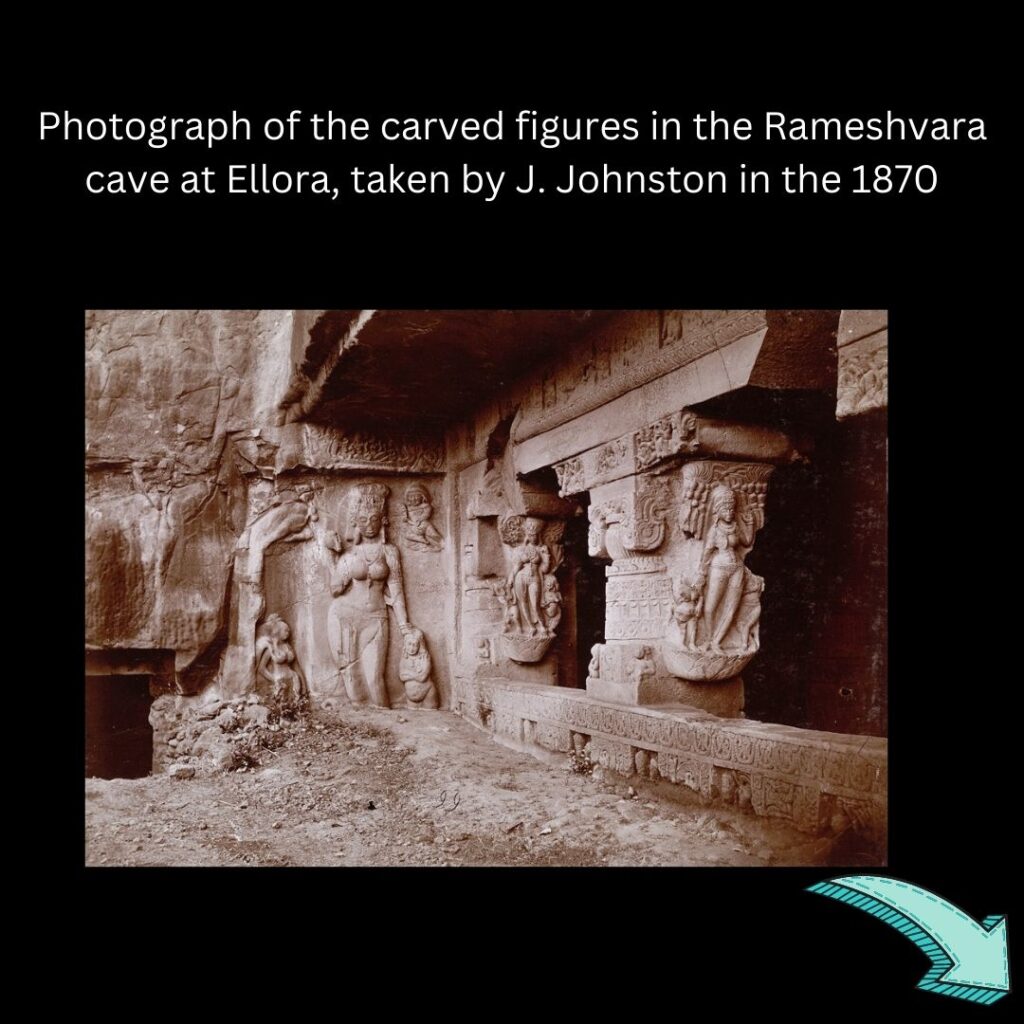

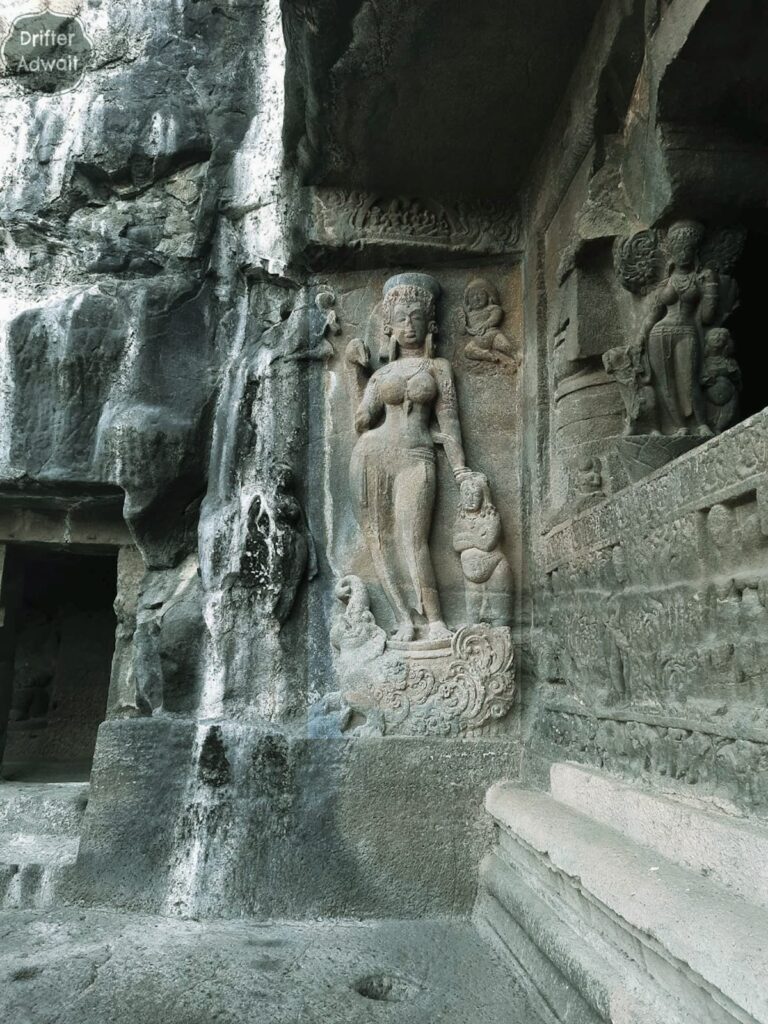
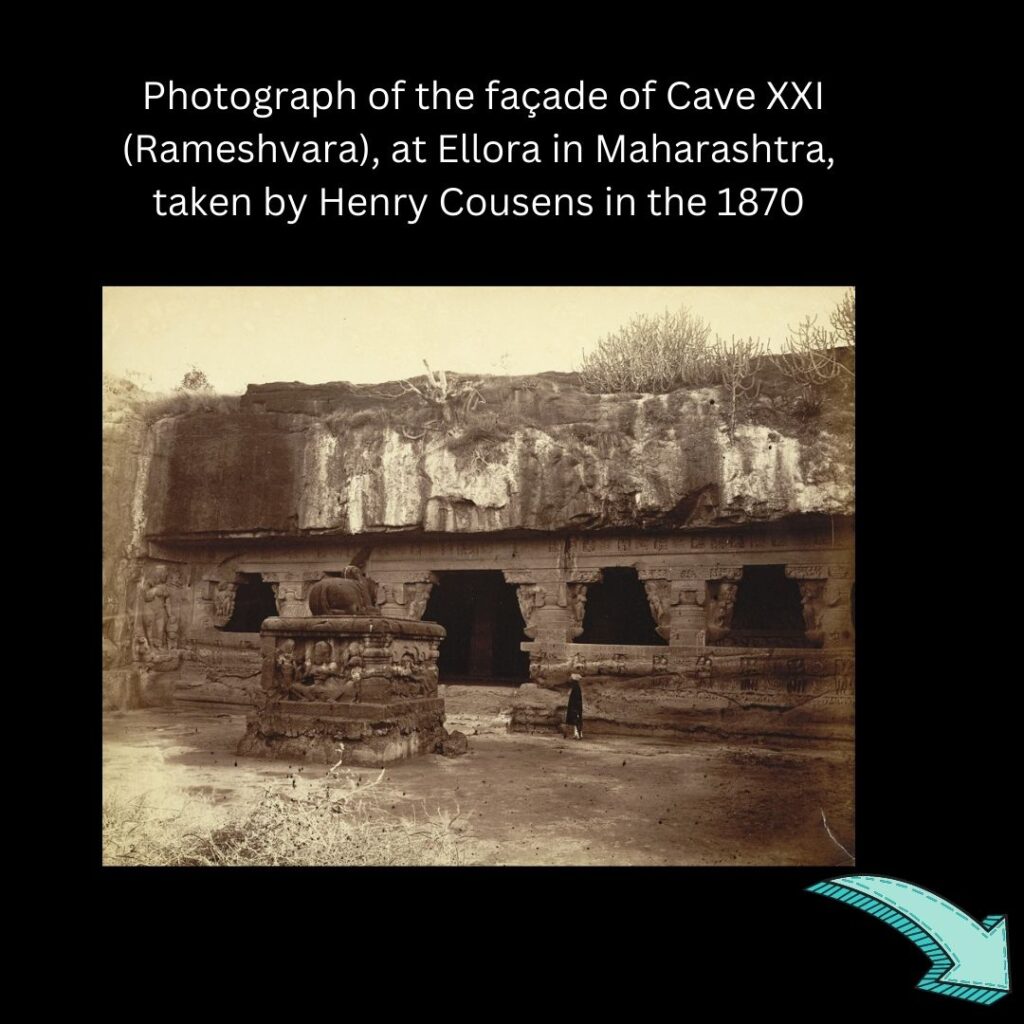
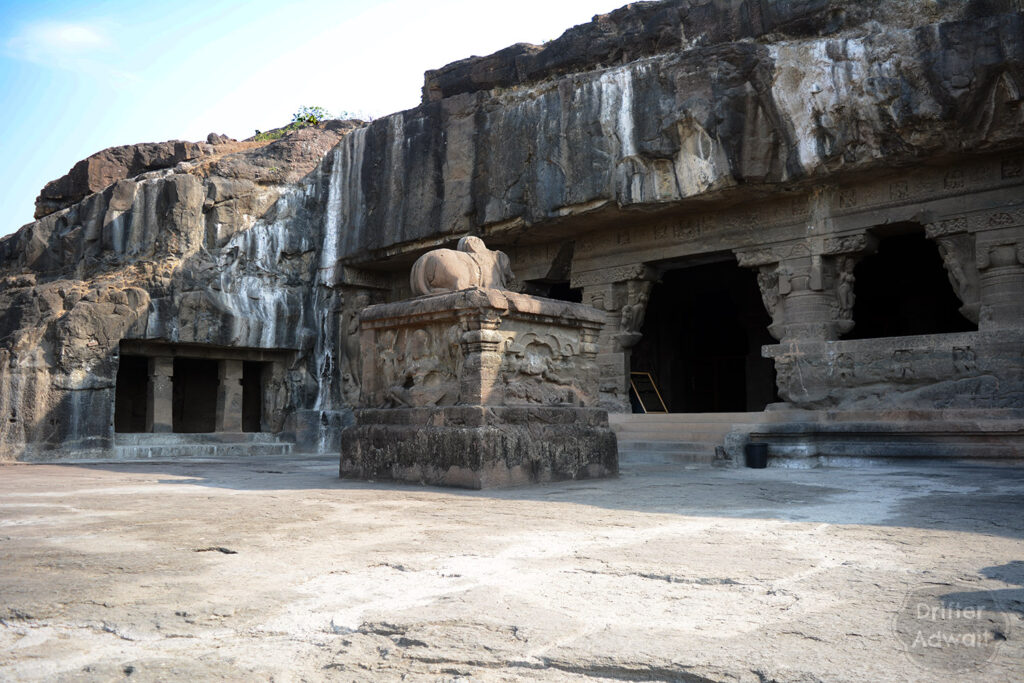

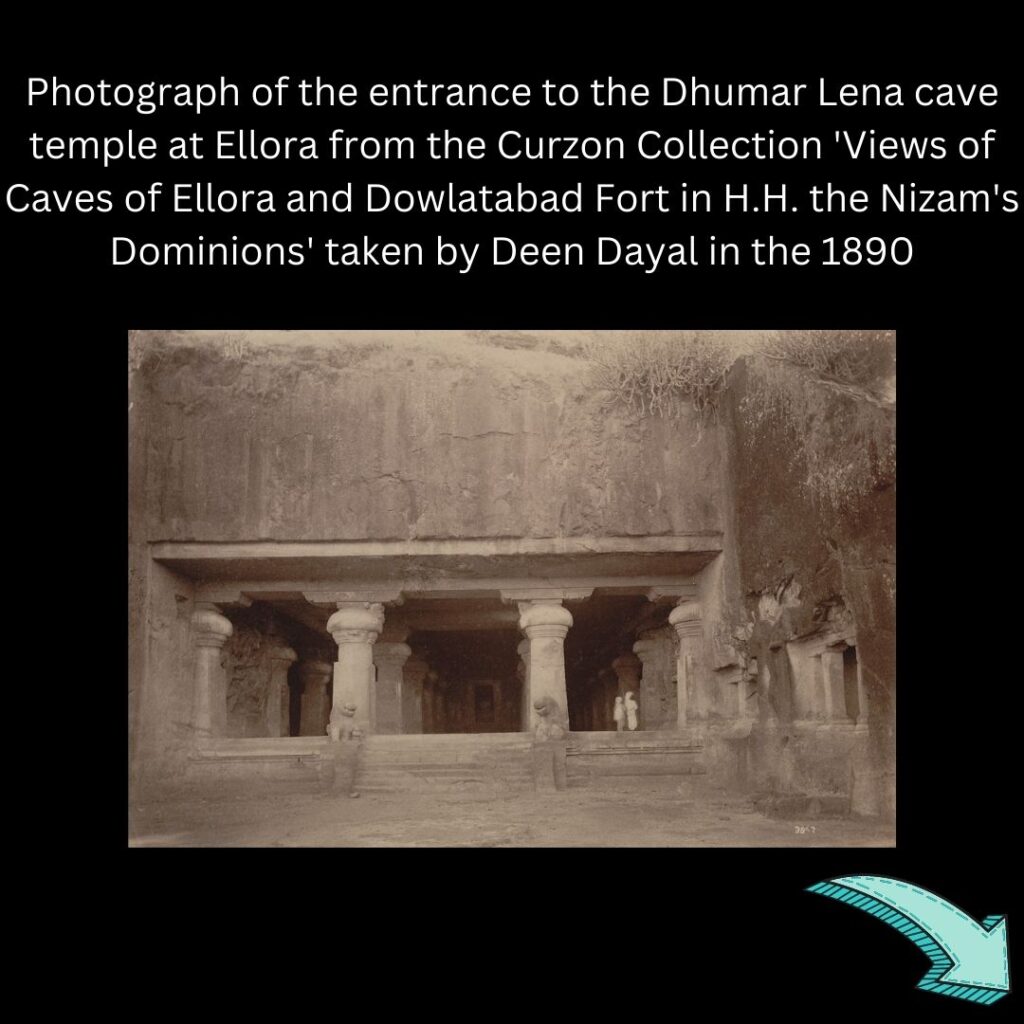
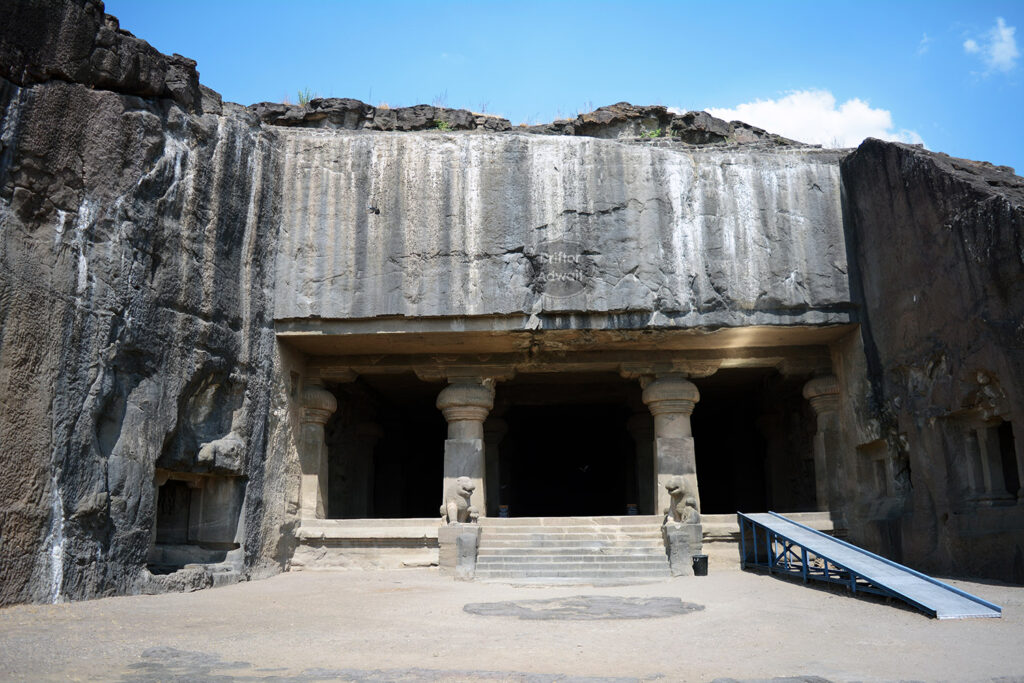
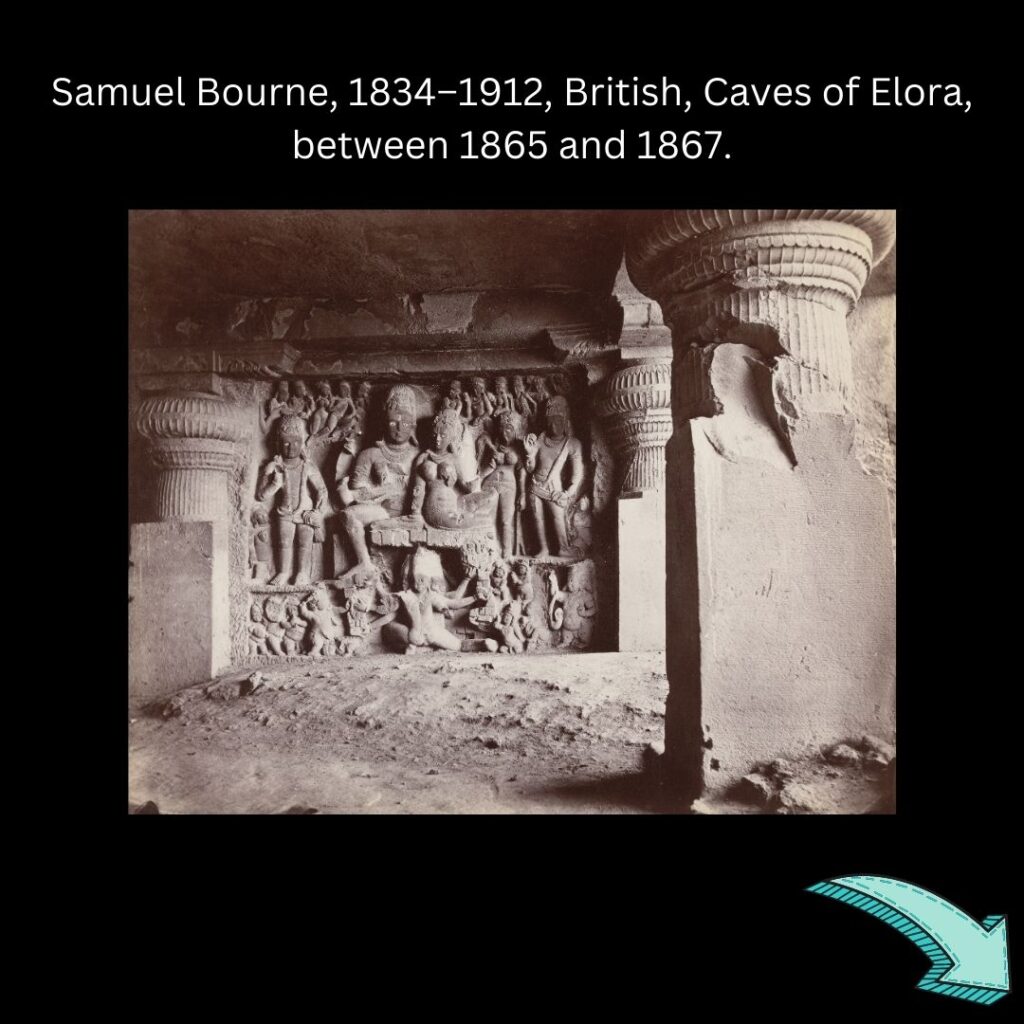
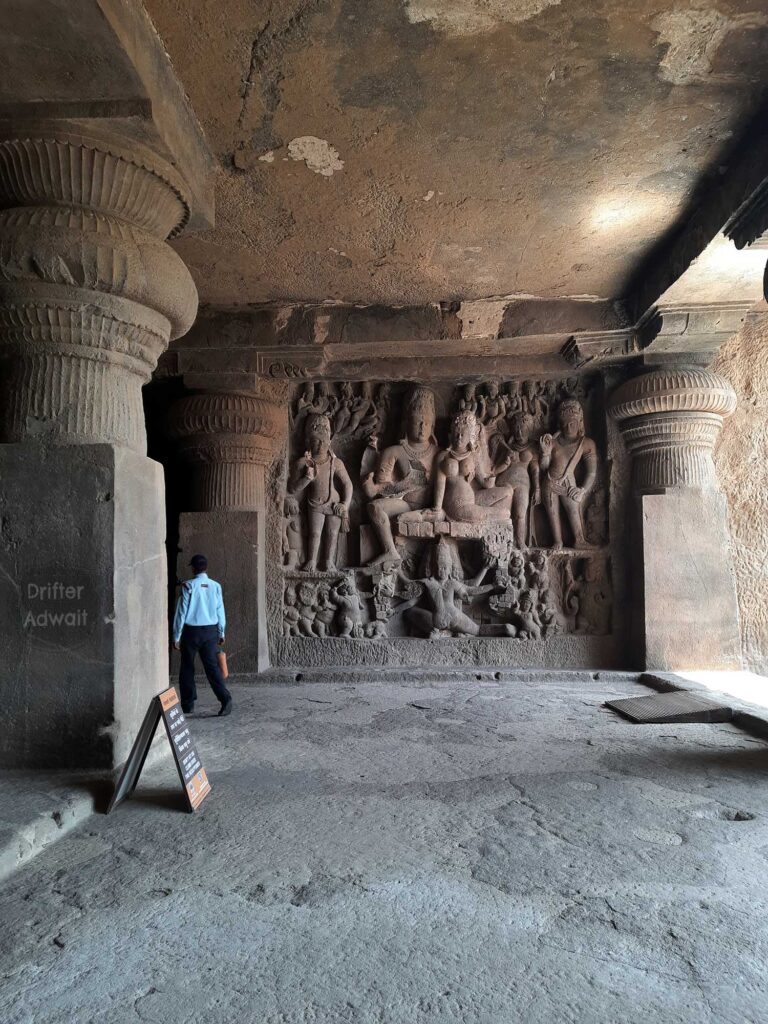
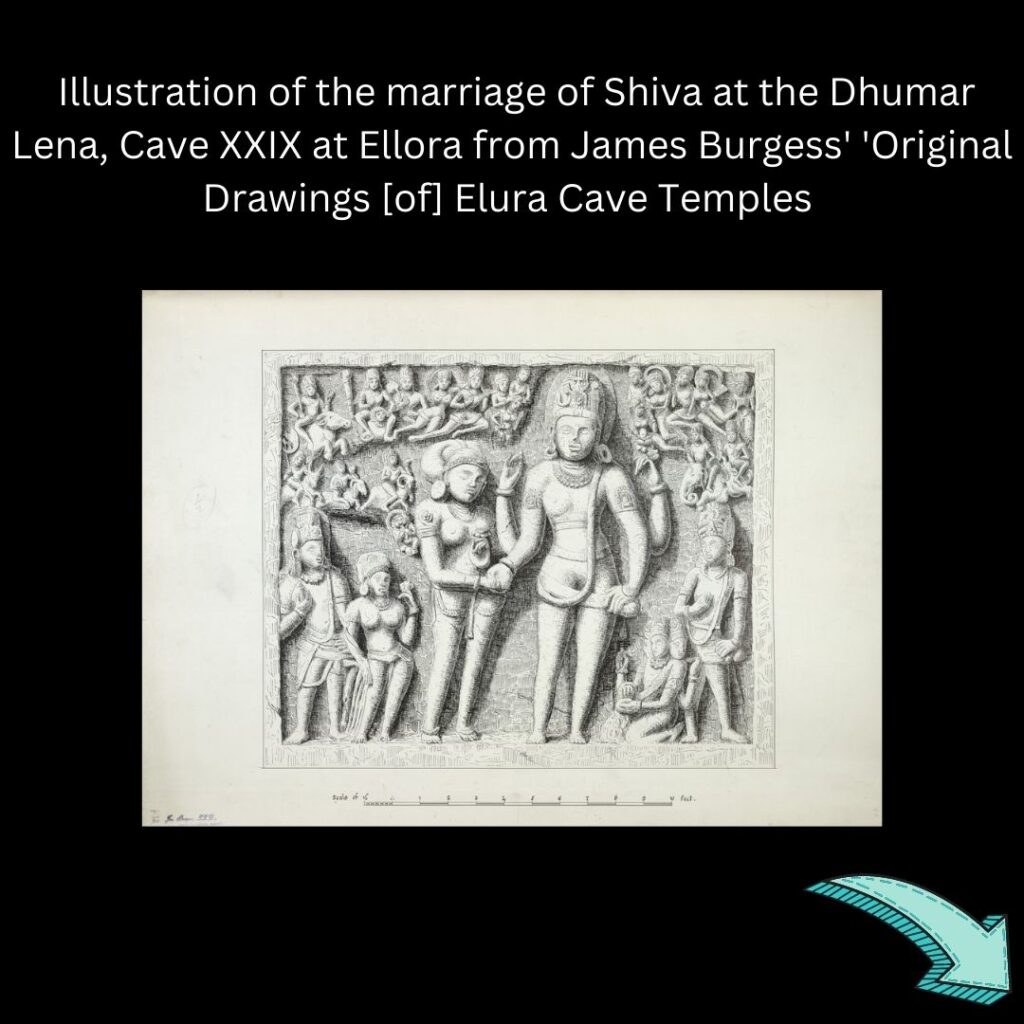
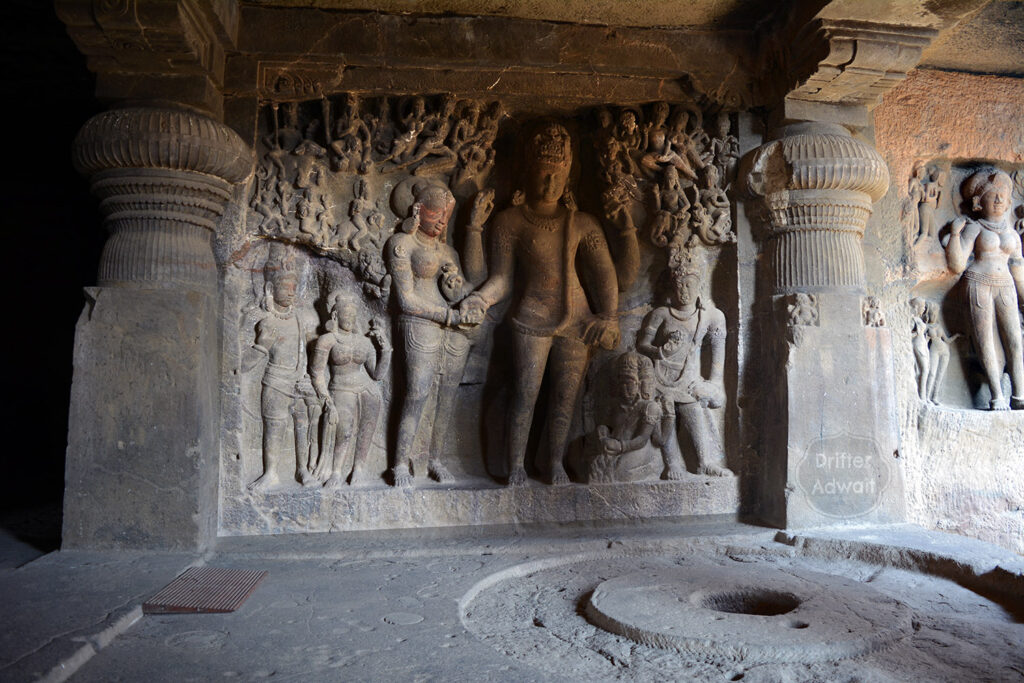
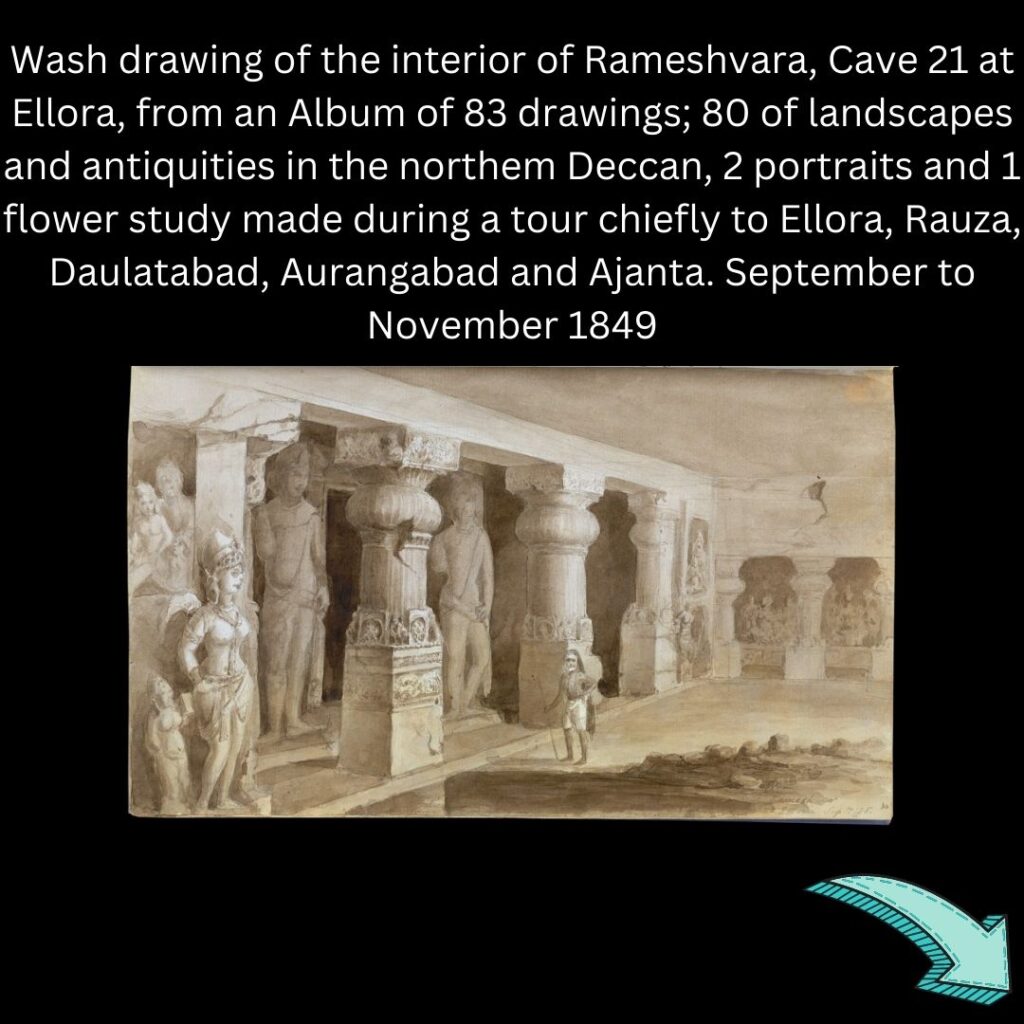
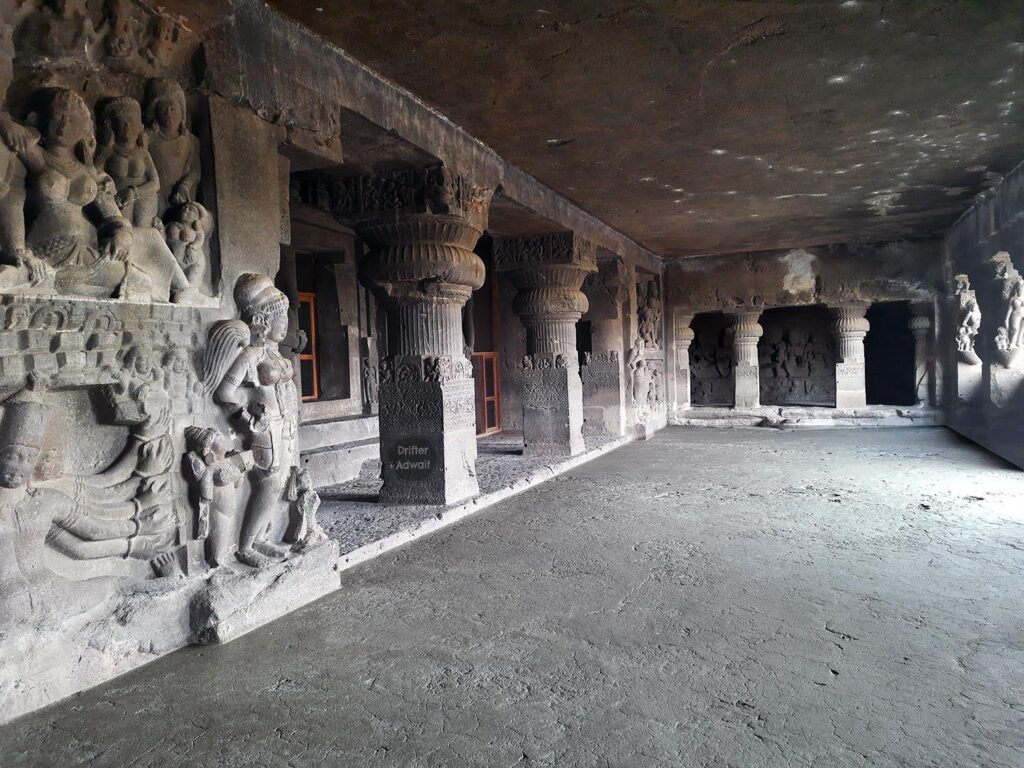

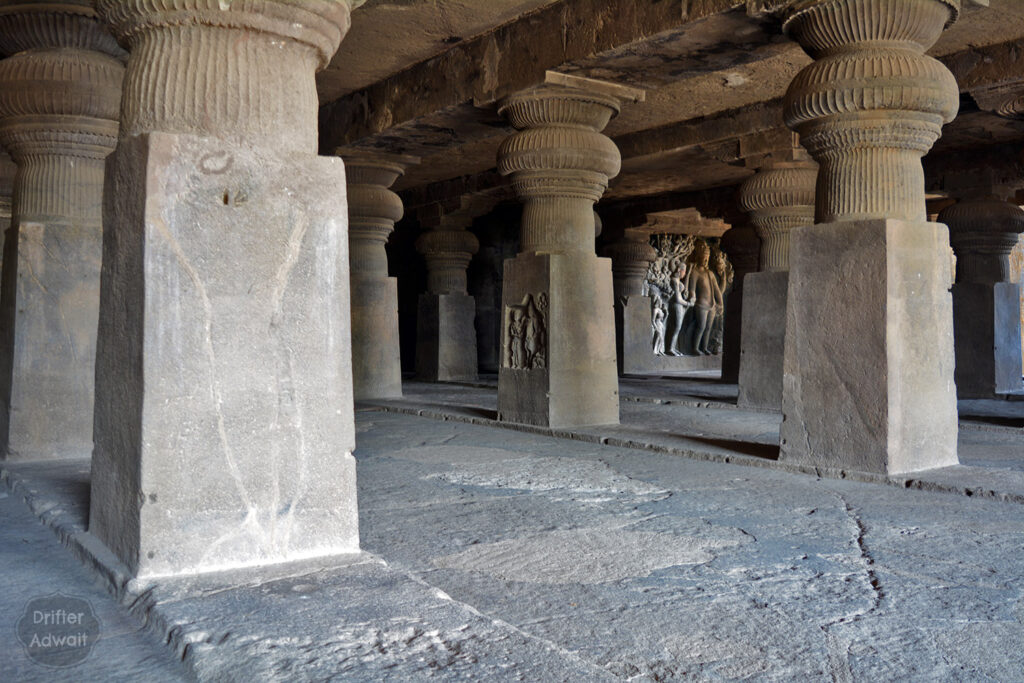
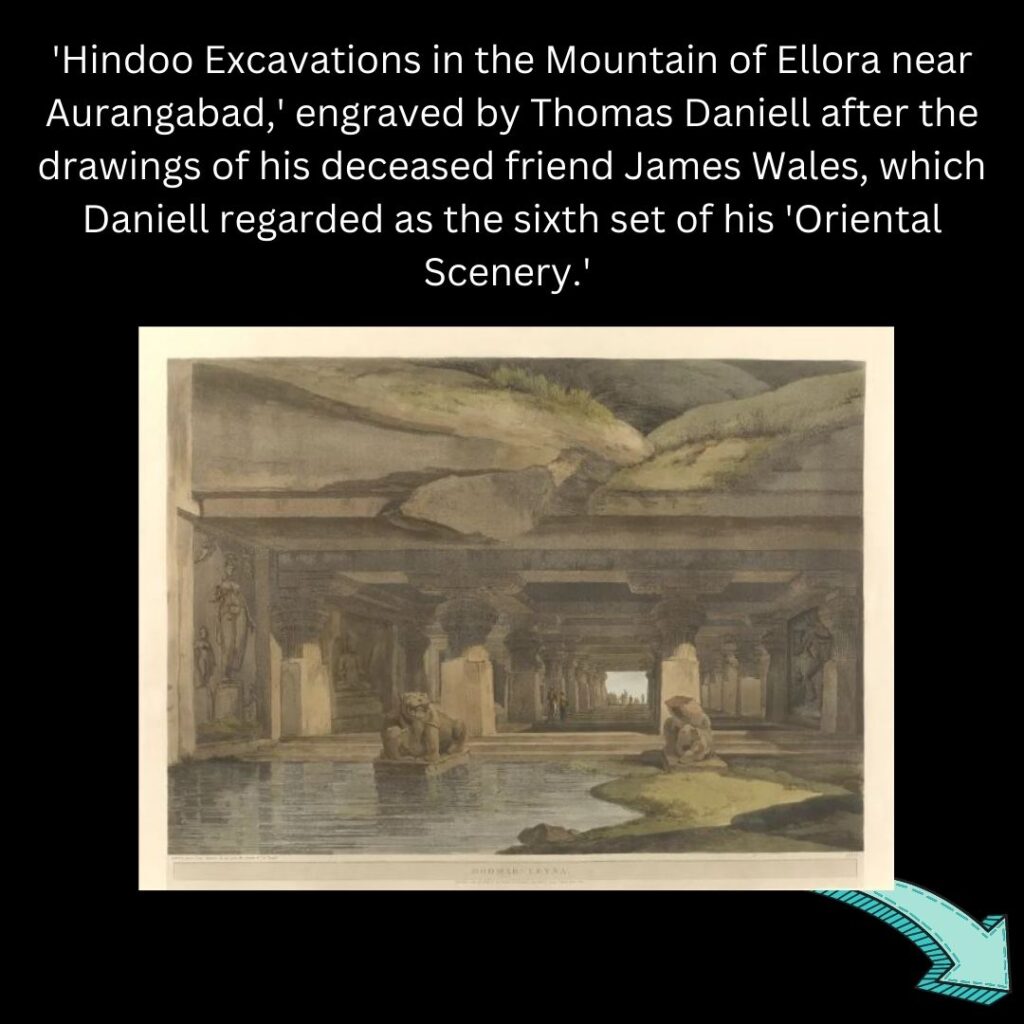
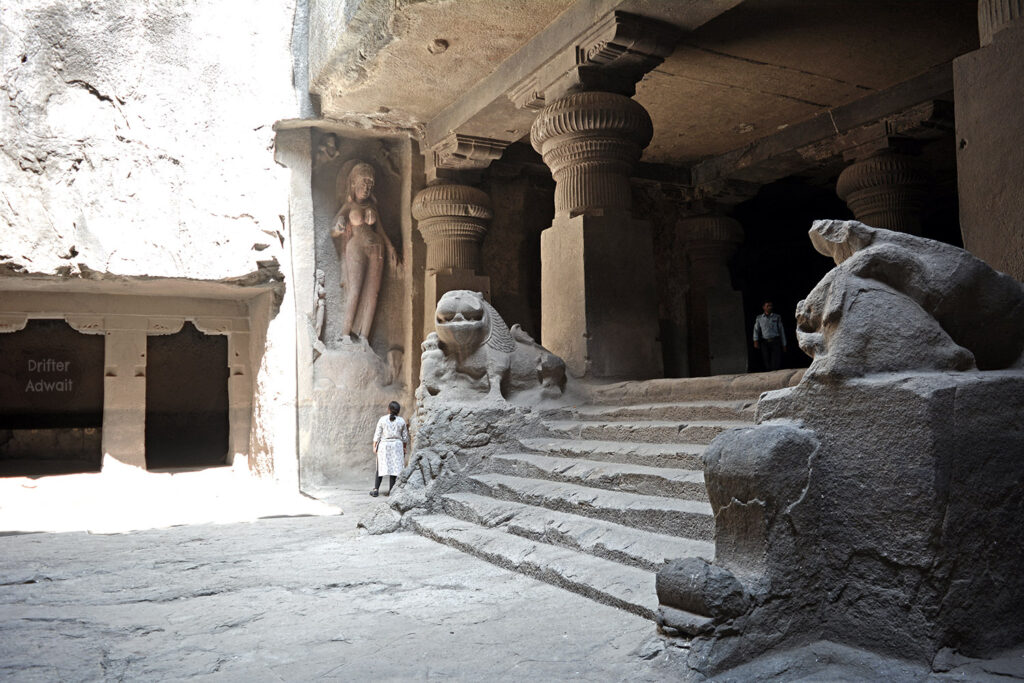
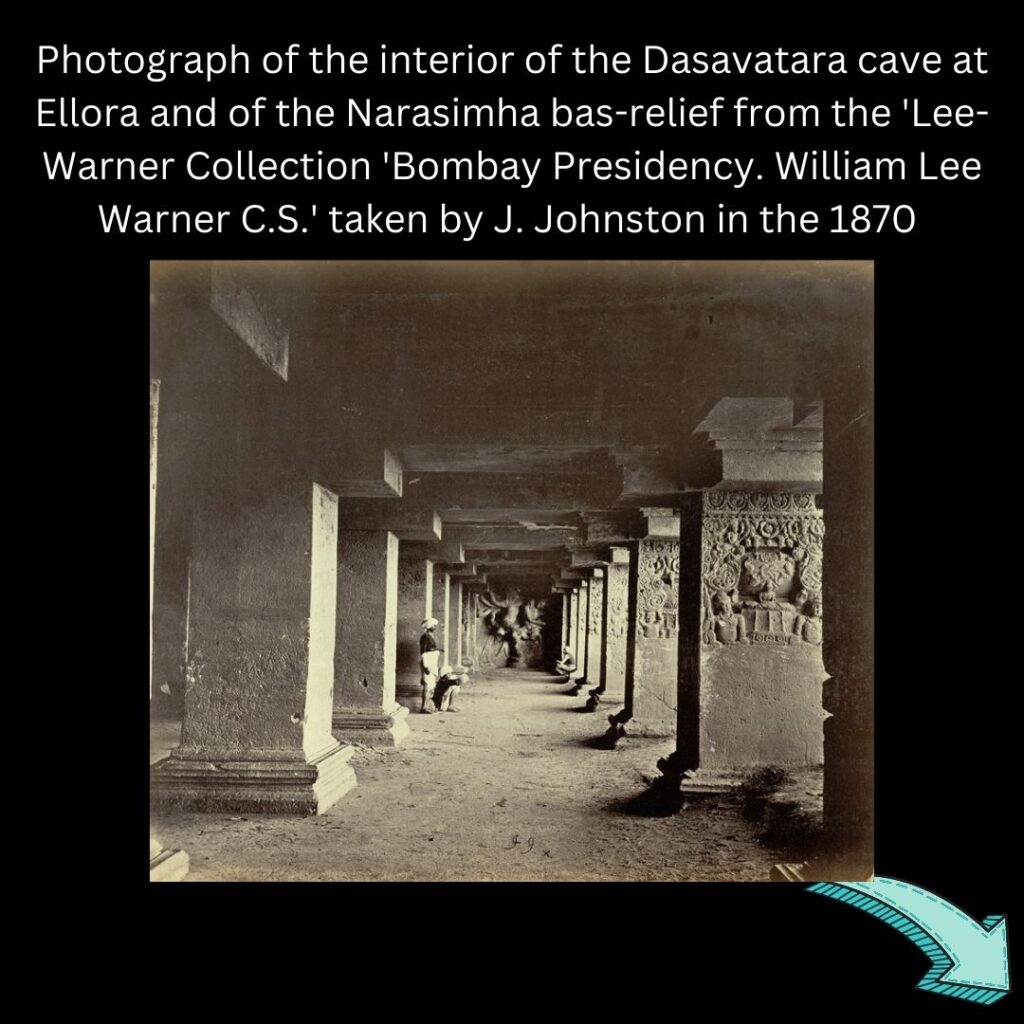

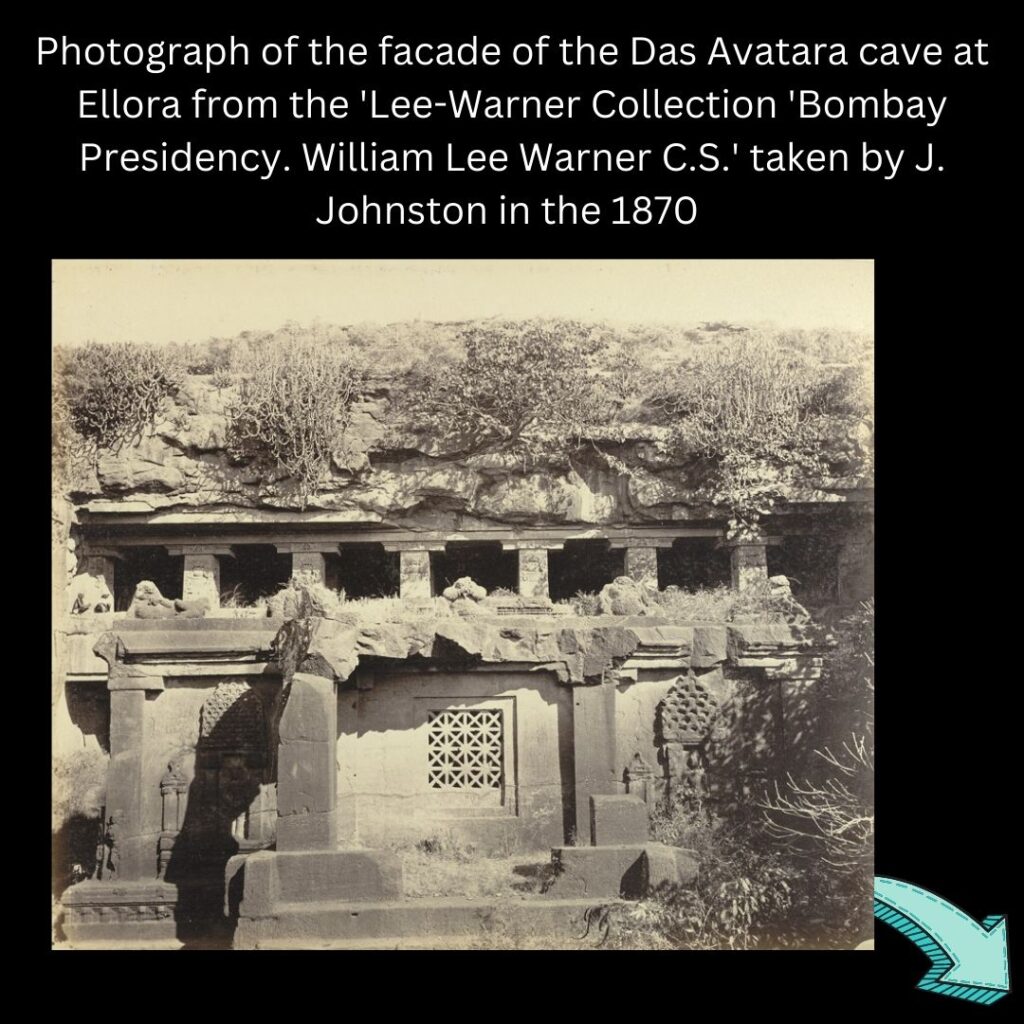
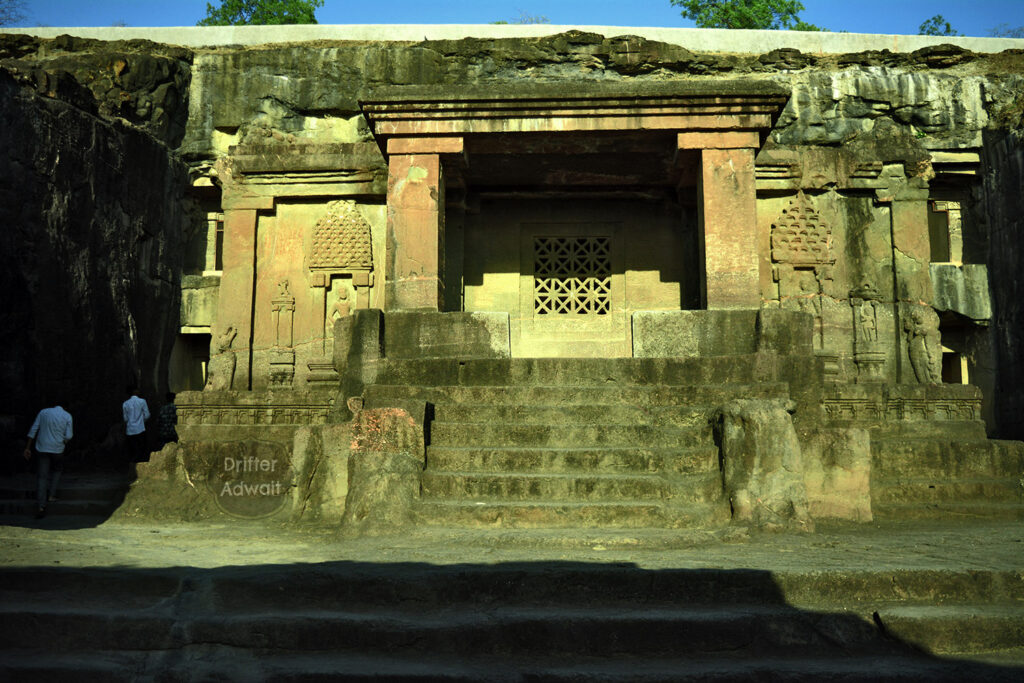
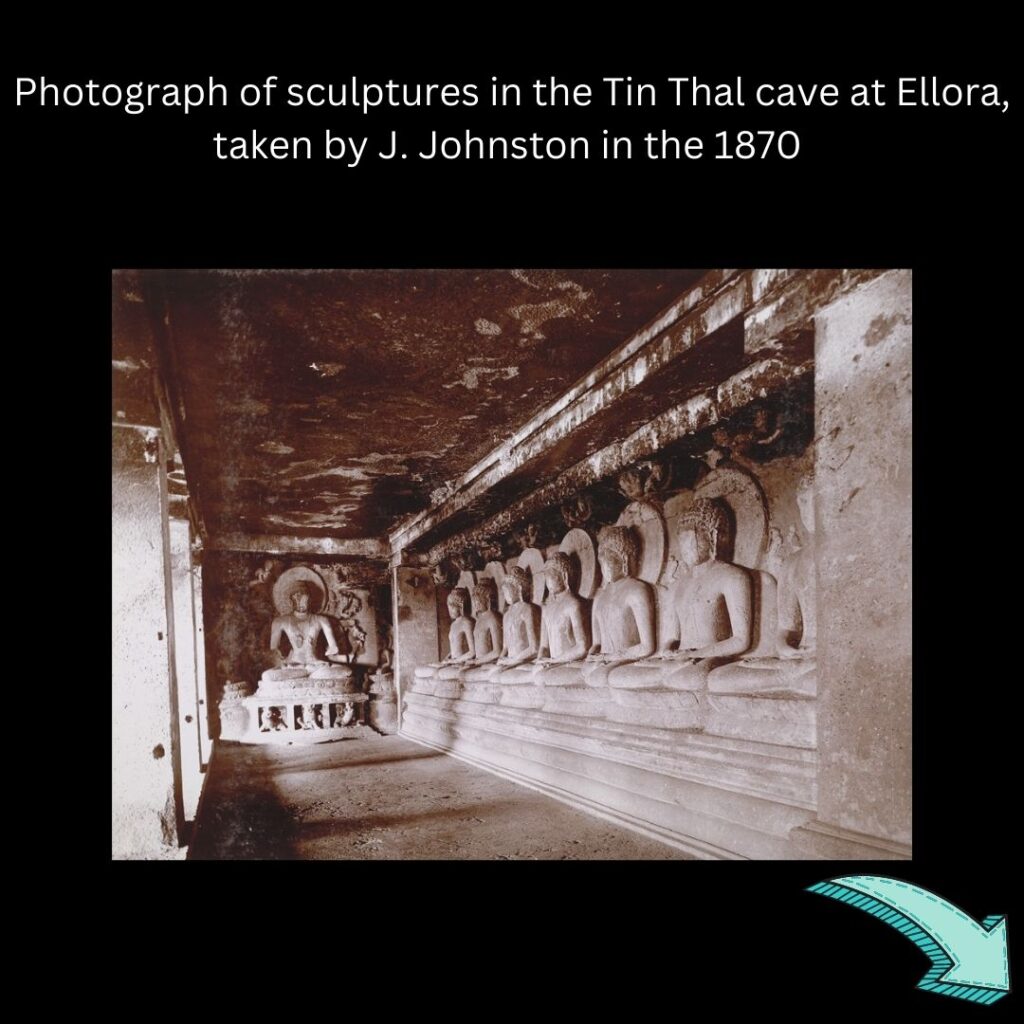
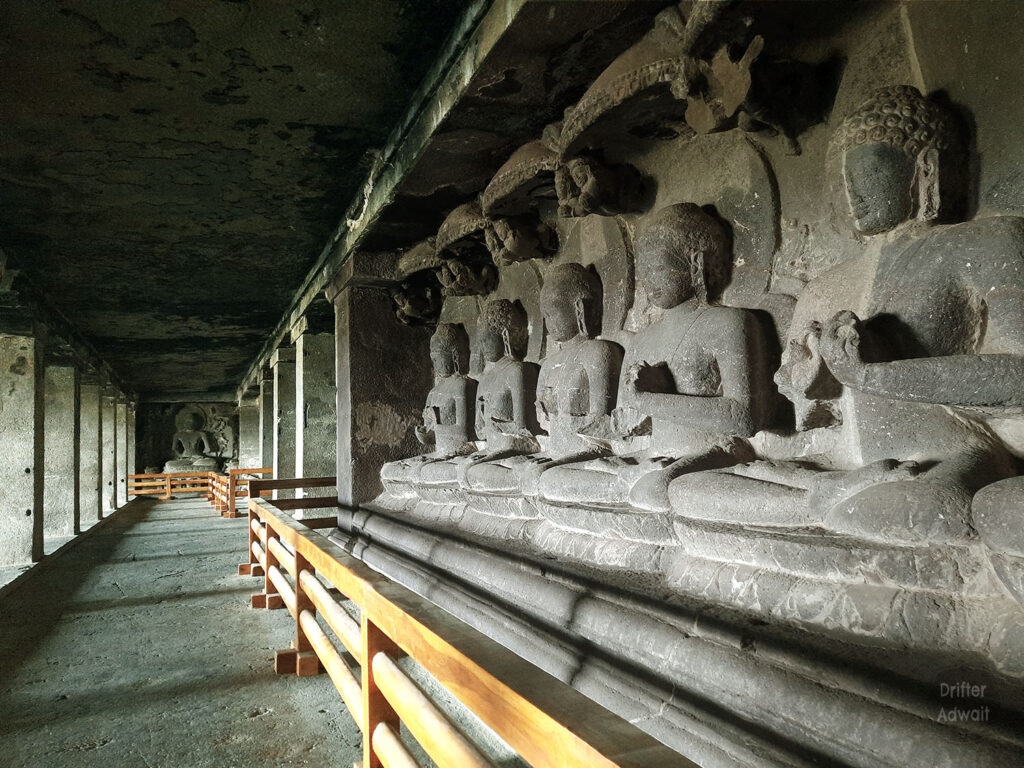
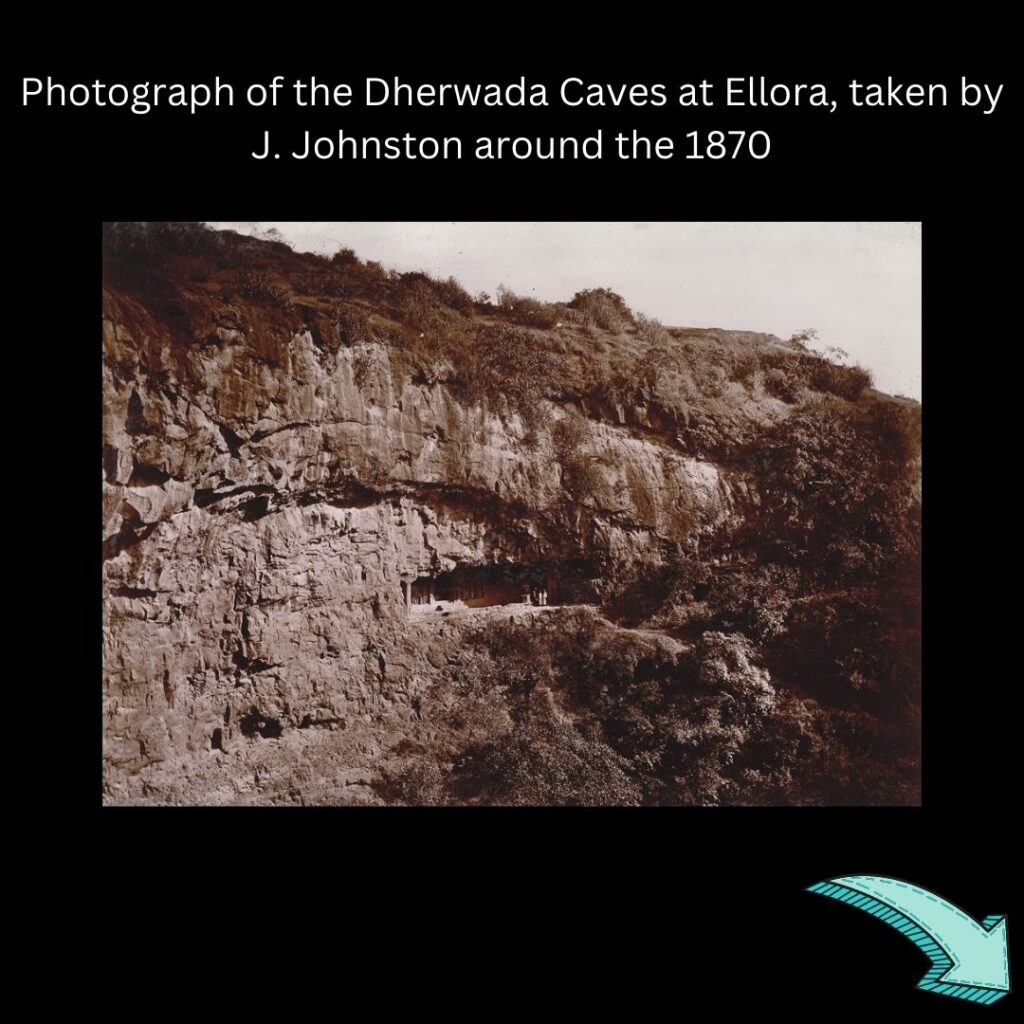
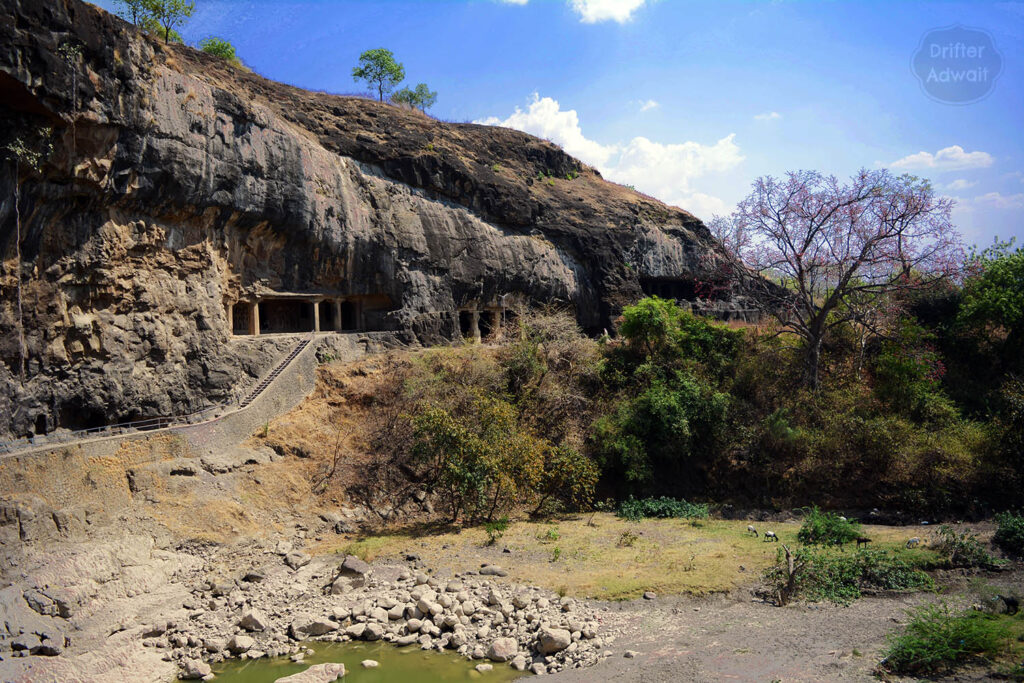
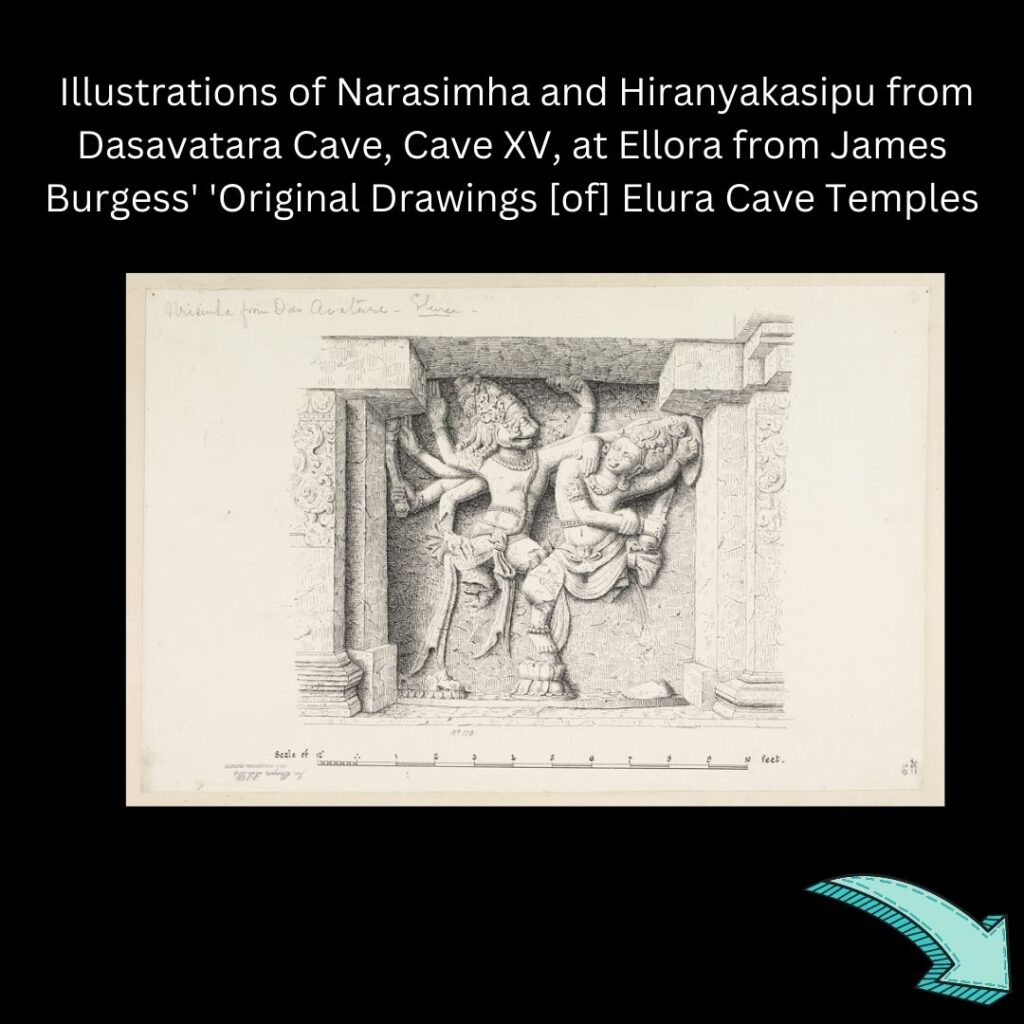


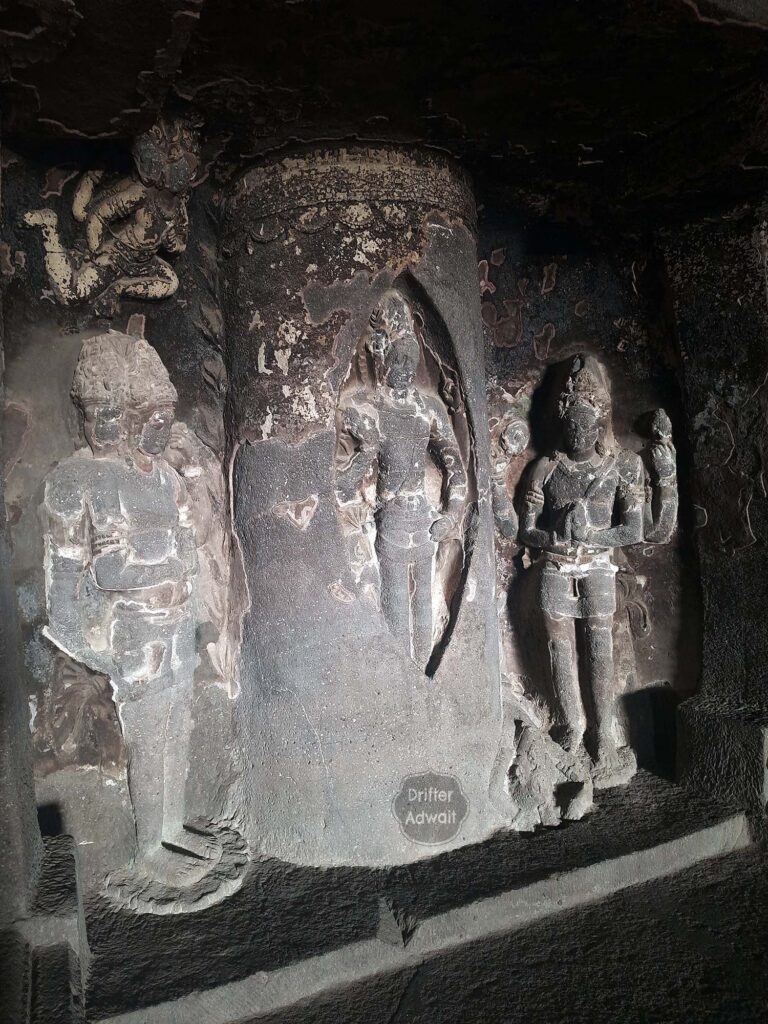
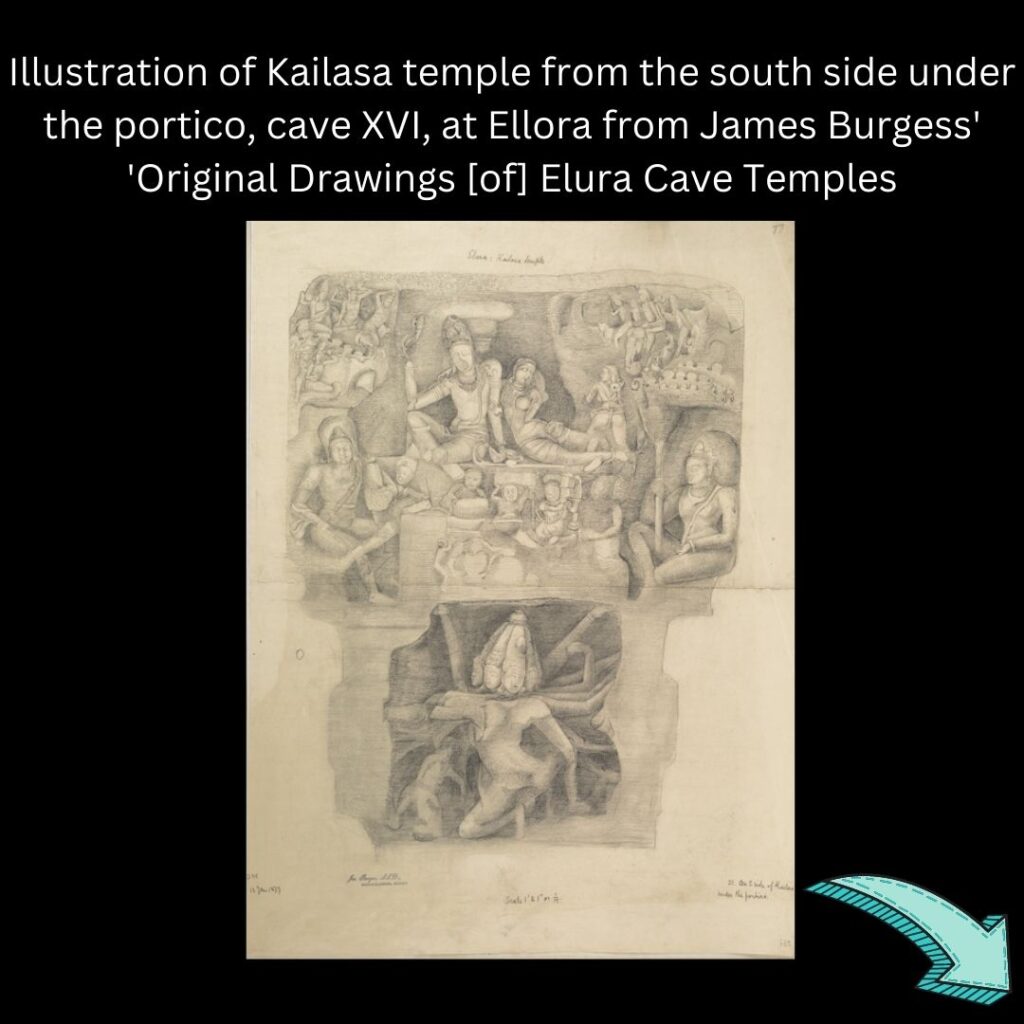
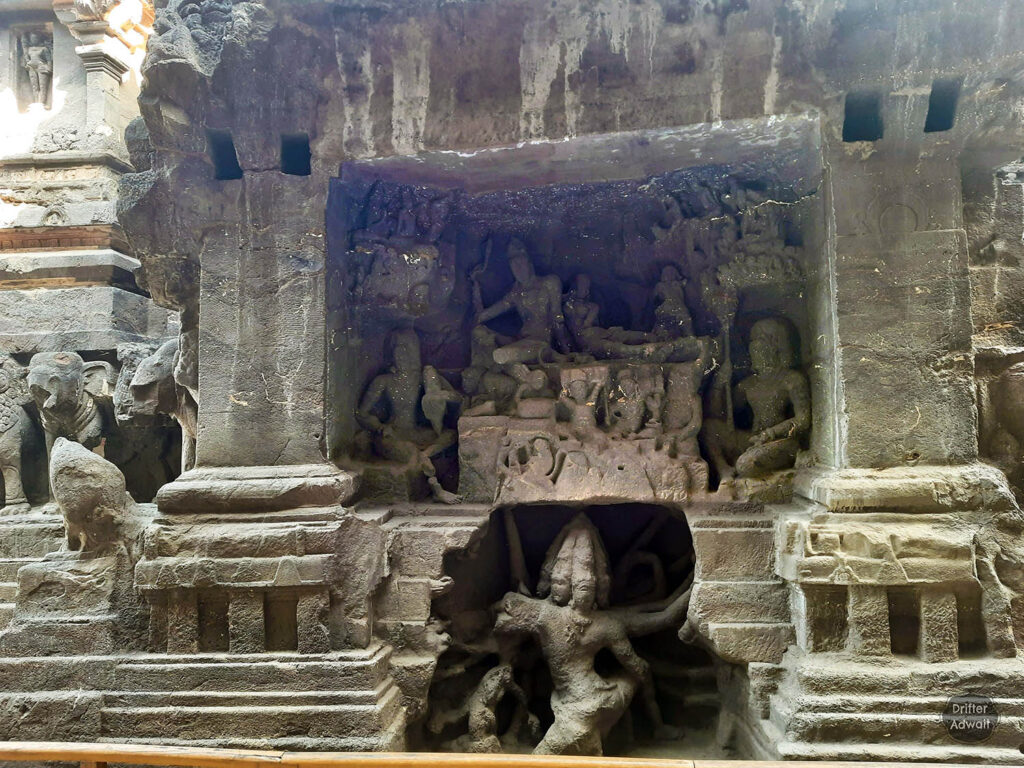
Photographers and Artists:
As we delve into the captivating visual journey of ” Echoes of Ellora: A Journey Through Time,” it is essential to understand the historical context and the remarkable individuals behind the lens who captured the early photographs and paintings of Ellora Caves. These pioneering photographers and artists played a crucial role in documenting and preserving the timeless beauty of this ancient marvel.
In this era of exploration, a few intrepid photographers and artists set out on their own odyssey to capture the essence of Ellora Caves through their lenses and brushes. They faced arduous journeys, battled harsh climatic conditions, and endured the limitations of early photographic equipment, all in the pursuit of preserving the grandeur of Ellora for future generations. Few notable legends are given bellow.
Photographers:
Lala Deen Dayal
Lala Deen Dayal was a visionary trailblazer who defied convention, not only by excelling in the field of photography but also by paving the way for engineers to pursue photography as a remarkable career choice. He began his artistic journey around 1864. He captured the Governor General’s tour in 1865 and later joined government service. His notable works include photographing the Prince and Princess of Wales’ tour in 1875-1876 and exploring ancient architecture with Sir Lepel Griffin in the early 1880s. In 1885, he became the Viceroy’s official photographer and retired in 1886 to establish “Raja Deen Dayal & Sons” in Hyderabad, where he was honored as “raja.” Dayal’s legacy lies in his captivating photographs that reveal India’s architectural wonders.
Henry Cousens
Henry Cousens, a Scottish archaeologist, dedicated two decades to exploring ancient sites in British India. Joining the Archeological Survey of India in 1881, he rose to become Superintendent until his retirement in 1910. Despite challenges, he fearlessly surveyed ruins, caves, temples, and diverse architectural marvels, leaving an enduring legacy of exploration. His work uncovered a treasure trove of knowledge about Buddhist, Hindu, Jaina, Islamic, and medieval heritage in Western India and Southern Pakistan. Cousens’ passion and dedication left an indelible mark on history.
William Lee Warner
Henry Cousens, a Scottish archaeologist, dedicated two decades to exploring ancient sites in British India. Joining the Archeological Survey of India in 1881, he rose to become Superintendent until his retirement in 1910. Despite challenges, he fearlessly surveyed ruins, caves, temples, and diverse architectural marvels, leaving an enduring legacy of exploration. His work uncovered a treasure trove of knowledge about Buddhist, Hindu, Jaina, Islamic, and medieval heritage in Western India and Southern Pakistan. Cousens’ passion and dedication left an indelible mark on history.
Robert Gill
Major Robert Gill (1804–1879), a valiant army officer and intrepid explorer of British India, possessed a multifaceted talent as an antiquarian, painter, and photographer. However, it is his extraordinary skill as a painter that immortalizes his name in the annals of history. With unwavering determination, Gill embarked on a daring quest to capture the essence of the mesmerizing frescoes adorning the mystical Ajanta Caves. As the first artist to undertake such a feat since their rediscovery in 1819, he meticulously reproduced the intricate Buddhist cave paintings, harkening back to their glorious origins in the 5th century CE.
Elisee Reclus
Jacques Élisée Reclus, the French geographer, was a rebel with a passion for geography. Despite being banished from France due to his political activism, he dedicated 20 years to writing a massive 19-volume work on universal geography. His brilliance couldn’t be denied, as he received the prestigious Gold Medal of the Paris Geographical Society while still in exile. This anarchist communist also dabbled in anti-marriage and nudist movements, making him a truly eccentric character in the world of geography.
Painters:
James Wales
Wales, the portrait artist from Peterhead, Scotland, ventured to London where his work gained recognition by prestigious institutions. In 1791, he set sail for India, painting portraits of notable figures and capturing the beauty of the Elephanta and Ellora Caves. His depictions of the latter were published in a book, while his daughter followed his artistic path and married Sir Charles Malet, 1st Baronet, a distinguished man he met in India. Wales’ artistic journey took him from selling portraits to leaving his artistic mark across continents.
Burgess, James
James Howard Burgess, a talented British artist, excelled as a painter, draughtsman, printmaker, and lithographer. Born in 1817 and passing away in 1890 in Belfast, he left behind a legacy of exceptional artwork. With his skills in illustration and mastery of various mediums, Burgess made a significant impact in the art world during his lifetime.
Daniell, Thomas
Thomas Daniell, the English landscape painter and Orientalist, embarked on a remarkable artistic journey to India accompanied by his nephew, William. With a keen eye for capturing the essence of the country, Daniell spent seven years immersed in its vibrant culture. He not only painted landscapes and floral pieces but also published a series of aquatints depicting India’s mesmerizing scenes. Despite struggling to establish himself as a landscape painter in Britain, Daniell was lured to India by tales of wealth and fame. In 1784, he obtained permission from the East India Company to travel to Calcutta, where he worked as an engraver, while William served as his assistant, creating a dynamic artistic duo.
Grindlay
Captain Robert Melville Grindlay was not only a soldier and banker but also a passionate creator during the late 18th and early 19th centuries. Hailing from London, England, he ventured to the Indian subcontinent as an agent for the East India Company, serving in the Bombay Army. Throughout his time there, Grindlay diligently captured the essence of the region through numerous sketches and drawings, building an extensive collection. Upon his return to England, he not only established the renowned multinational commercial firm Grindlays Bank but also initiated various philanthropic endeavors, showcasing his dedication to both art and societal betterment.
Gangaram Tambat
Gangaram Tamba was a Maratha artist from late 18th century western India was known for his freehand drawings. These drawings, which include a self-portrait, landscapes and animal studies, were part of an album created around 1790-95 for Charles Warre Malet, a member of the Bombay Civil Service. Malet mentioned that Gangaram would accompany James Wales, a renowned artist, to Ellora to assist with temple drawings. Thomas Daniell, who engraved Wales’ drawings, possibly depicted Gangaram in one of the plates. Gangaram’s artistic talents went beyond drawings, as he created models of animals, some of which appeared on the market later on. One notable model was a lion, faithfully capturing its mangy appearance and even including a halter around its neck. While some animals belonged to Malet’s menagerie, Gangaram also drew animals owned by the Peshwa in the zoo, currently known as the Peshwe Park. Malet attributed some of the models to Gangaram through labels he added.
Conclusion: A Timeless Legacy
Echoes of Ellora: A Journey Through Time” takes readers on a captivating visual expedition, comparing before and after photographs of Ellora Caves. The journey through time reveals the transformation and evolution of this architectural marvel, providing profound insights into its historical and cultural significance.
By juxtaposing early photographs and paintings with contemporary images, readers witness the changes that have occurred at Ellora over the centuries. The visual narrative showcases the intricate details, artistic craftsmanship, and architectural styles of the caves, offering a unique perspective on its timeless heritage.
The blog highlights the enduring legacy of Ellora Caves as a remarkable UNESCO World Heritage Site. It emphasizes the importance of preserving and protecting its cultural heritage for future generations. Through the documentation of Ellora’s architectural brilliance and its coexistence of different religious traditions, readers gain a deeper appreciation for the site’s historical and cultural value.
While the artwork done by the artists in the past presents a mesmerizing portrayal of Ellora’s beauty, it ultimately encourages readers to experience it firsthand. The vivid imagery and captivating descriptions inspire readers to visit Ellora, inviting them to immerse themselves in the magnificence of the caves, explore their hidden wonders, and personally connect with India’s rich cultural legacy.
“Echoes of Ellora: A Journey Through Time” is an invitation to embark on a transformative adventure, where the past and present merge, and the legacy of Ellora Caves unfolds before one’s eyes. It serves as a reminder of the profound beauty and historical significance that await those who venture to this extraordinary site, encouraging readers to embark on their own personal journey of discovery and appreciation.
References:

